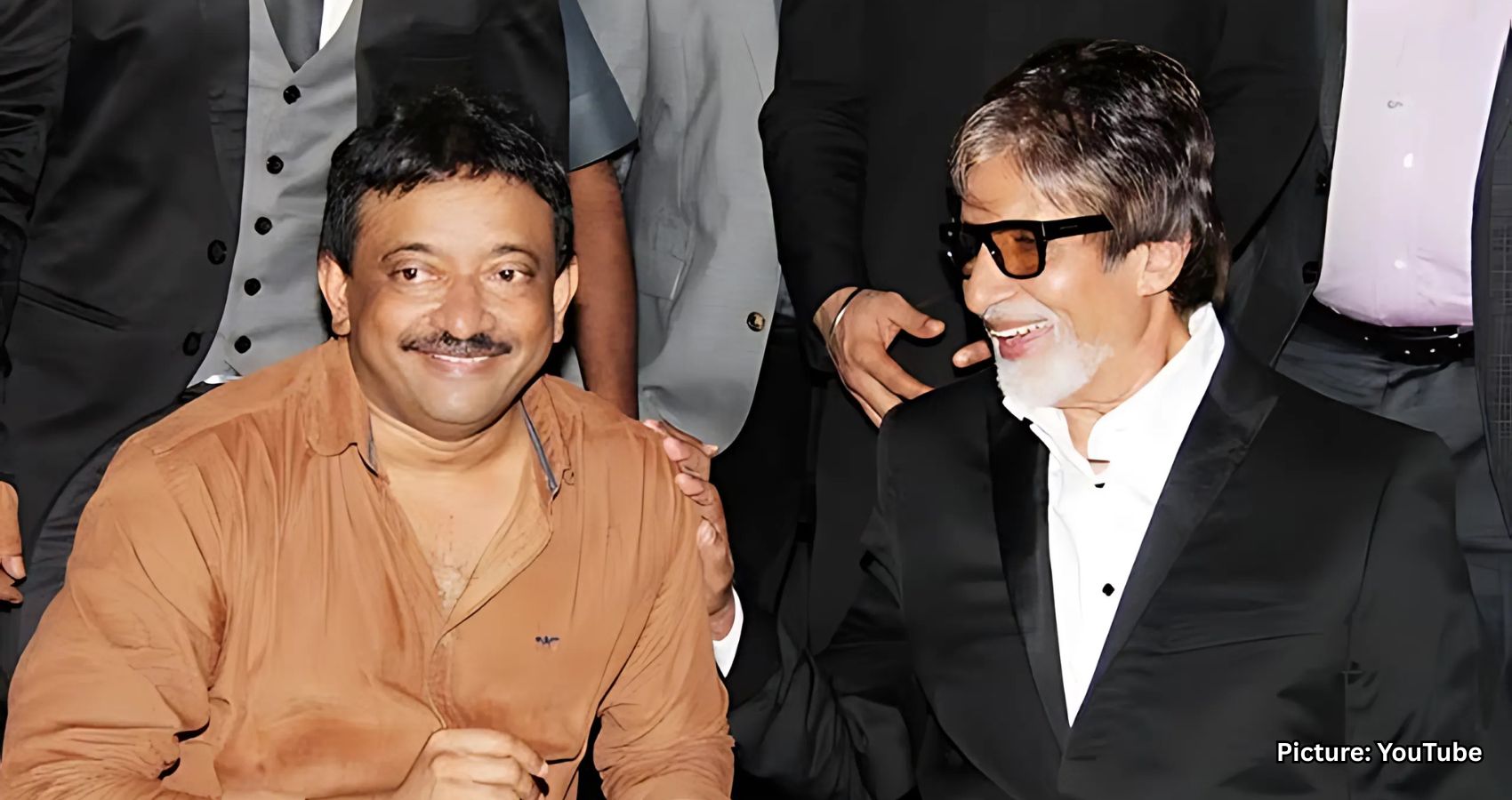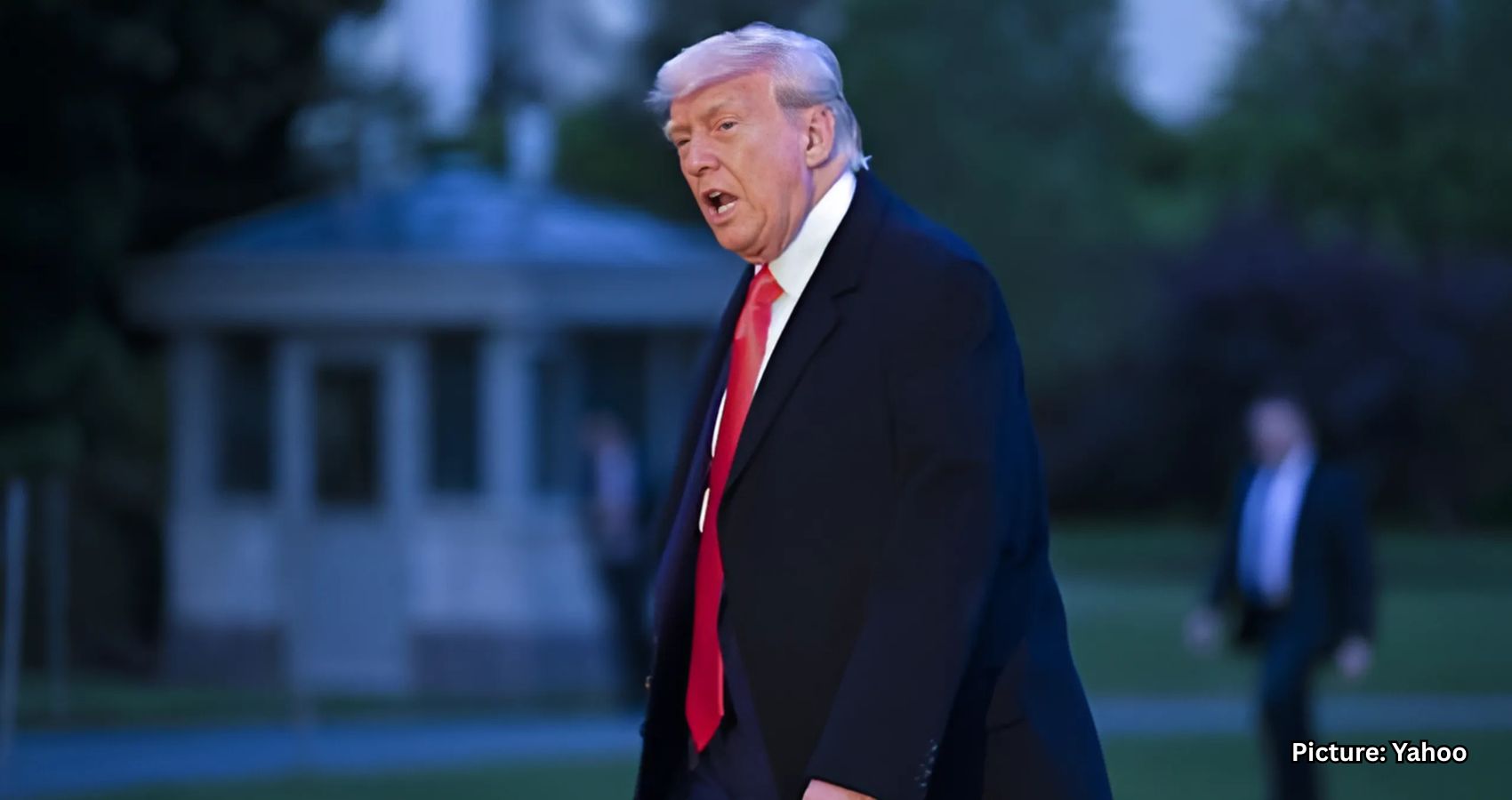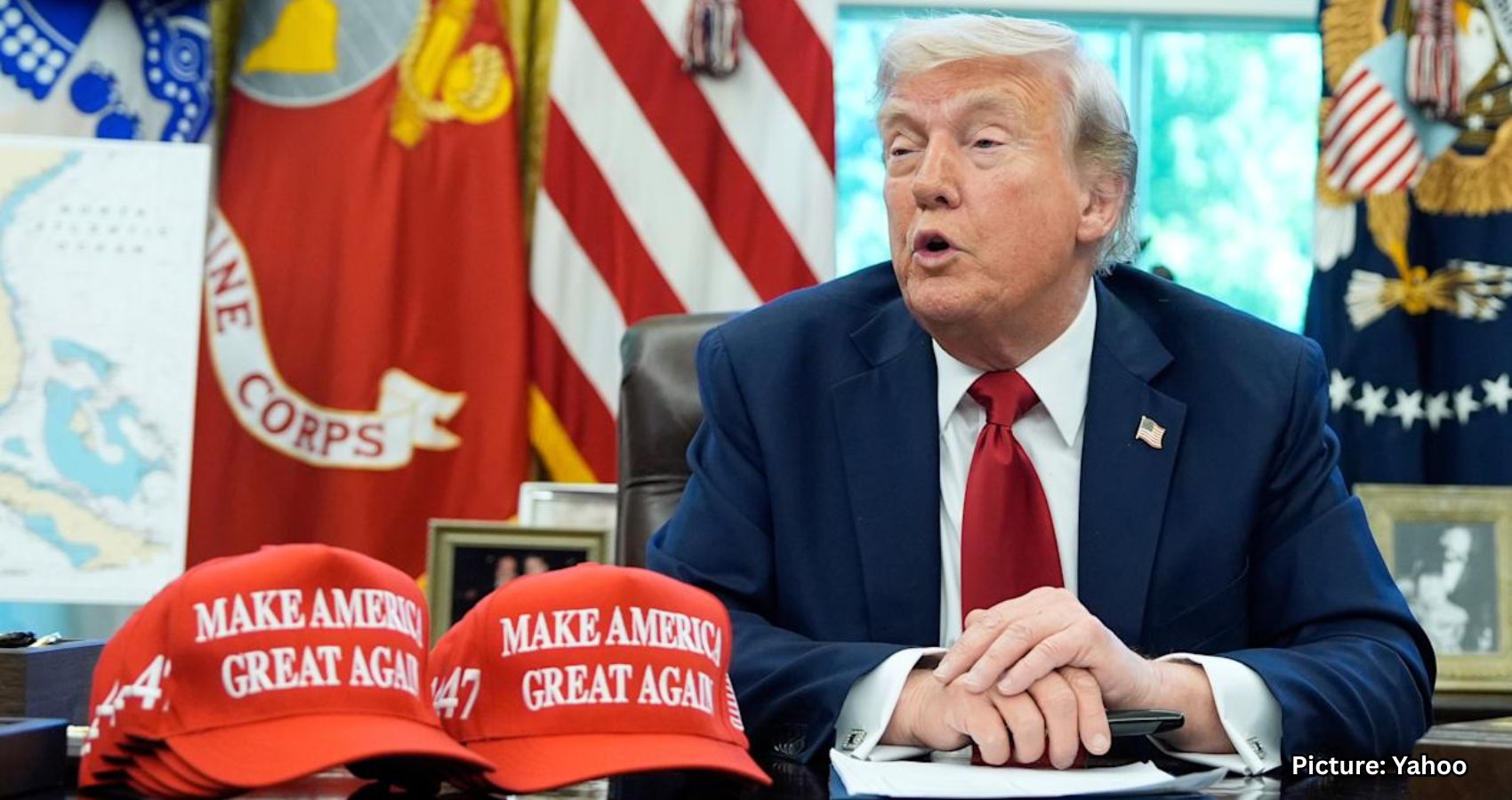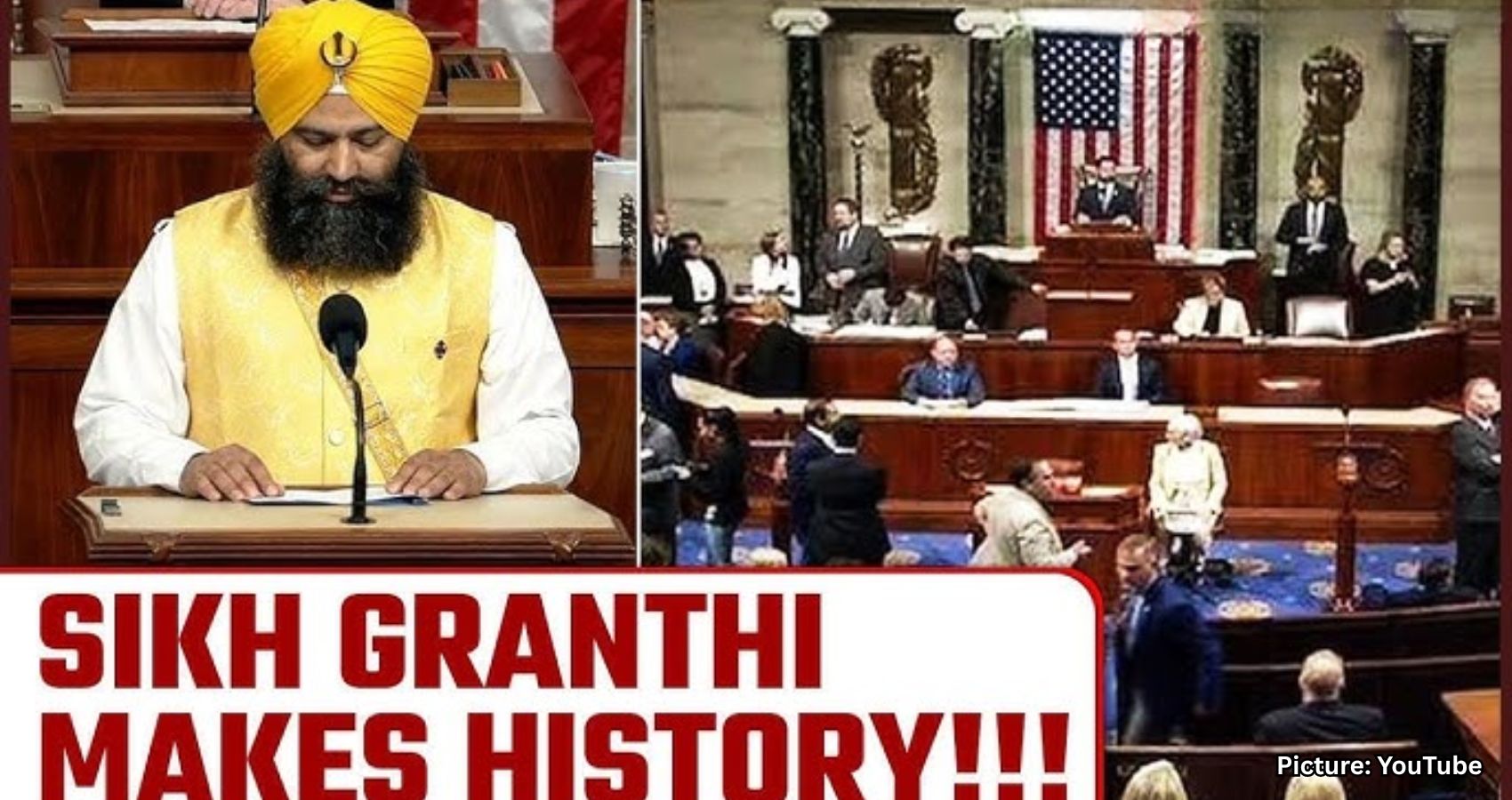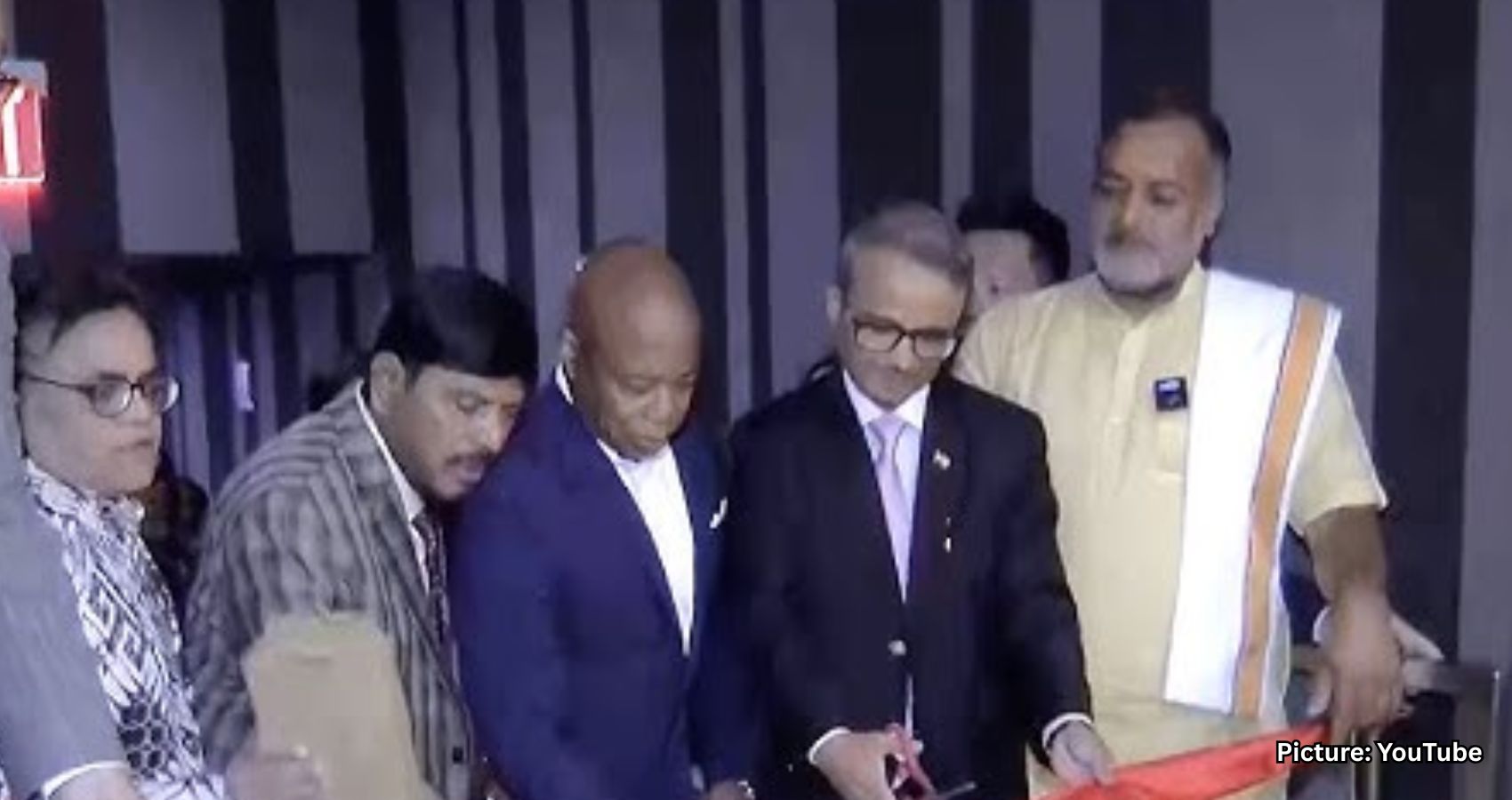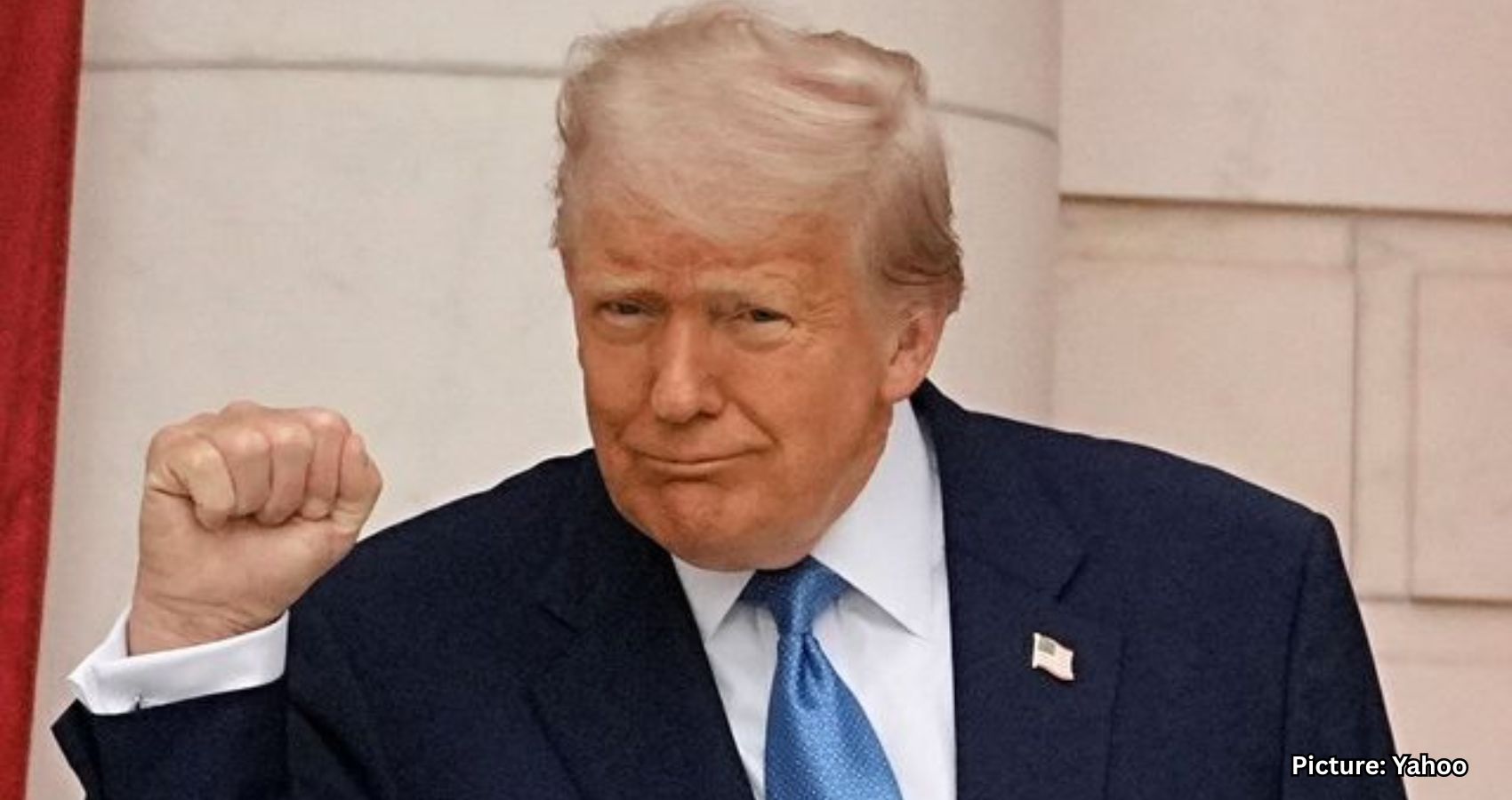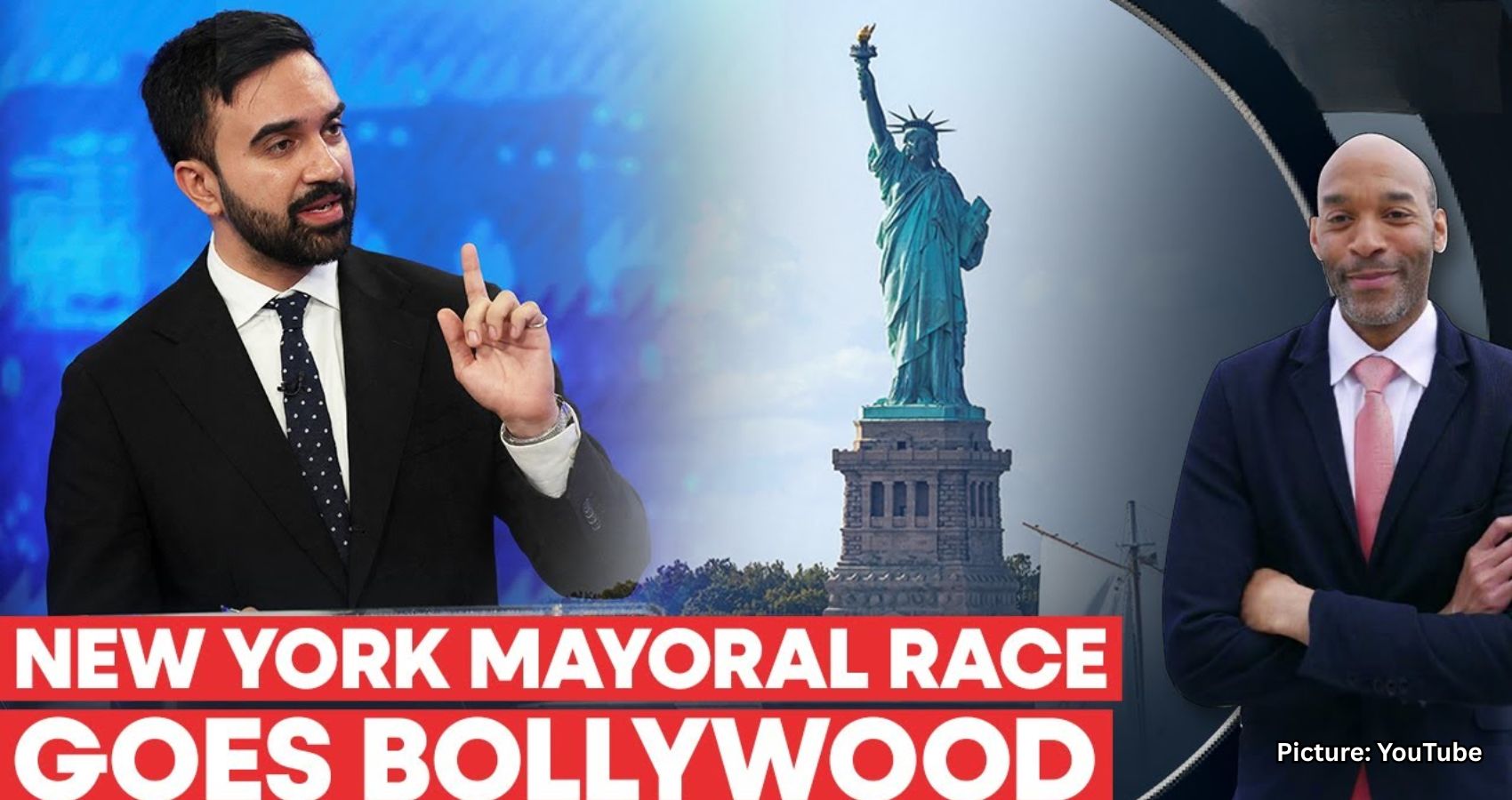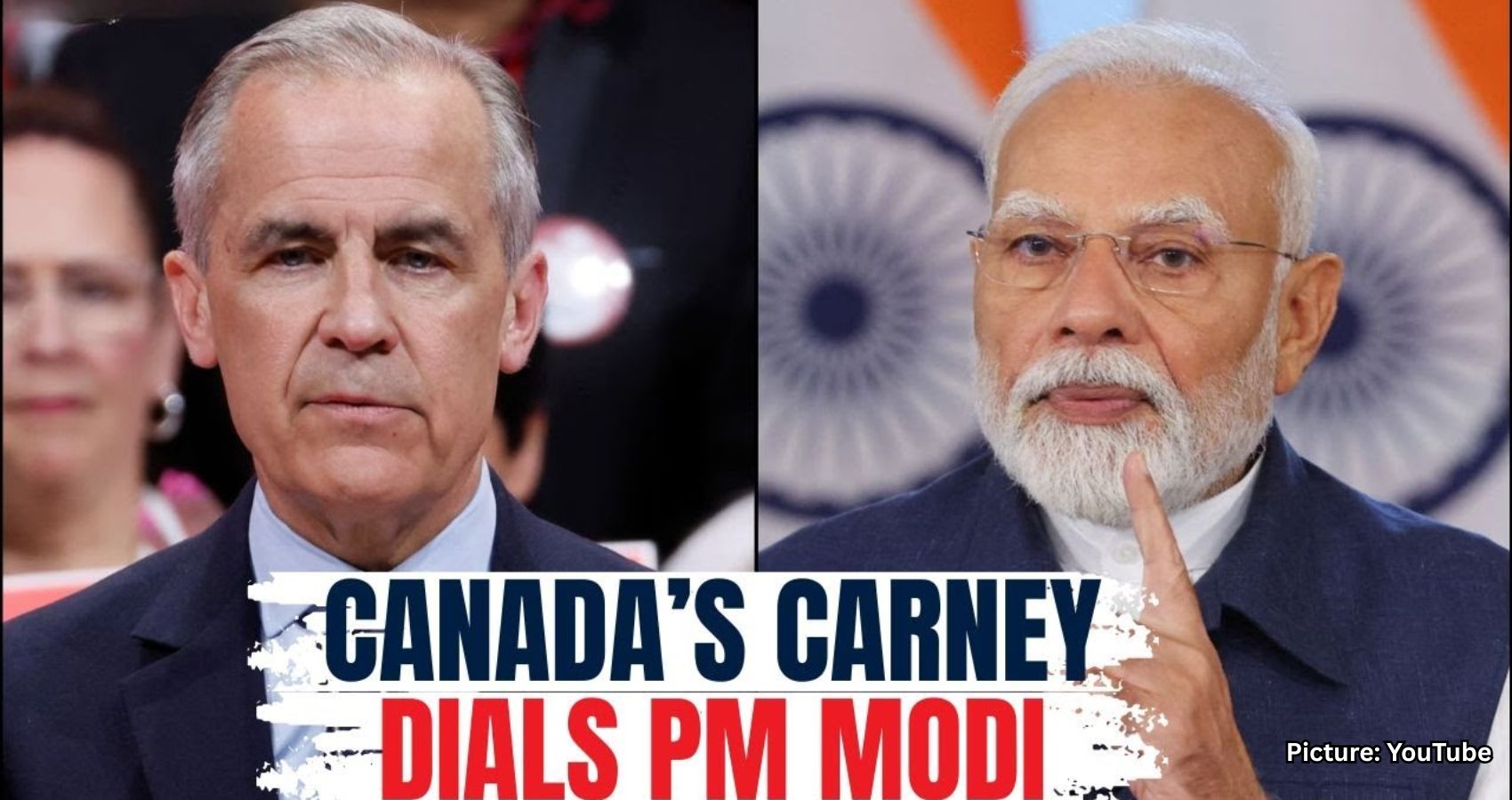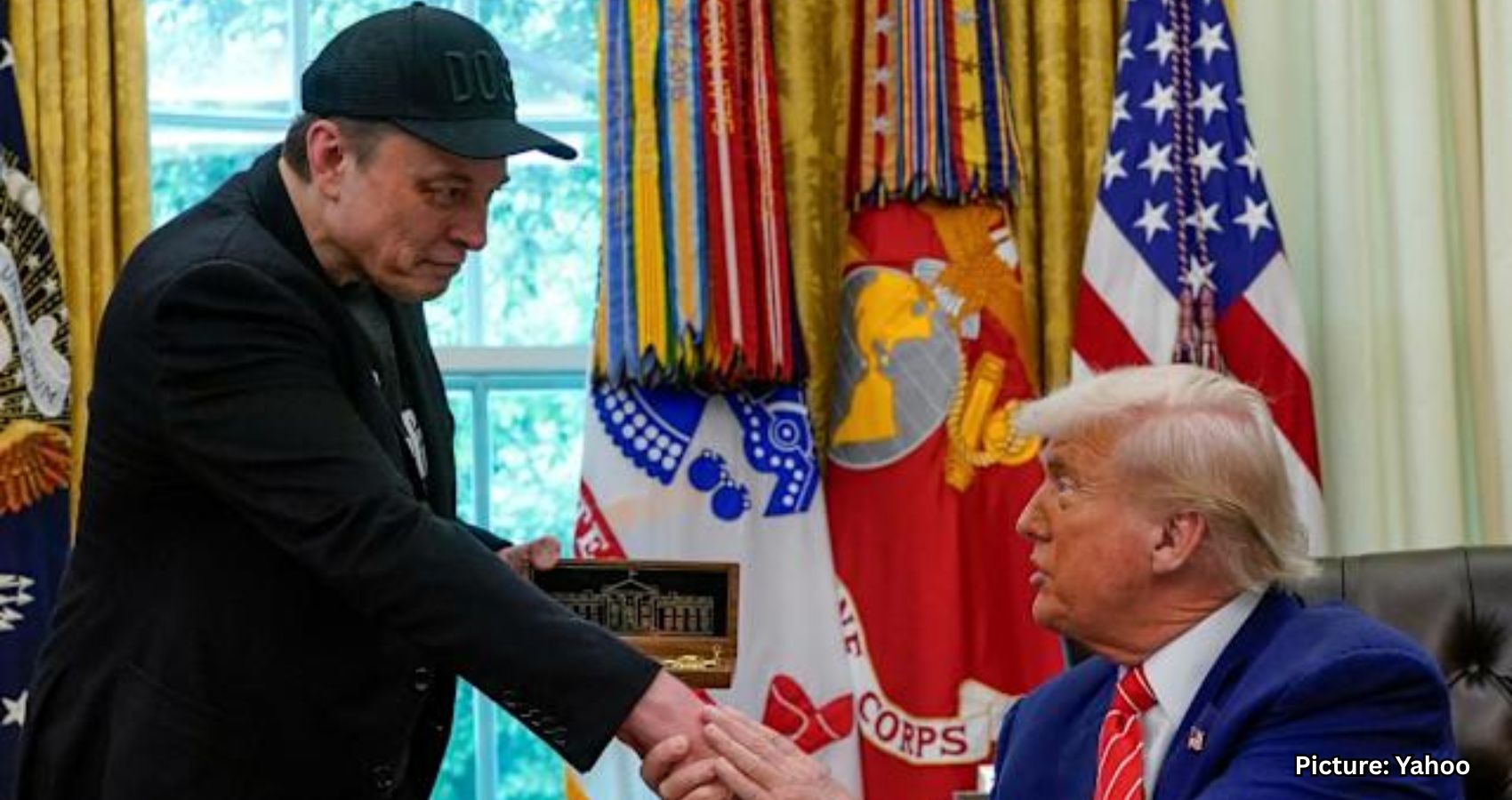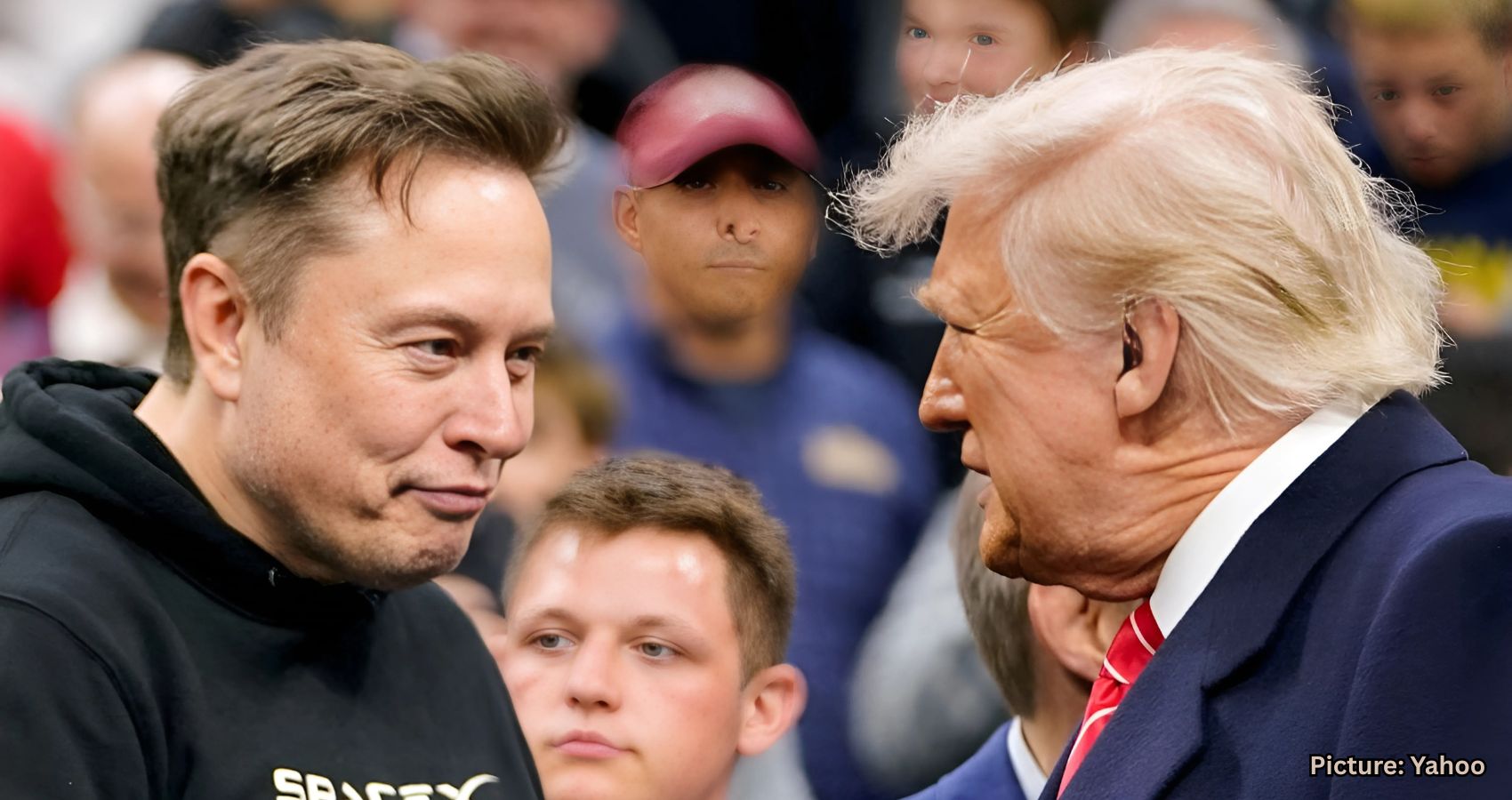Traveling is often a chance to collect souvenirs, make lasting memories, and return with a refreshed view of the world. Unfortunately, it can also lead to coming home with a cold, an upset stomach, or other health issues. Falling ill during or after a trip is not uncommon, but according to health experts, it’s not something travelers are helpless against.
“You can assume that travel will increase the risk of getting sick, and none of us wants to get sick while traveling,” said Dr. Henry M. Wu, associate professor at Emory University School of Medicine and director of the Emory TravelWell Center. “It makes sense to take extra precautions we don’t do on a daily basis.”
To help others stay healthy, Wu and several other medical professionals shared the strategies they consistently follow to minimize the risk of illness during travel.
One critical step is wearing masks in airports and airplanes, where proximity to others and shared air makes exposure to airborne germs more likely. “Although COVID is no longer as large of an issue as it was, given that I am in close quarters with the same circulating air on an airplane, I still wear a mask on all flights and in the airport,” said Dr. Barbara Bawer, a family medicine physician at The Ohio State University Wexner Medical Center. She advised bringing extra masks in case one gets damaged. Dr. Sarah Battistich of NYU Langone Health recalled, “I still lament the time I sat on an overnight train in France across from a couple that coughed and sneezed the entire trip — only to get a horrible cold a day later and miss the 48-hour French countryside wedding extravaganza I had traveled so far to attend.” She now wears masks routinely in transit, regardless of whether others are visibly sick. Dr. Heather Viola from Mount Sinai also noted, “The mask will keep you from touching your nose and mouth with your hands.”
Frequent handwashing and sanitizing are another vital routine. “First and foremost, I constantly wash my hands, always carrying with me hand sanitizer that contains at least 60% alcohol to prevent the spread of germs,” Viola explained. She uses disinfectant wipes provided by airlines to clean surfaces like tray tables and armrests. Battistich echoed this and added that she plays a game with her daughter to avoid touching surfaces in public restrooms.
Staying hydrated is especially crucial during long flights. “If I’m taking a long flight, try to start out well hydrated and avoid alcohol on the plane,” Battistich said. Viola adds electrolytes or vitamin-enhanced drinks to her travel kit to fight off dehydration and prevent nausea.
Many doctors also boost their immune systems before flying. Viola takes vitamin C tablets and uses nasal sprays to maintain moisture in her nasal passages, which helps the body flush out airborne microbes. “The plane cabin is dry, and microorganisms are free to circulate in the air,” she said. She even applies a thin layer of Neosporin or petroleum jelly in her nostrils to create a barrier against germs.
Another tactic is avoiding peak travel times. “If possible, try to travel during non-peak times, which often is the middle of the week and mid-morning or midday,” Bawer said. Traveling during off-peak hours can reduce exposure to crowds and allow for better rest before and after the flight.
Getting enough rest before, during, and after travel is also essential. “Make sure to get adequate rest before your flight and if able, try to sleep while traveling when appropriate,” said Bawer. She recommended giving yourself time to recover at home before resuming your regular schedule. Battistich finds that travel pillows, earplugs, and eye masks help her get a bit more sleep, even when cabin lights come on too early.
Equally important is not overscheduling one’s trip. “Don’t overschedule your trip to allow time to enjoy yourself and give some flexibility in the itinerary,” Bawer advised. Stress, particularly in unfamiliar environments, can weaken the immune system and increase the likelihood of falling ill.
Maintaining a well-balanced diet also plays a role in keeping the body resilient. “Eat a well-balanced diet leading up to the trip to get your body and immune system ready to fight anything it comes into contact with and on the day of travel as well,” said Bawer. She makes it a point to pack nutritious snacks and a refillable water bottle to avoid relying on unhealthy food when delays or limited options arise.
Staying up-to-date on vaccines and travel medications is another key habit. “I make sure I am up-to-date on vaccines before travel,” Wu said. He mentioned that even a mild case of flu or COVID-19 can ruin a trip. “I suggest travelers check the CDC travel website or see a travel medicine specialist for advice.” Bawer also recommended carrying anti-diarrheal medication when traveling internationally and advised avoiding tap water, salads, and fruits washed in local water. Viola added that when uncertain, she sticks to hot, fully cooked meals.
Sun protection shouldn’t be overlooked. “Wear sunscreen daily,” urged Bawer. A broad-spectrum sunscreen with SPF 30 or higher should be applied and reapplied regularly. “Sunburn and heat-related illnesses are some of the most easily preventable causes of a ruined vacation,” Battistich noted. She also suggested long-sleeve shirts, wide-brimmed hats, and lightweight fabrics like linen for sunny climates.
For nature-heavy trips, insect repellent is a must. “If it’s an outdoorsy trip or I’m going to tropical areas, I make sure to pack bug repellent,” Wu said, noting the risk of infections spread by mosquitoes and ticks. “It isn’t always easy to find these things on the fly, so preparing in advance will eliminate the chance I am caught off guard.”
Finally, packing a personal medical kit can save a trip from being derailed by minor health issues. “I also bring over-the-counter medications that I will have on hand in case I start to feel unwell,” Viola said, listing acetaminophen, ibuprofen, Benadryl, and Pepto-Bismol. Battistich includes ginger packets, anti-nausea bands, aromatherapy sticks, and a basic wound kit with Band-Aids and antifungal cream. “There is evidence that taking Pepto-Bismol tablets before and during travel can help reduce the risk of traveler’s diarrhea,” she added.
Travel may inherently involve exposure to germs and illness, but taking the right preventive steps can drastically reduce your chances of falling sick. As Wu advised, “It makes sense to take extra precautions we don’t do on a daily basis.” With planning and good habits, travelers can focus more on exploring new destinations and less on recovering from illness.



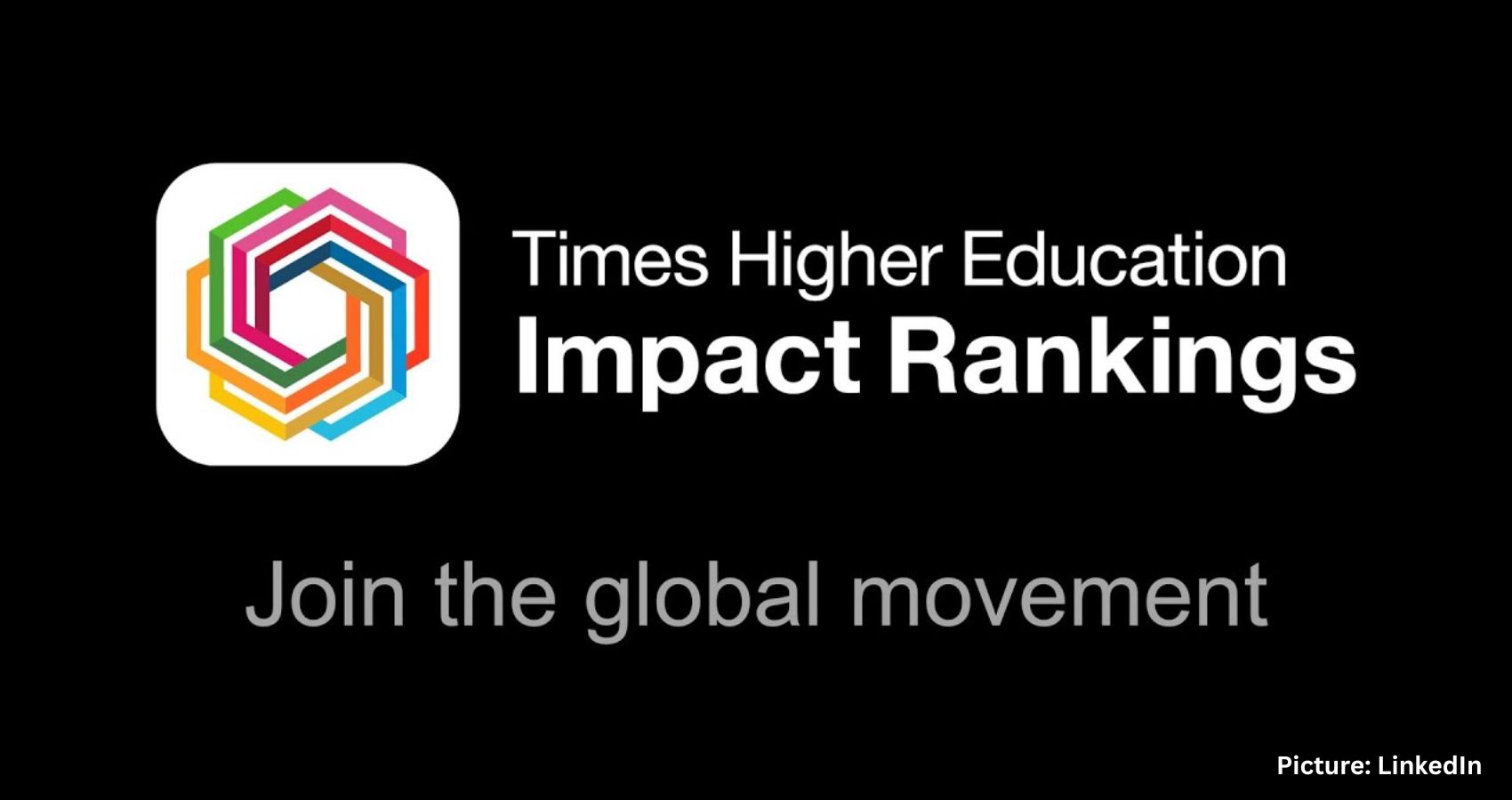

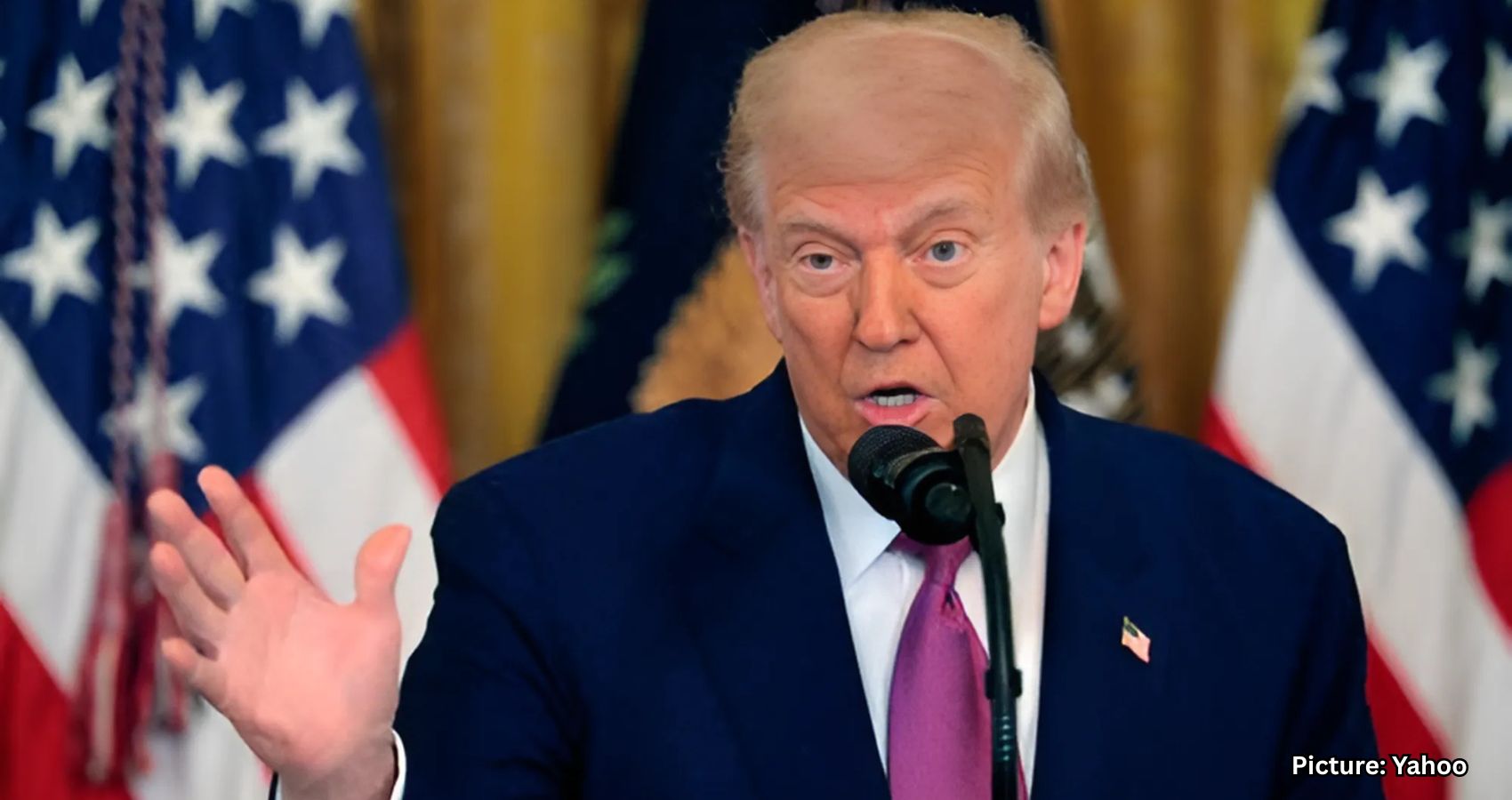


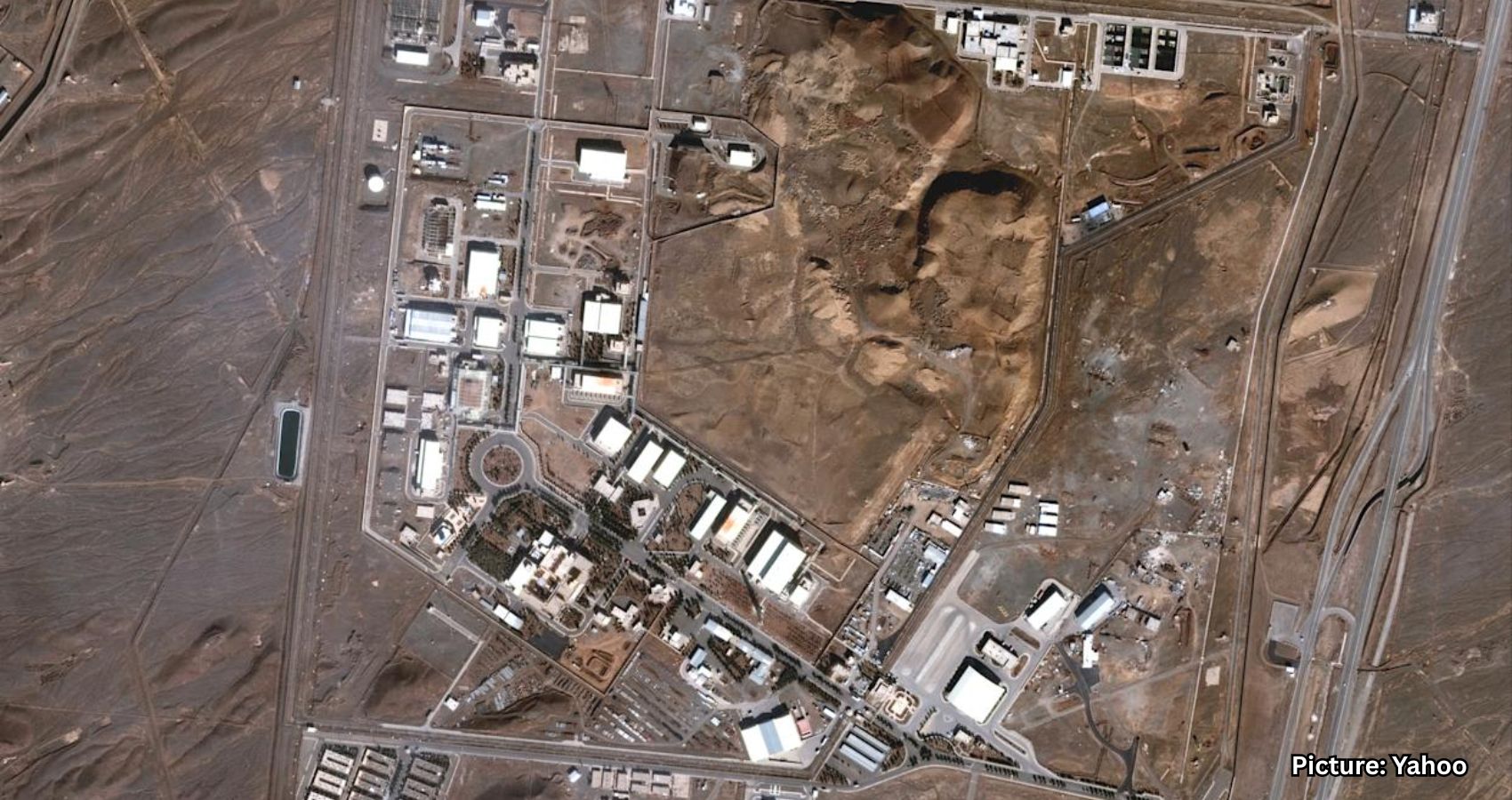

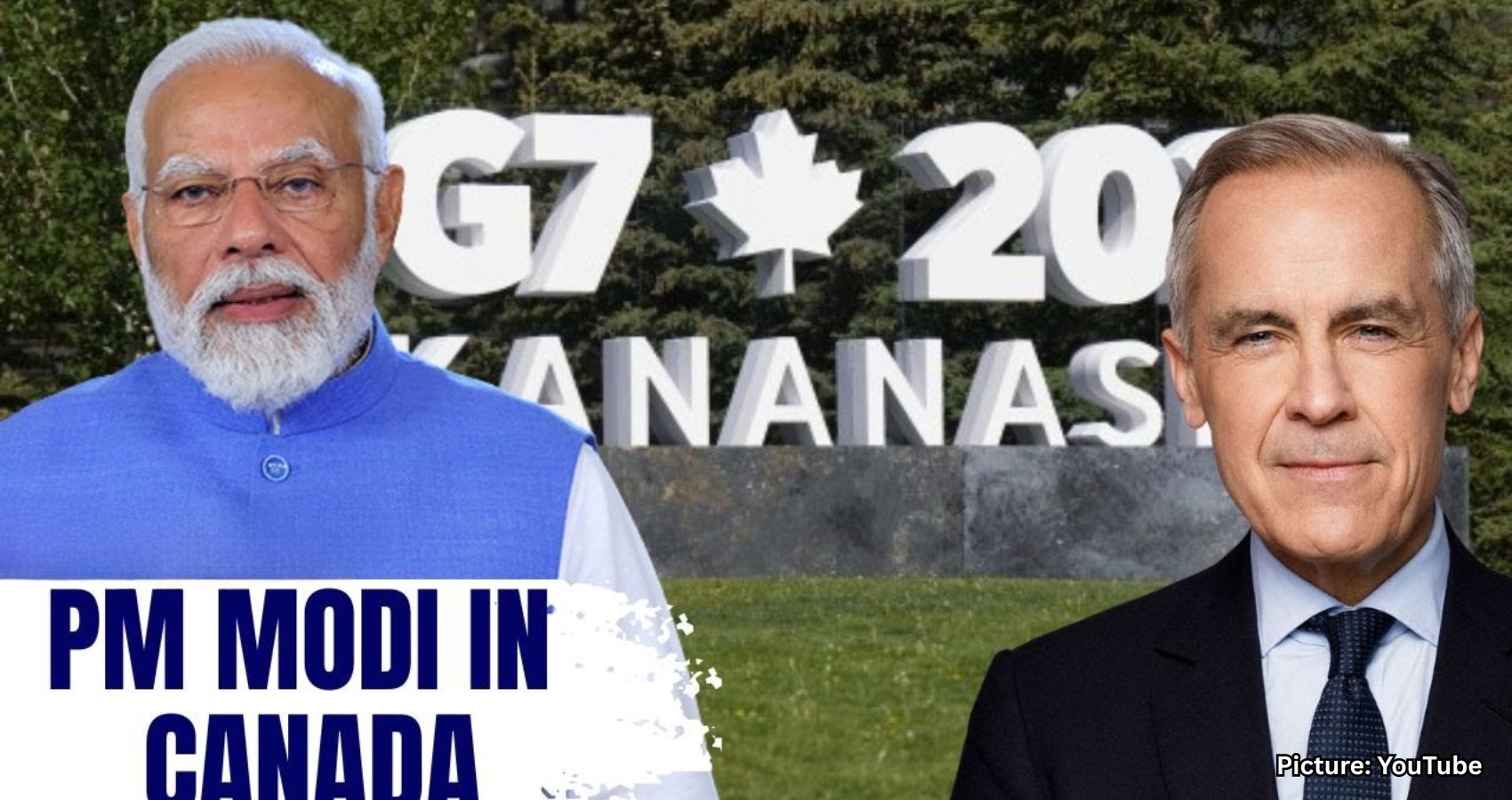
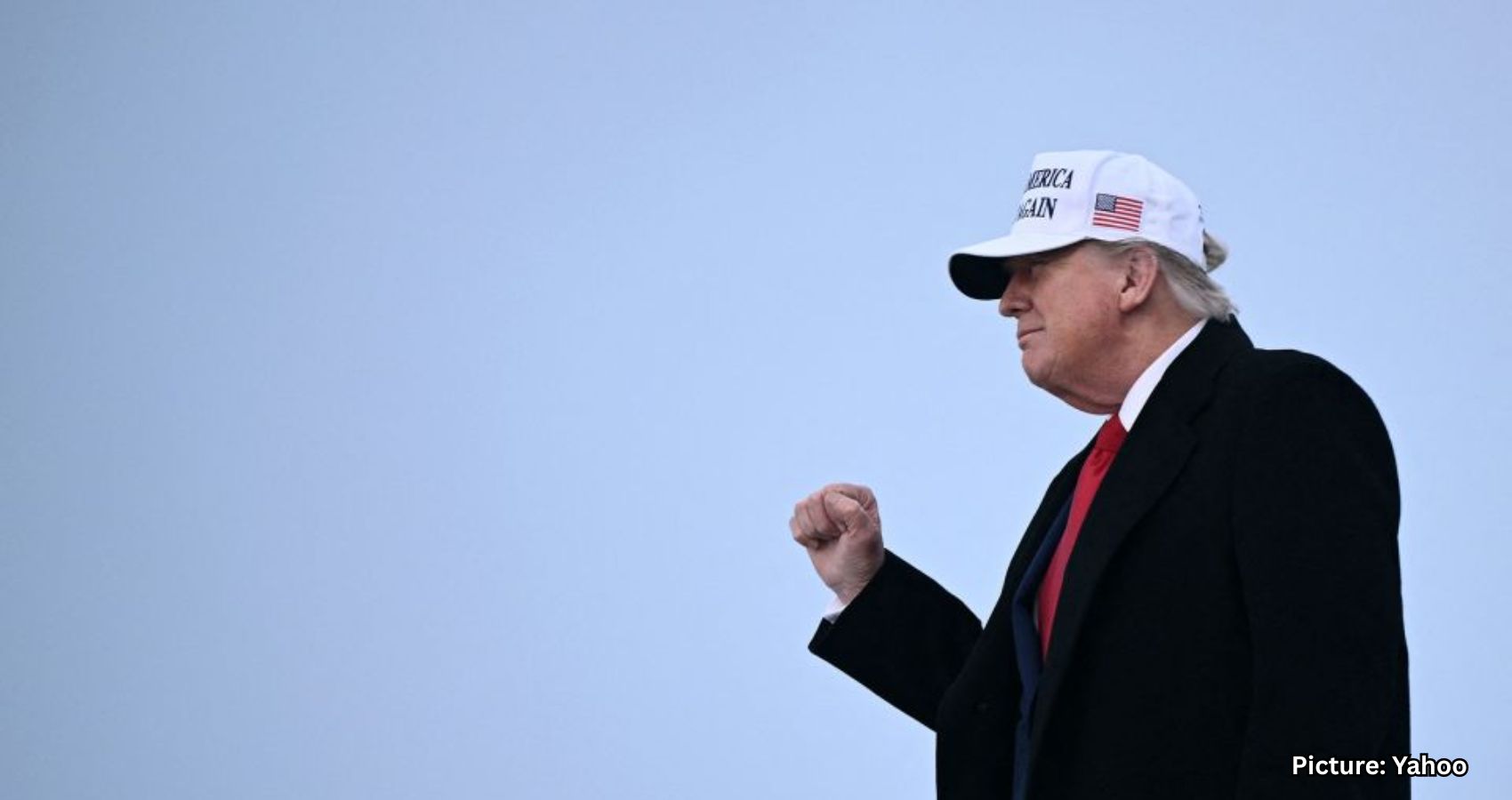
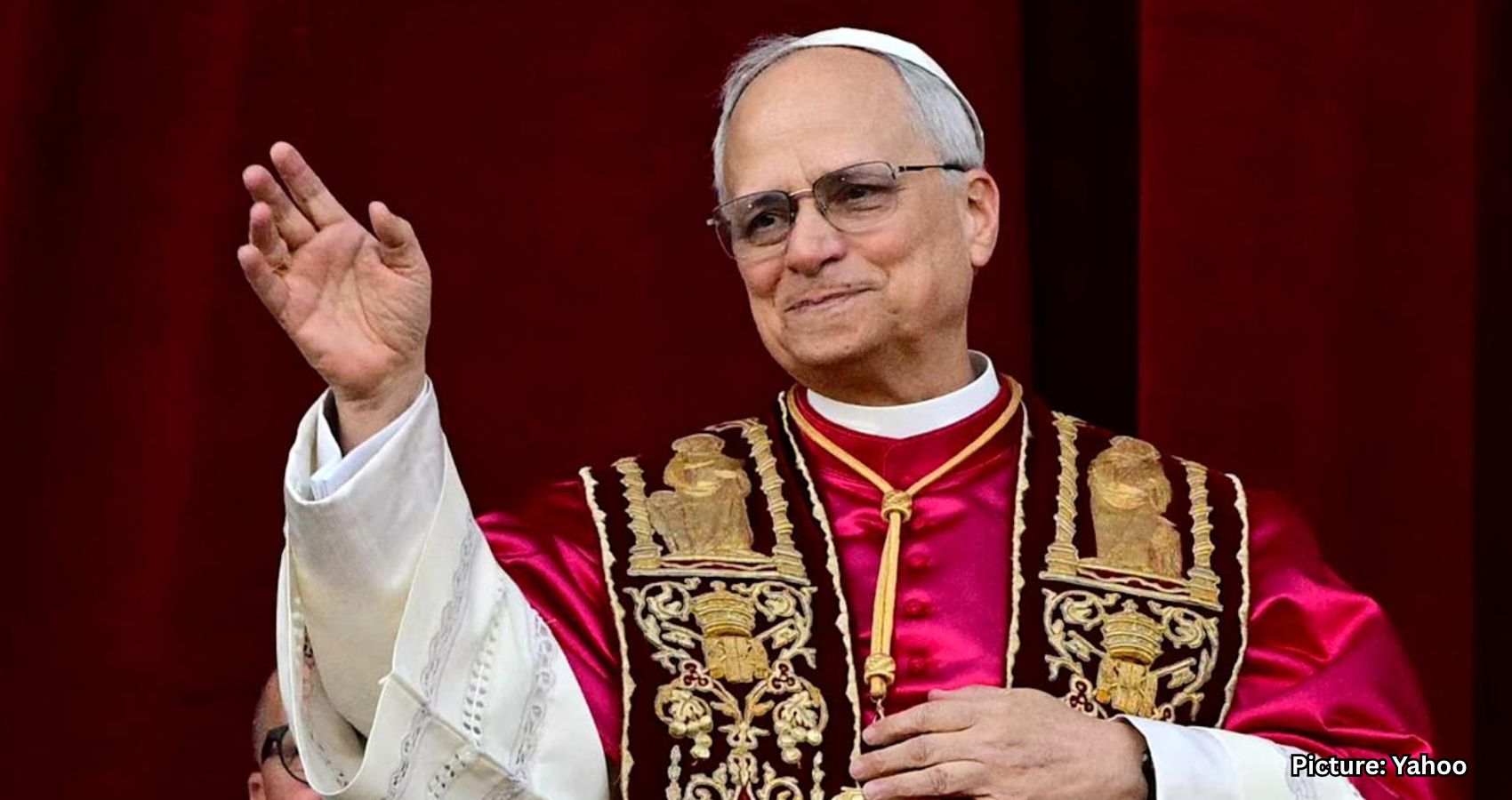
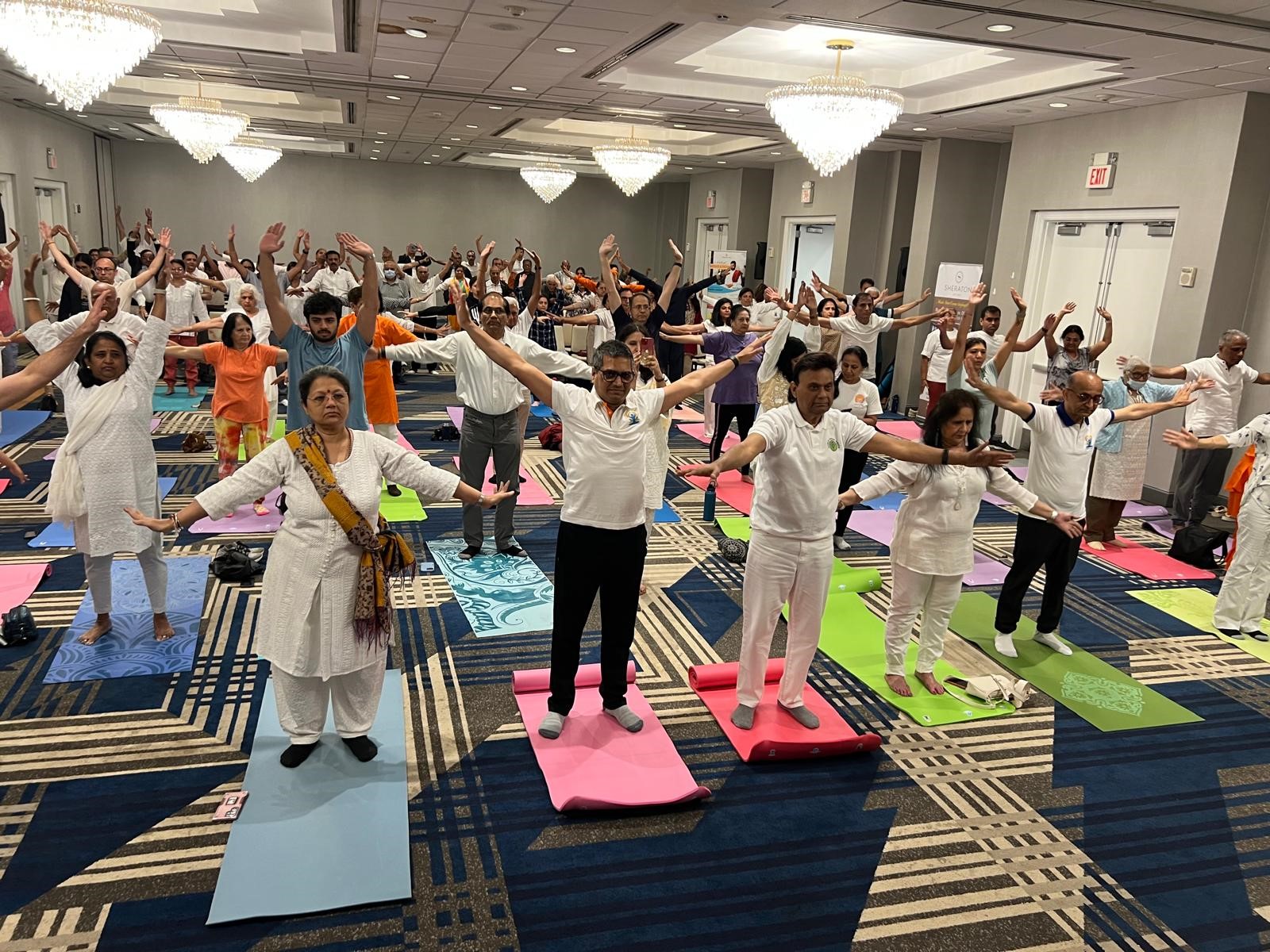
 The Indo American Cultural Association of Edison, under the capable leadership of Nitin Vyas and in partnership with the Consulate of India in New York, held a vibrant International Yoga Day event on June 14 at the Sheraton Hotel in Edison, New Jersey. Despite facing heavy rainfall, the gathering saw an impressive turnout of over 300 yoga enthusiasts, supported by a number of major Indo American organizations. The participants experienced inspiring yoga sessions led by several distinguished instructors.
The Indo American Cultural Association of Edison, under the capable leadership of Nitin Vyas and in partnership with the Consulate of India in New York, held a vibrant International Yoga Day event on June 14 at the Sheraton Hotel in Edison, New Jersey. Despite facing heavy rainfall, the gathering saw an impressive turnout of over 300 yoga enthusiasts, supported by a number of major Indo American organizations. The participants experienced inspiring yoga sessions led by several distinguished instructors.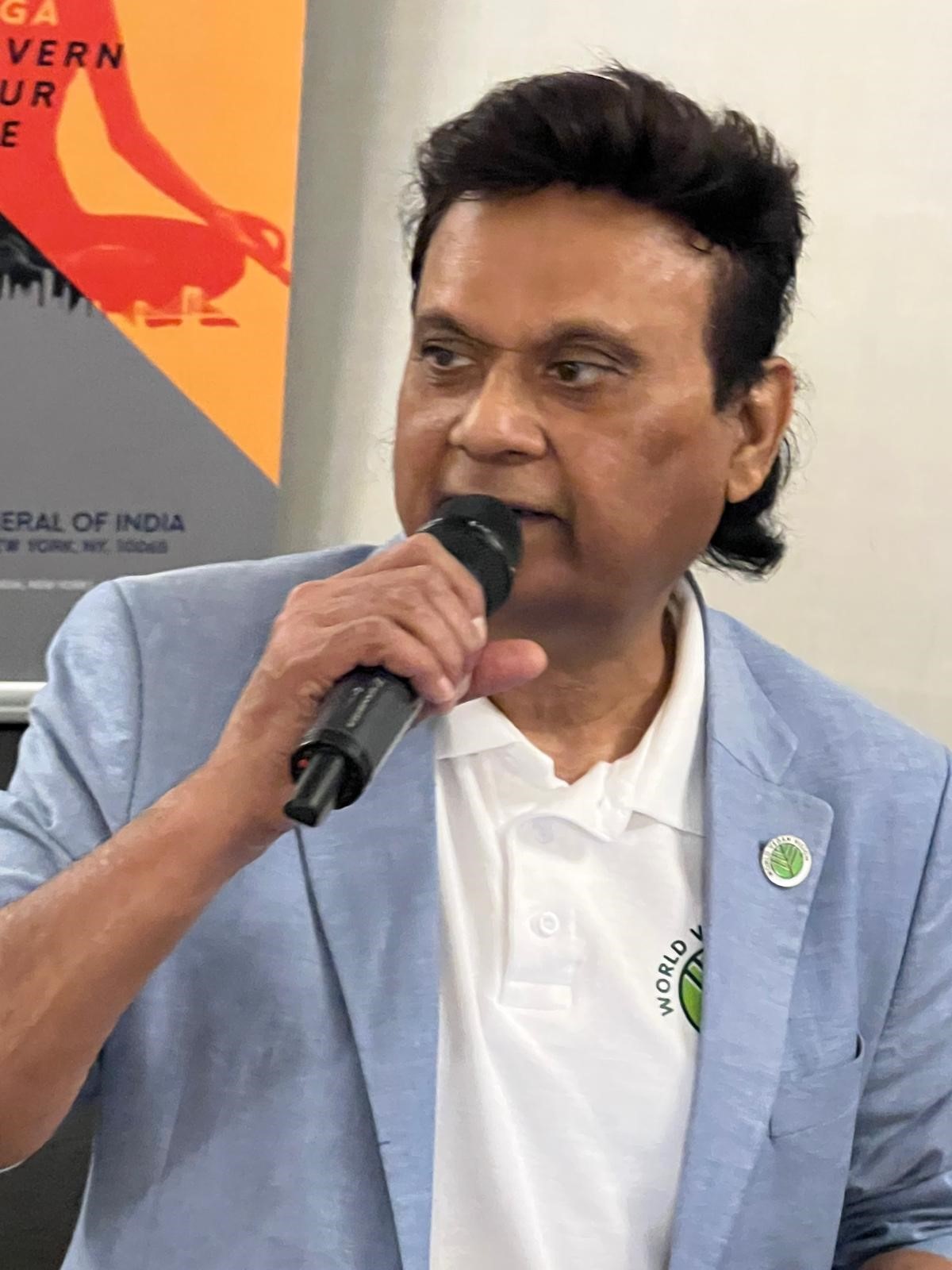 bringing a unique perspective and specialization to the celebration. Among the speakers and instructors was Guru Dileepji, who delivered an inspiring talk that encouraged attendees to embrace the spiritual side of yoga. Mark Becker contributed an insightful discussion that delved into the philosophical roots and benefits of yoga in daily life.
bringing a unique perspective and specialization to the celebration. Among the speakers and instructors was Guru Dileepji, who delivered an inspiring talk that encouraged attendees to embrace the spiritual side of yoga. Mark Becker contributed an insightful discussion that delved into the philosophical roots and benefits of yoga in daily life. Adding to the wholesome theme of the day was a nutritious vegan lunch that was served to all participants. VIP attendees were additionally treated to a special breakfast, emphasizing the event’s broader commitment to health and wellness in every aspect. The carefully curated meals mirrored the yogic philosophy of balance and nourishment.
Adding to the wholesome theme of the day was a nutritious vegan lunch that was served to all participants. VIP attendees were additionally treated to a special breakfast, emphasizing the event’s broader commitment to health and wellness in every aspect. The carefully curated meals mirrored the yogic philosophy of balance and nourishment. fostering unity and harmony within the community. As noted in the closing remarks, the gathering once again demonstrated how yoga serves as a bridge between cultures and beliefs. “This celebration once again showcased yoga’s ability to transcend cultural differences, fostering peace and unity,” remarked a representative of the Indo American Cultural Association.
fostering unity and harmony within the community. As noted in the closing remarks, the gathering once again demonstrated how yoga serves as a bridge between cultures and beliefs. “This celebration once again showcased yoga’s ability to transcend cultural differences, fostering peace and unity,” remarked a representative of the Indo American Cultural Association.
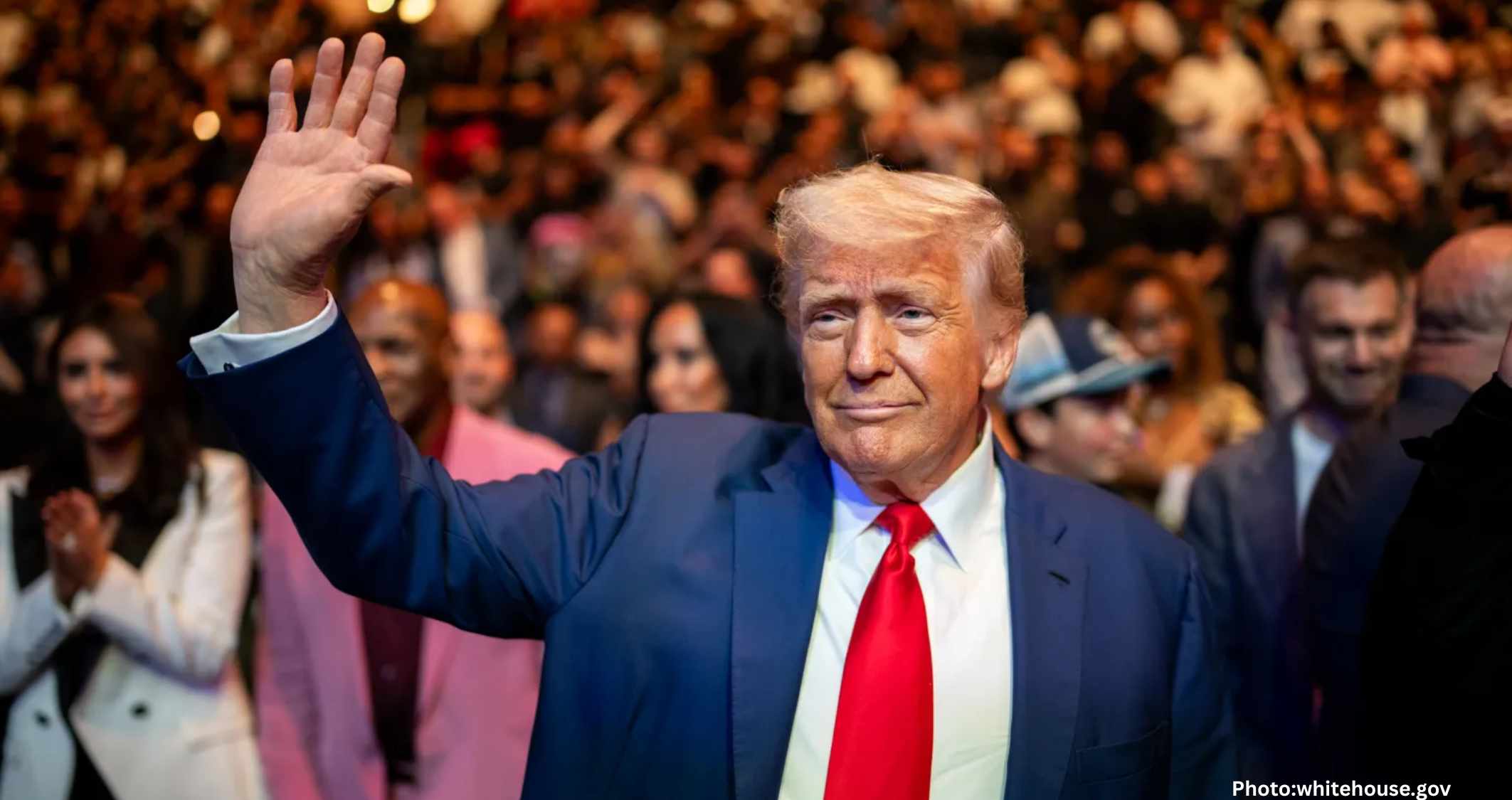









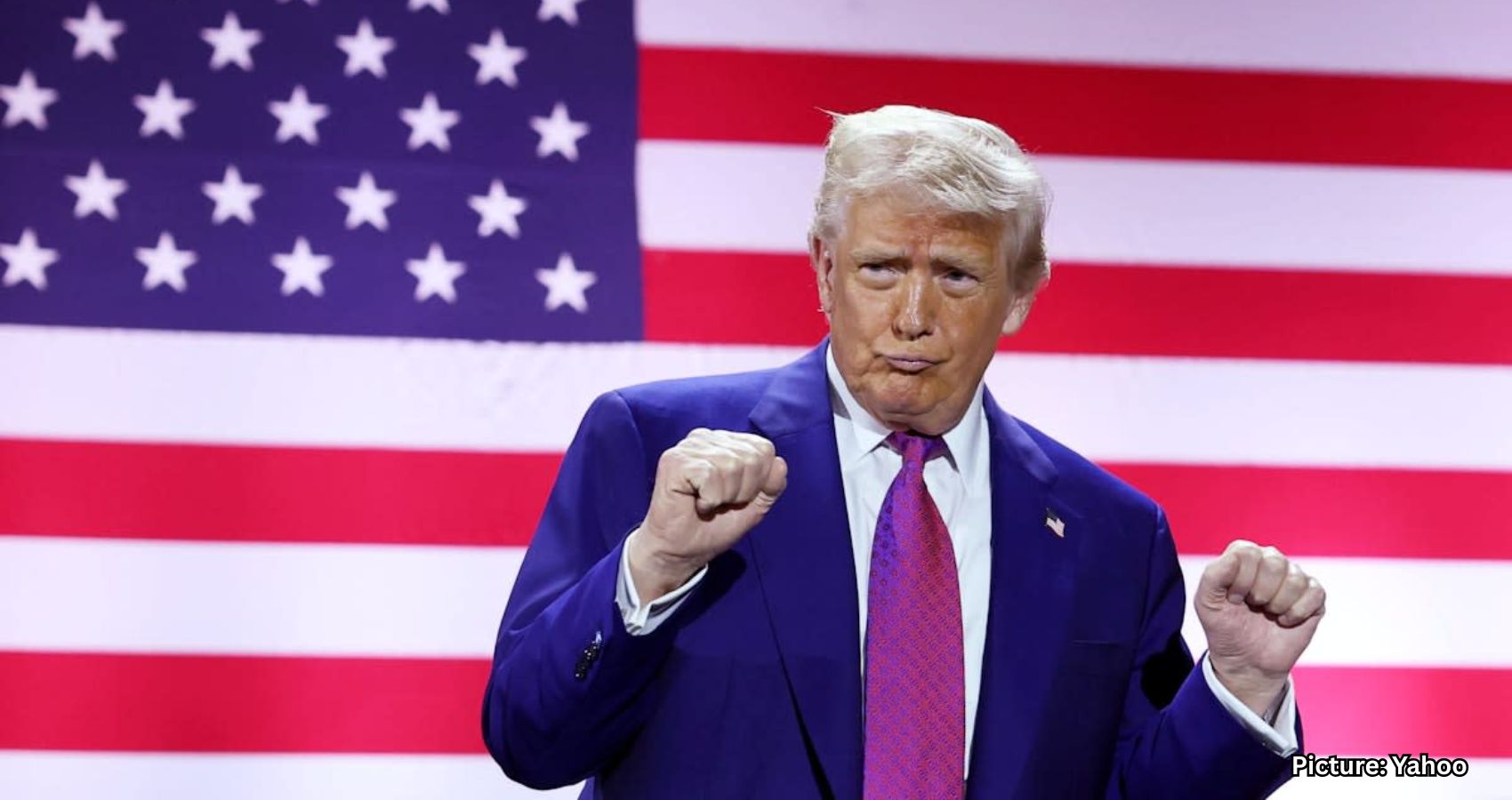

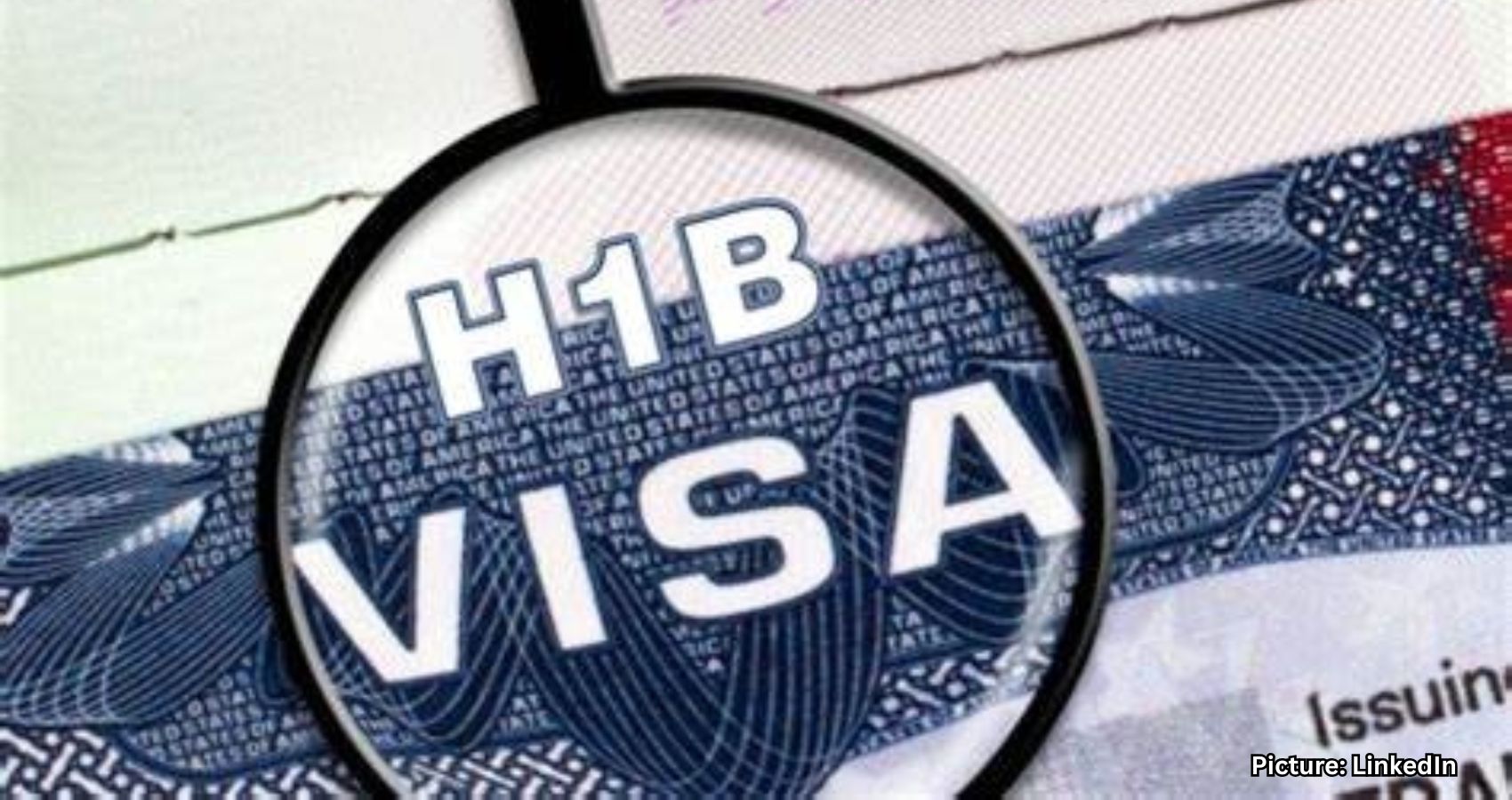

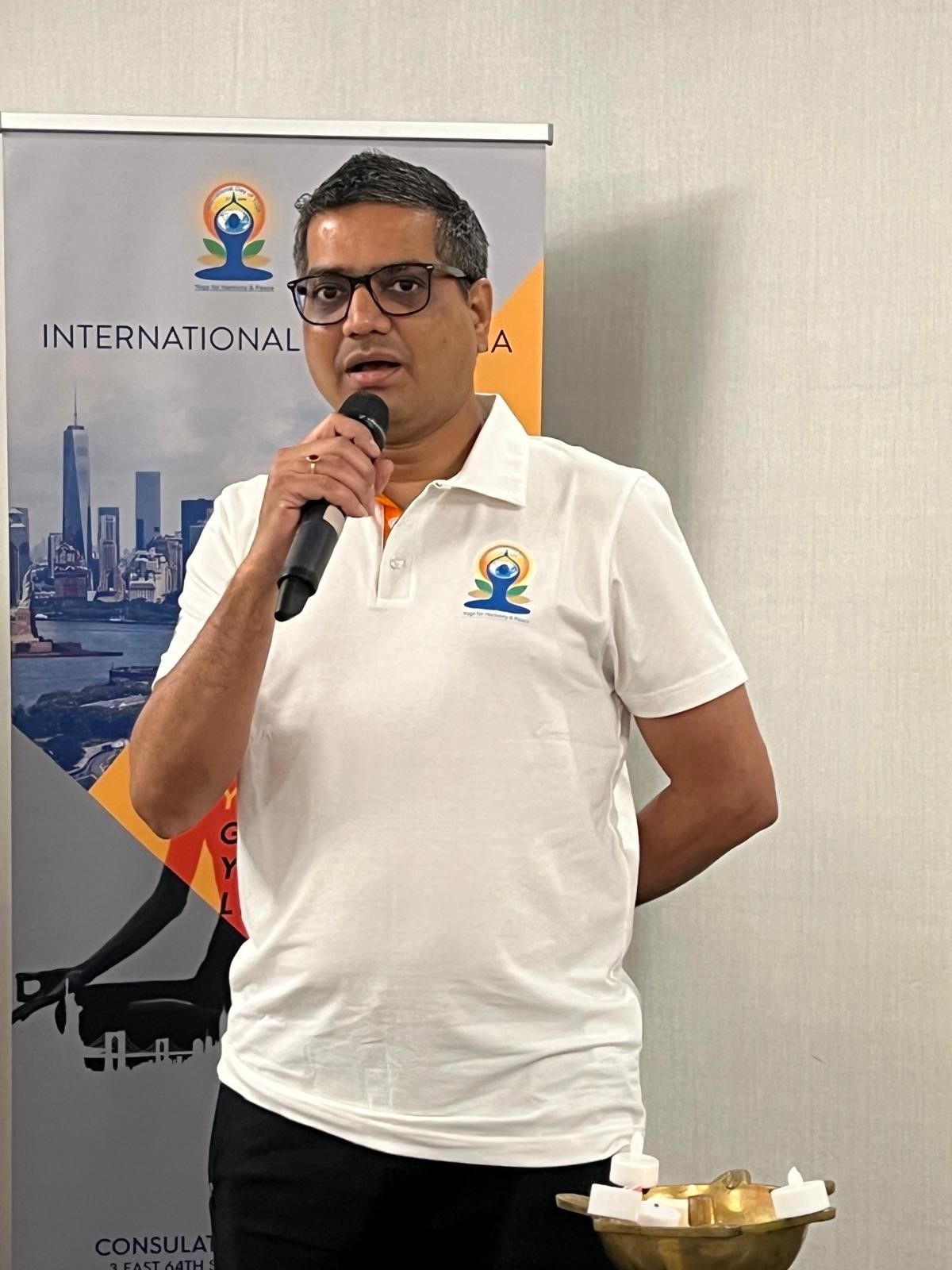 The morning began with a warm welcome and opening remarks delivered by the event coordinator, Nitin Vyas, who set the tone for the day’s spiritual and health-focused activities. The official launch of the event was marked by a ceremonial lighting of the lamp led by Deputy Consulate General Vishal Harsh. In his inaugural address, Harsh stressed yoga’s significance in promoting balanced well-being and a healthy lifestyle, highlighting its growing global influence. “Yoga offers a holistic path to health and well-being,” he stated, drawing attention to the practice’s enduring relevance in modern life.
The morning began with a warm welcome and opening remarks delivered by the event coordinator, Nitin Vyas, who set the tone for the day’s spiritual and health-focused activities. The official launch of the event was marked by a ceremonial lighting of the lamp led by Deputy Consulate General Vishal Harsh. In his inaugural address, Harsh stressed yoga’s significance in promoting balanced well-being and a healthy lifestyle, highlighting its growing global influence. “Yoga offers a holistic path to health and well-being,” he stated, drawing attention to the practice’s enduring relevance in modern life.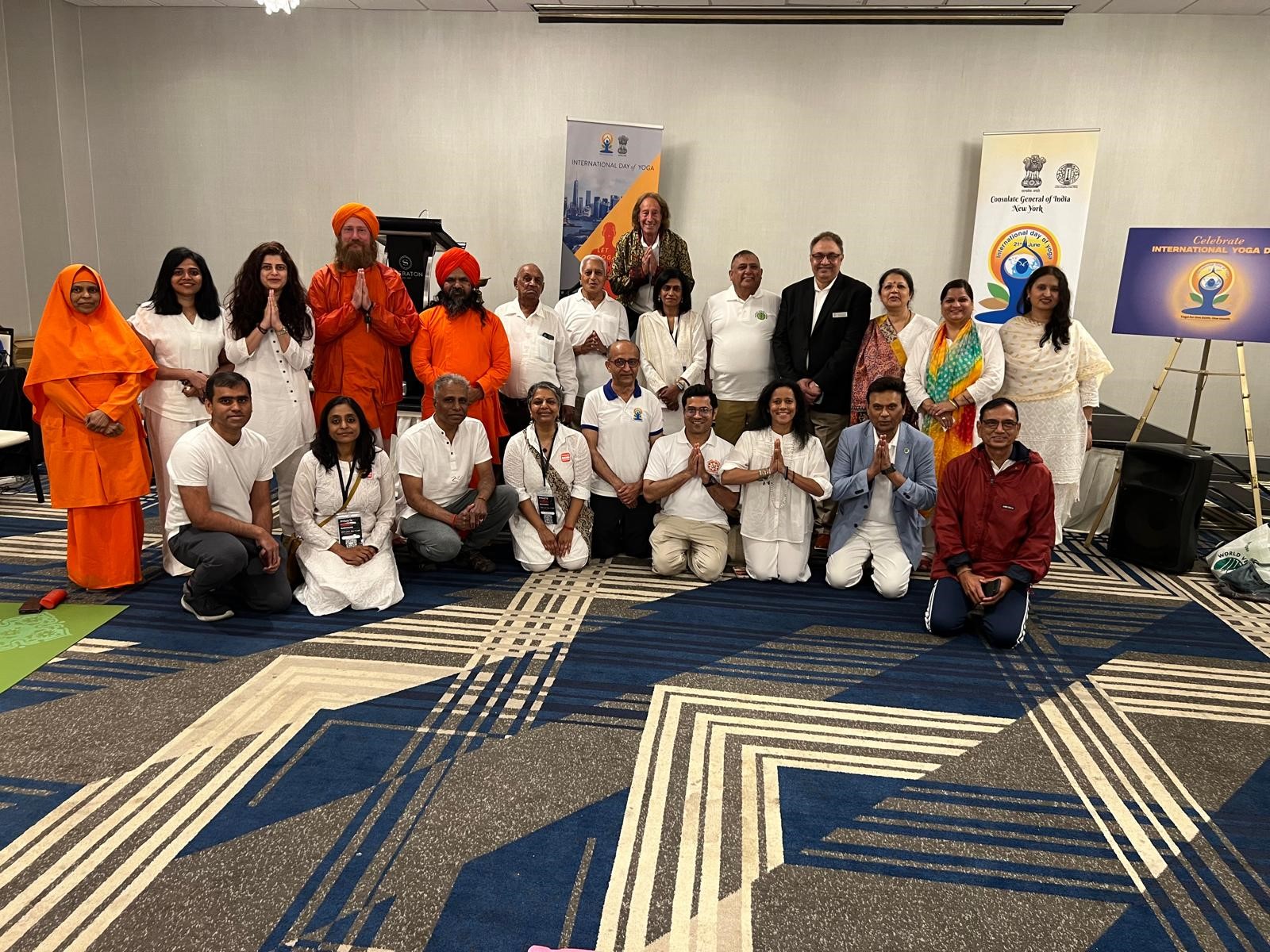 support mobility and joint health. Geeta Ji, from RadiantRays Yoga, offered a physically engaging session tailored for strength and flexibility enhancement.
support mobility and joint health. Geeta Ji, from RadiantRays Yoga, offered a physically engaging session tailored for strength and flexibility enhancement.
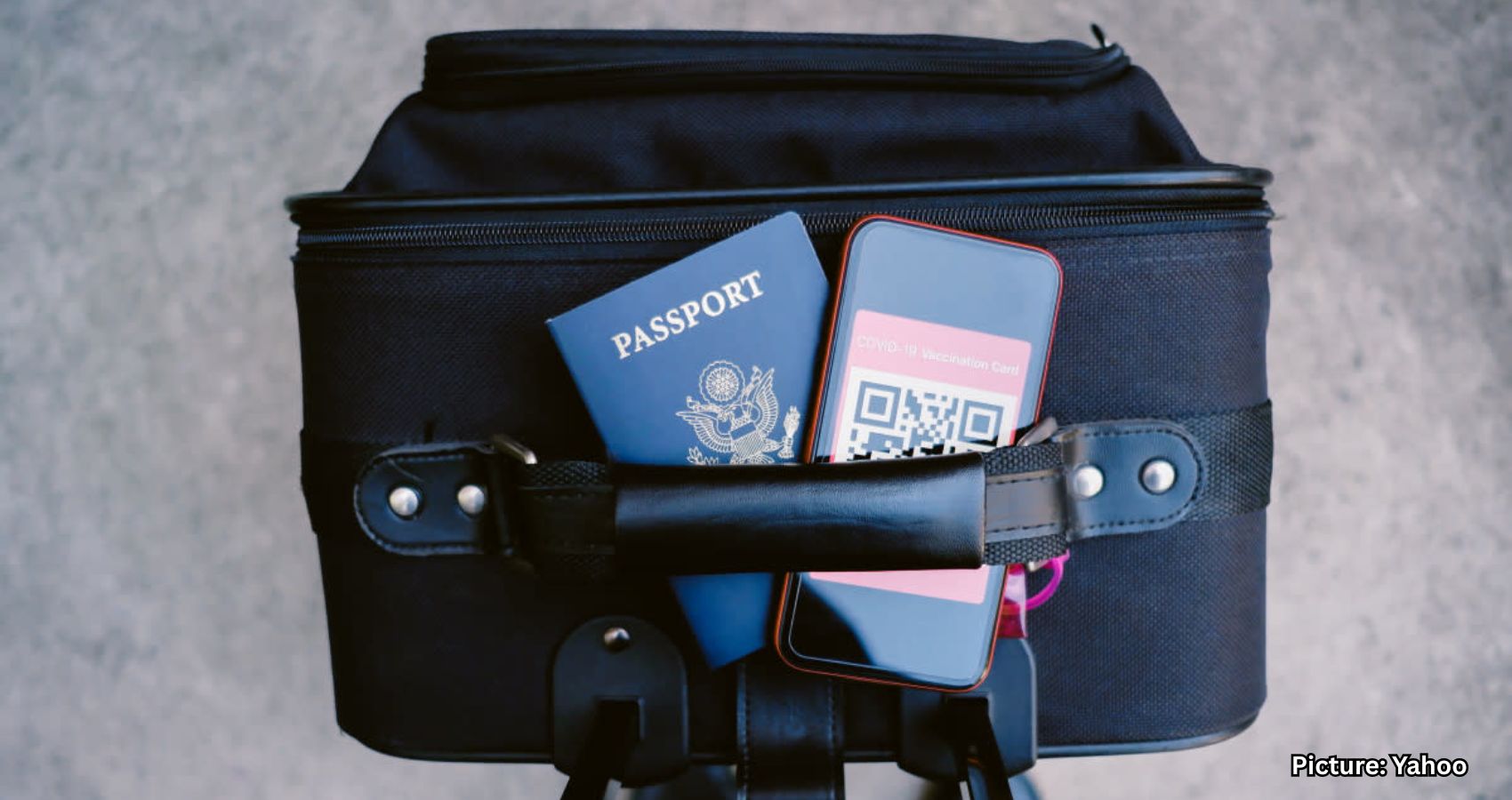


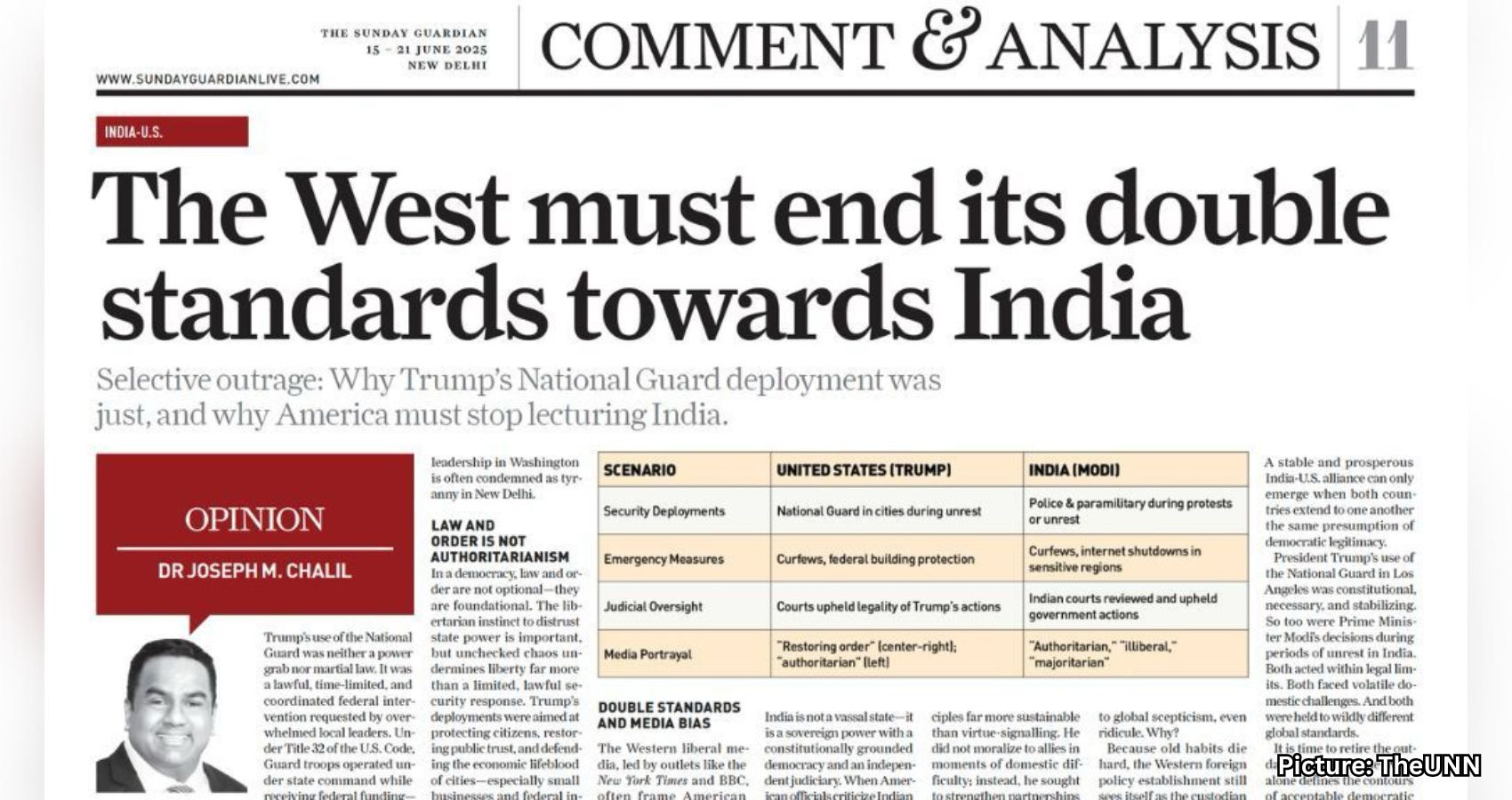


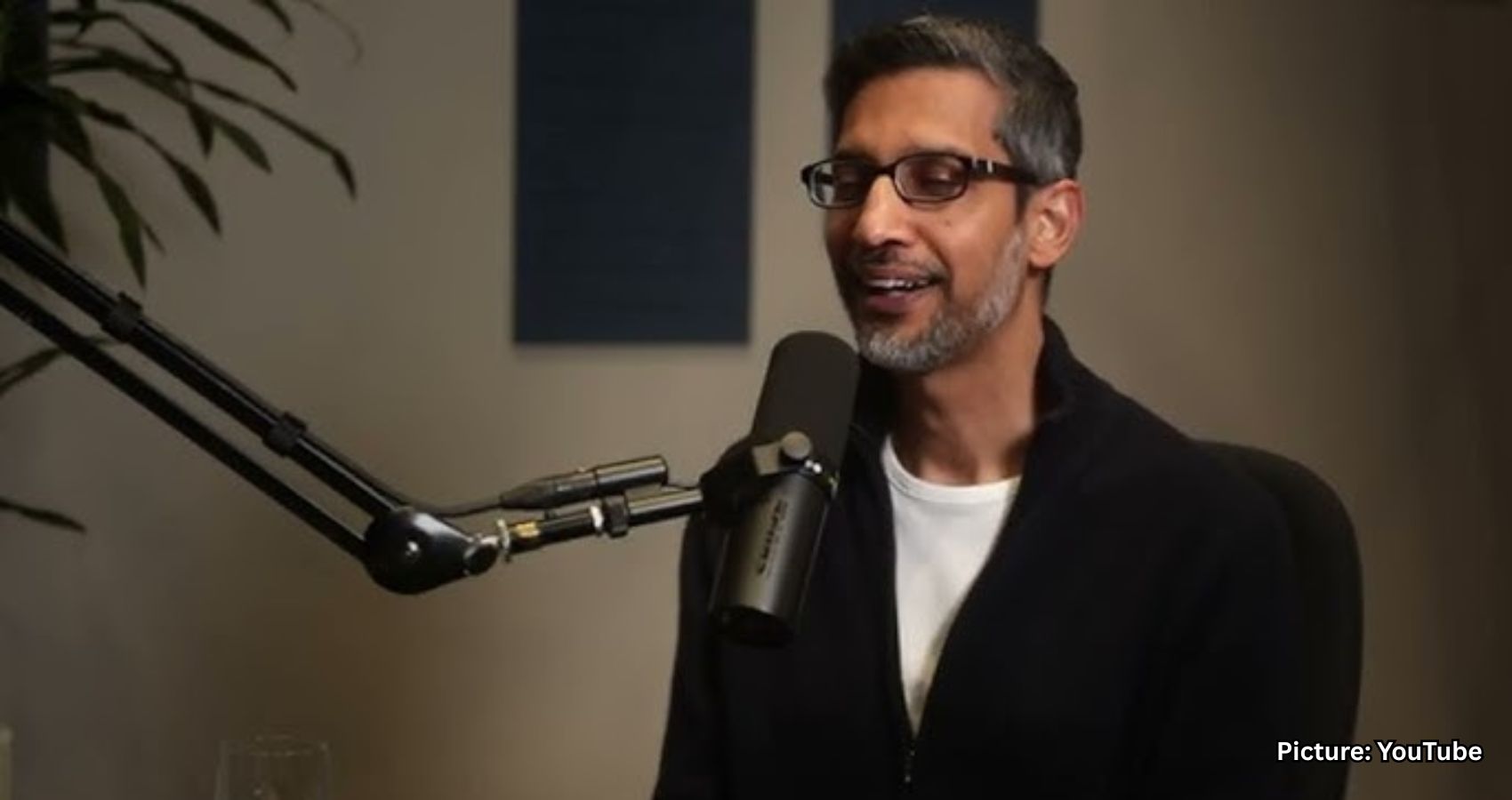
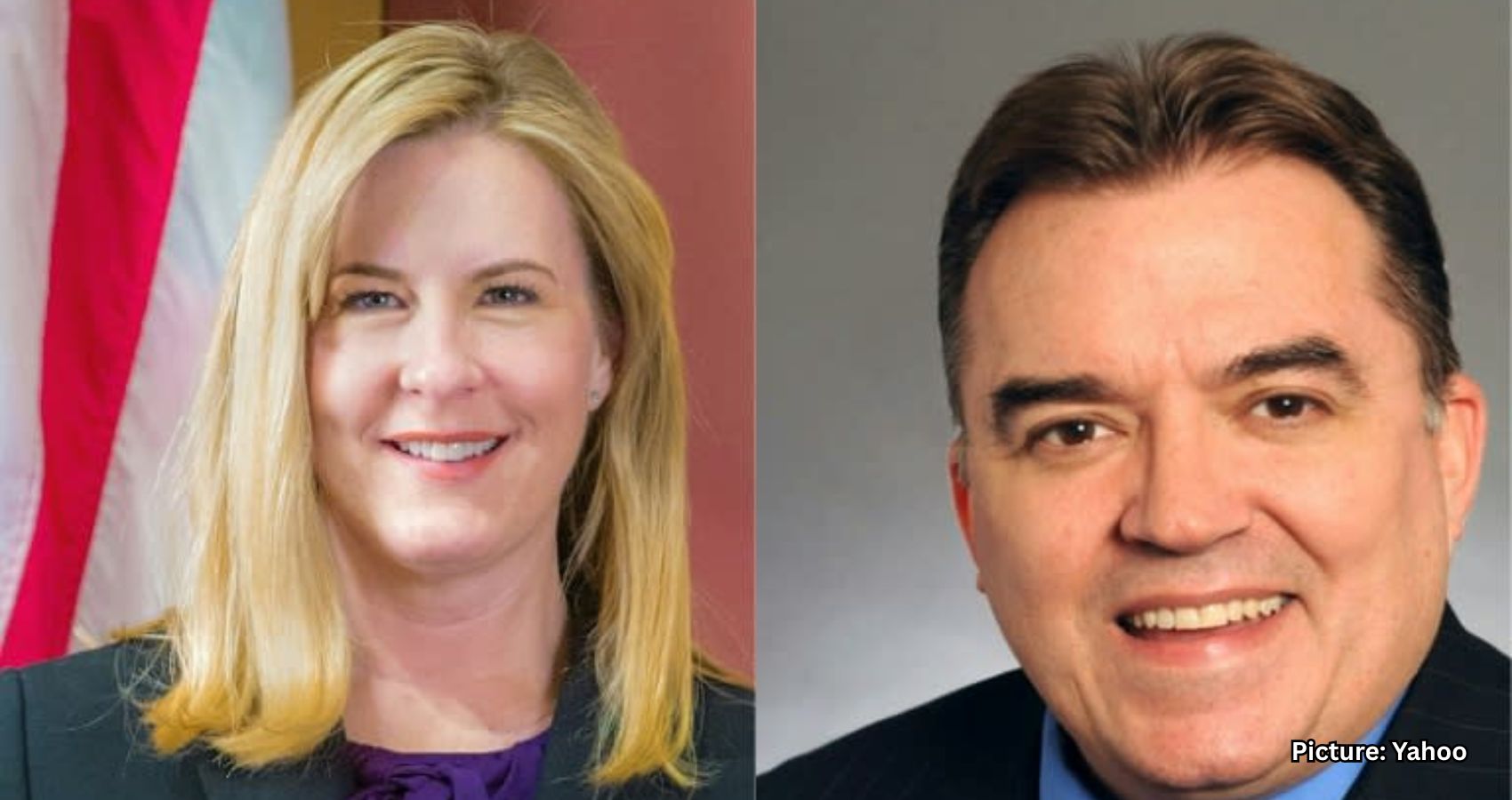
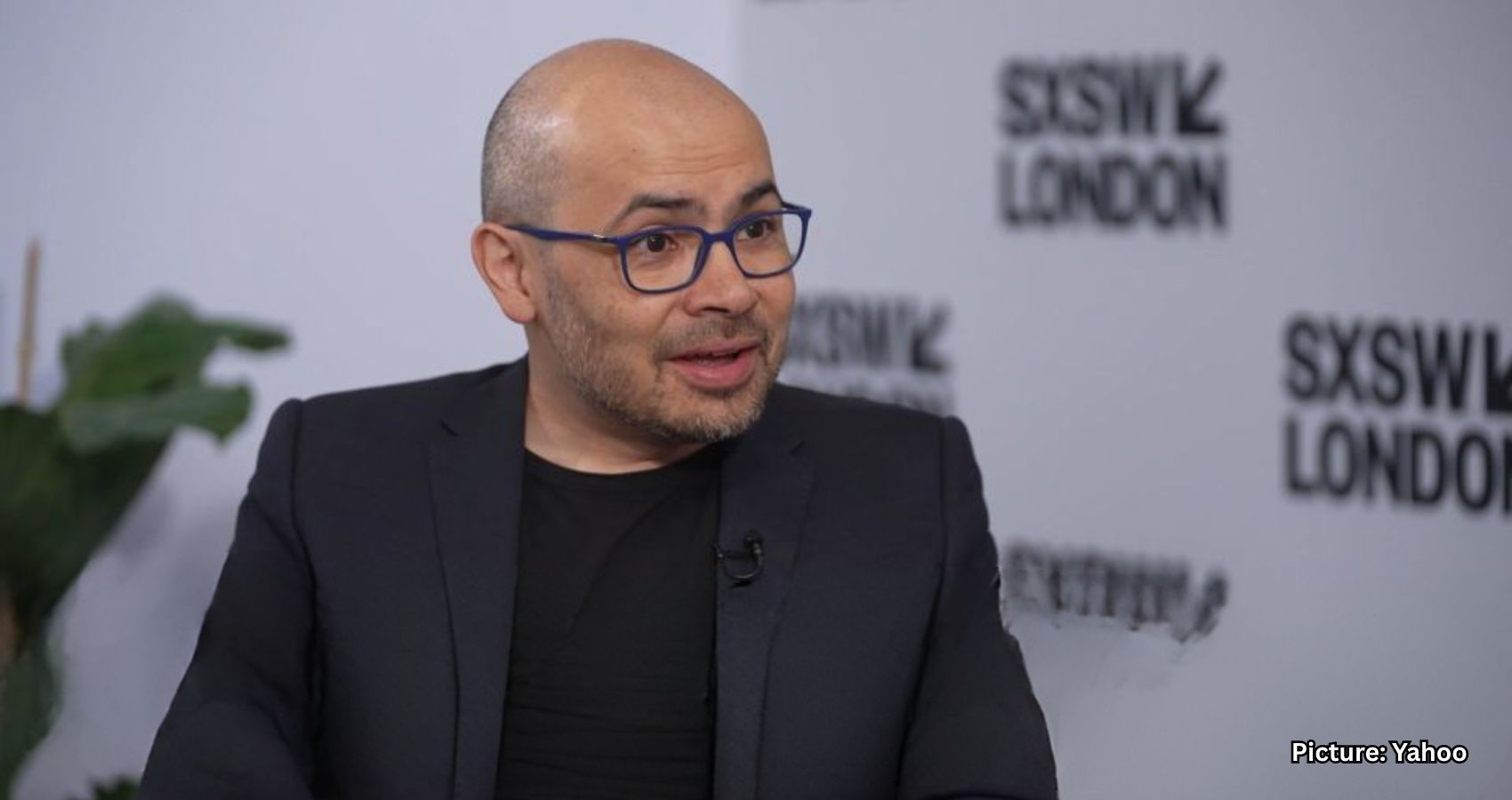
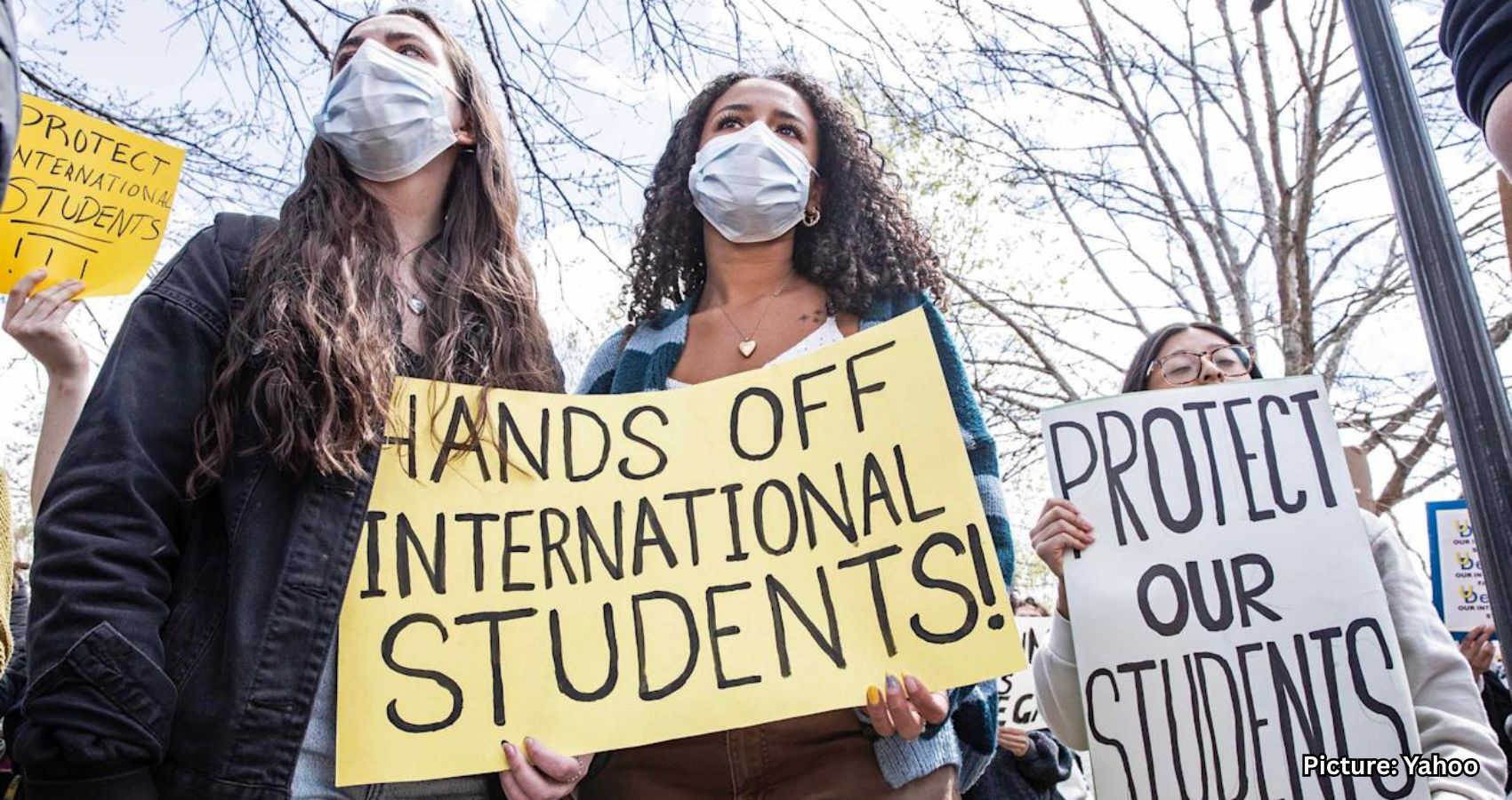

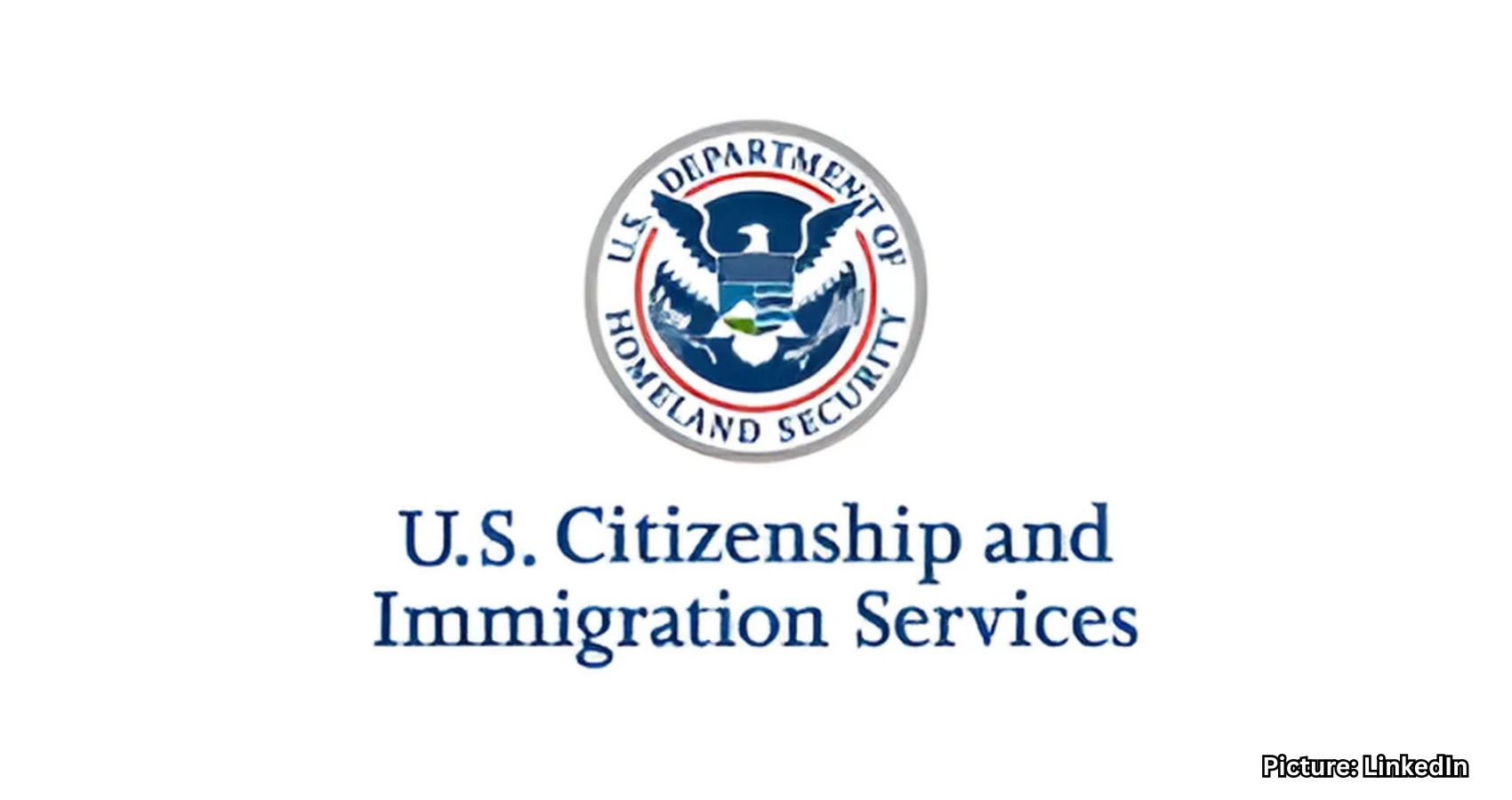
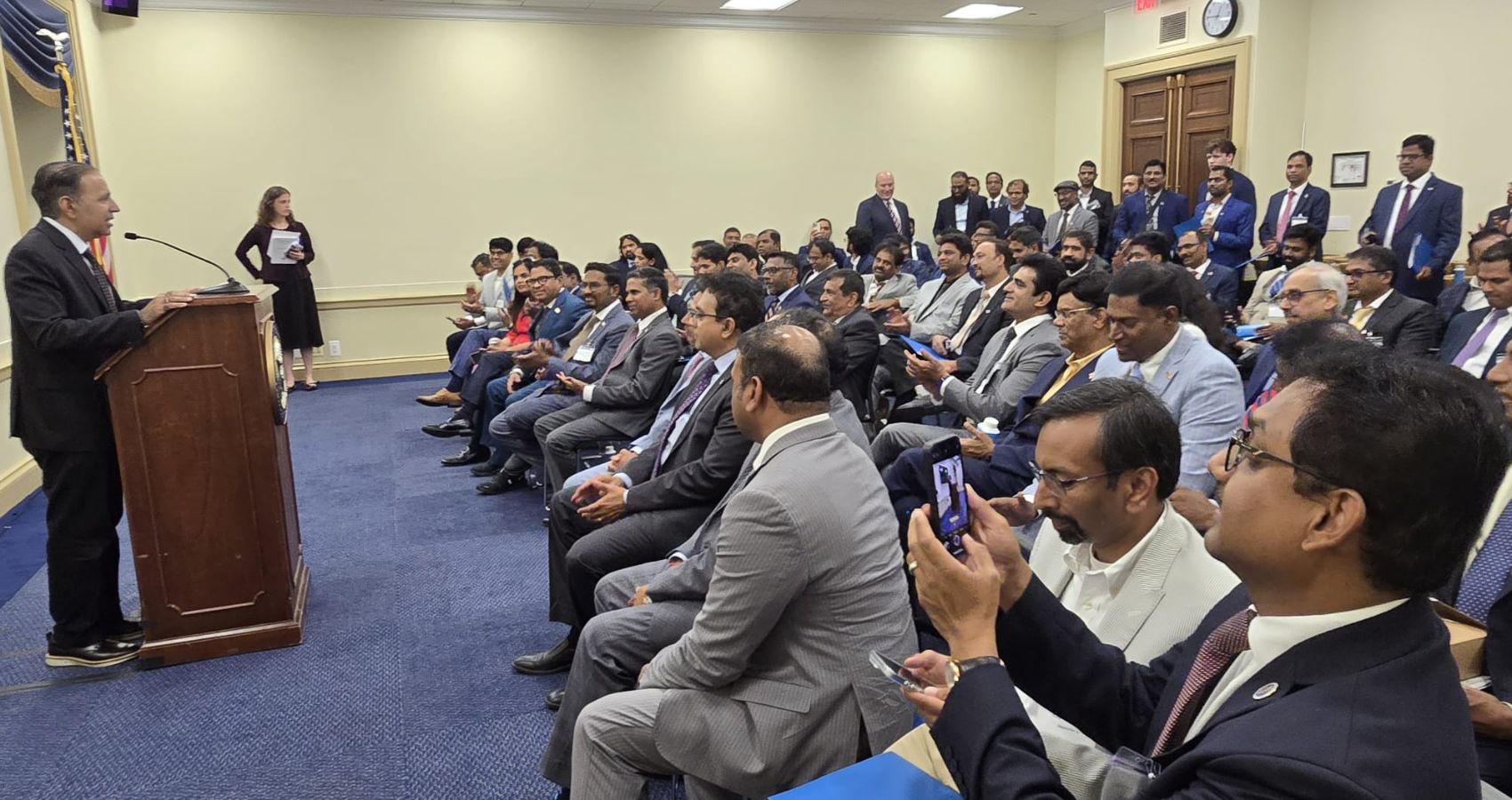
 ITServe Alliance leaders met with Rep. Jim Jordan, a Republican Congressman representing Ohio’s 4th District. The powerful Chairman of the House
ITServe Alliance leaders met with Rep. Jim Jordan, a Republican Congressman representing Ohio’s 4th District. The powerful Chairman of the House 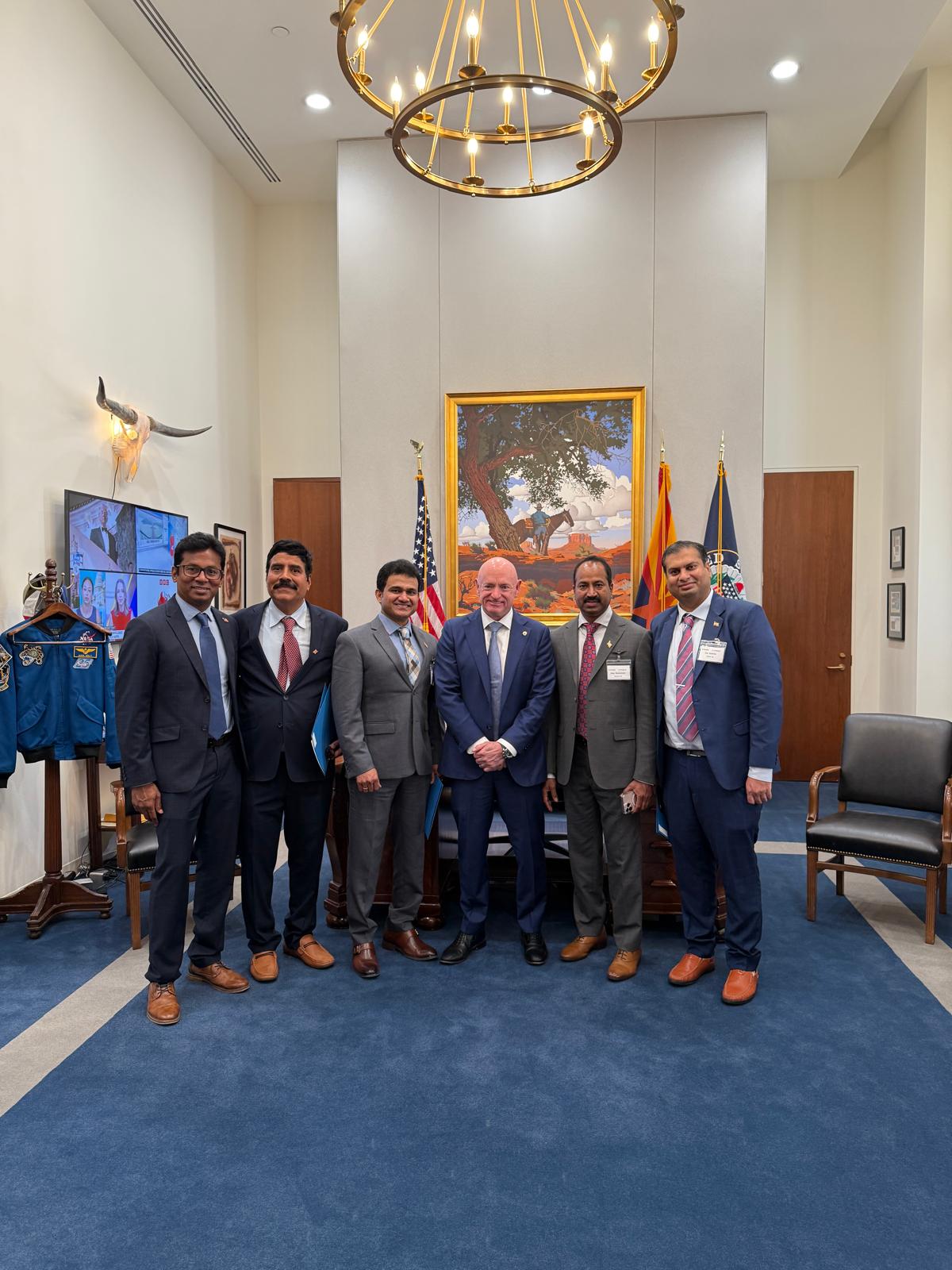
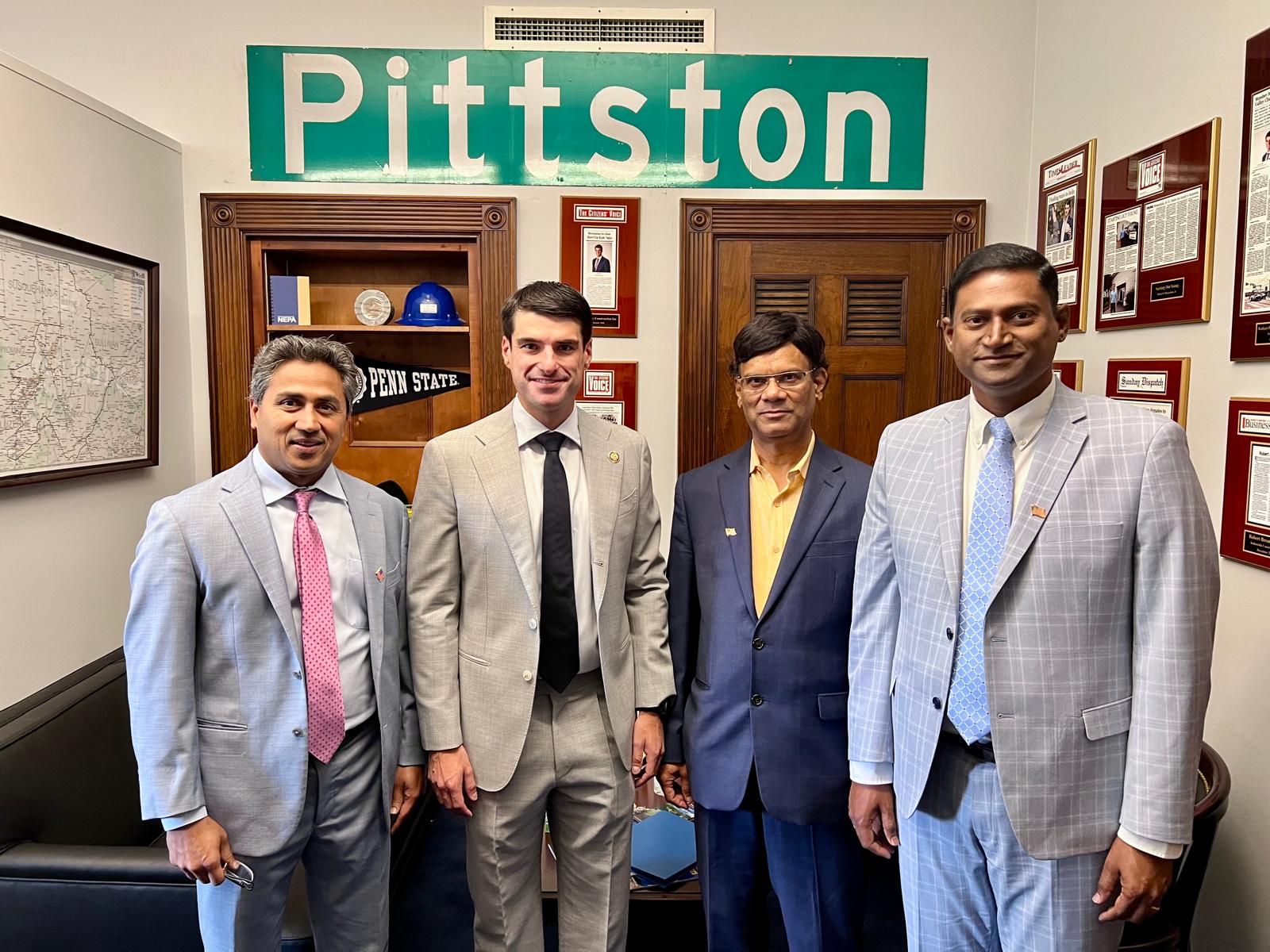 ITServe supports the HIRE ACT Bill (High Skilled Immigration Reform for Employment). Innovation, STEM education, and avoiding brain drain are the highlights of the Bill. Another area, where ITServe has focused is the STEM Program to promote the “American Ingenuity Account” to fund State-administered grants for STEM education and worker training. Enhancing the current H1B CAP limits – from 65,000 to 130,000 per year has been a major area where ITServe has placed its efforts in recent years.
ITServe supports the HIRE ACT Bill (High Skilled Immigration Reform for Employment). Innovation, STEM education, and avoiding brain drain are the highlights of the Bill. Another area, where ITServe has focused is the STEM Program to promote the “American Ingenuity Account” to fund State-administered grants for STEM education and worker training. Enhancing the current H1B CAP limits – from 65,000 to 130,000 per year has been a major area where ITServe has placed its efforts in recent years.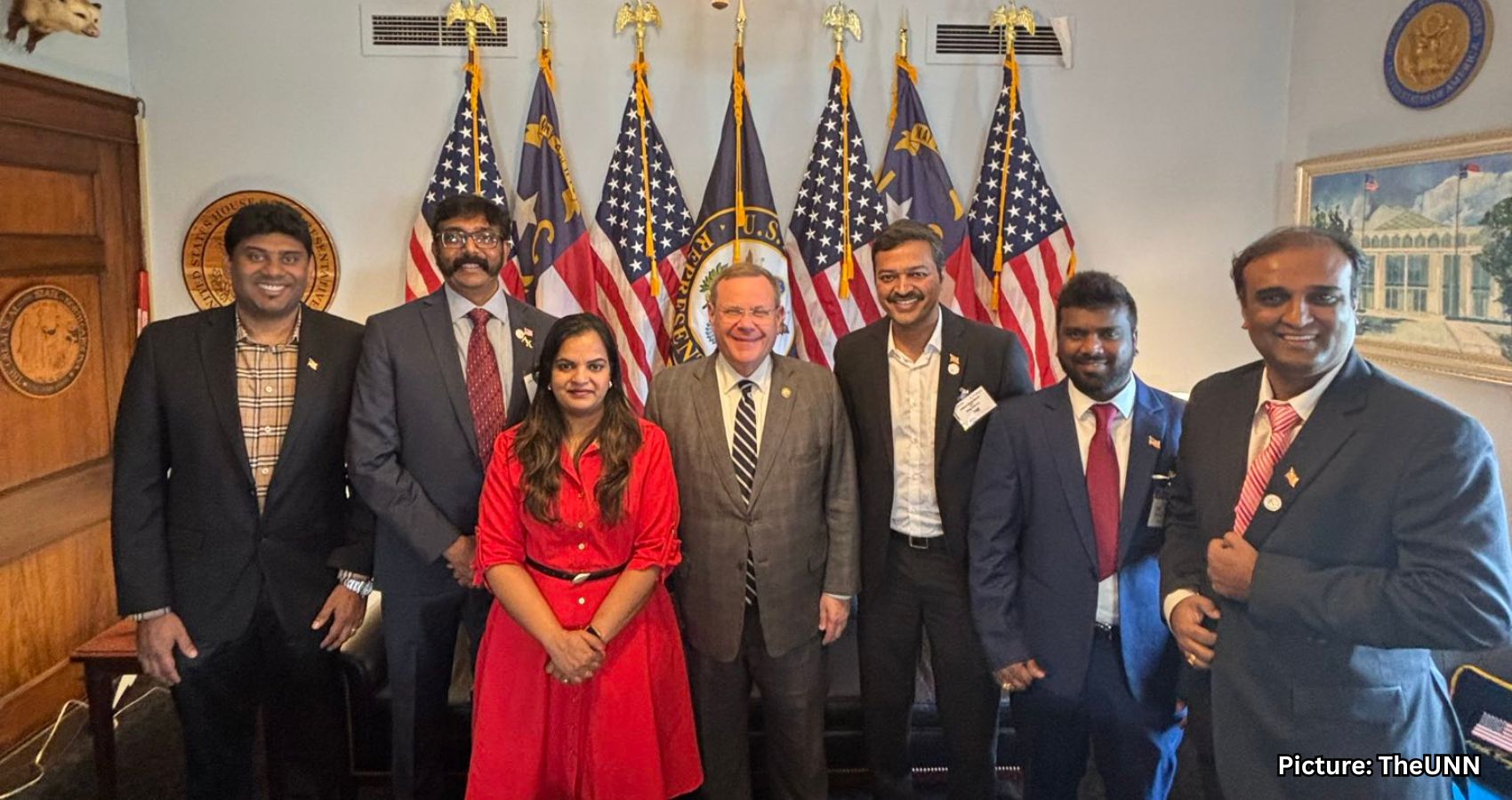 “The ITServe Alliance is consistently working to protect its members’ needs. To that end, ITServe Alliance, through its PAC teams, advocated on Capitol Hill and with the US Administration. Capitol Hill Day serves as a perfect platform to communicate our collective voice with key policymakers on important issues to our members,” added Amar Varada, ITServe Governing Board member.
“The ITServe Alliance is consistently working to protect its members’ needs. To that end, ITServe Alliance, through its PAC teams, advocated on Capitol Hill and with the US Administration. Capitol Hill Day serves as a perfect platform to communicate our collective voice with key policymakers on important issues to our members,” added Amar Varada, ITServe Governing Board member.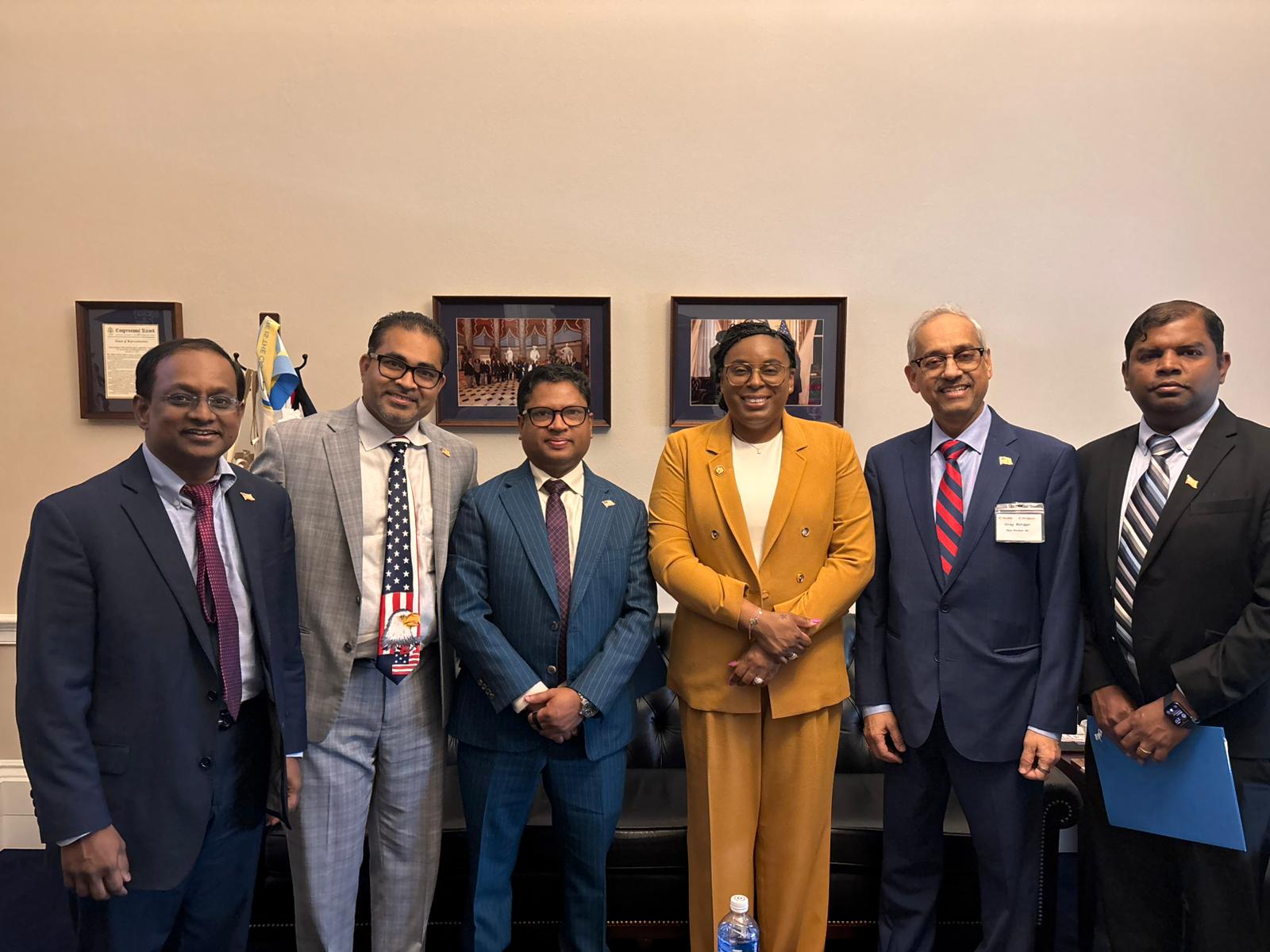
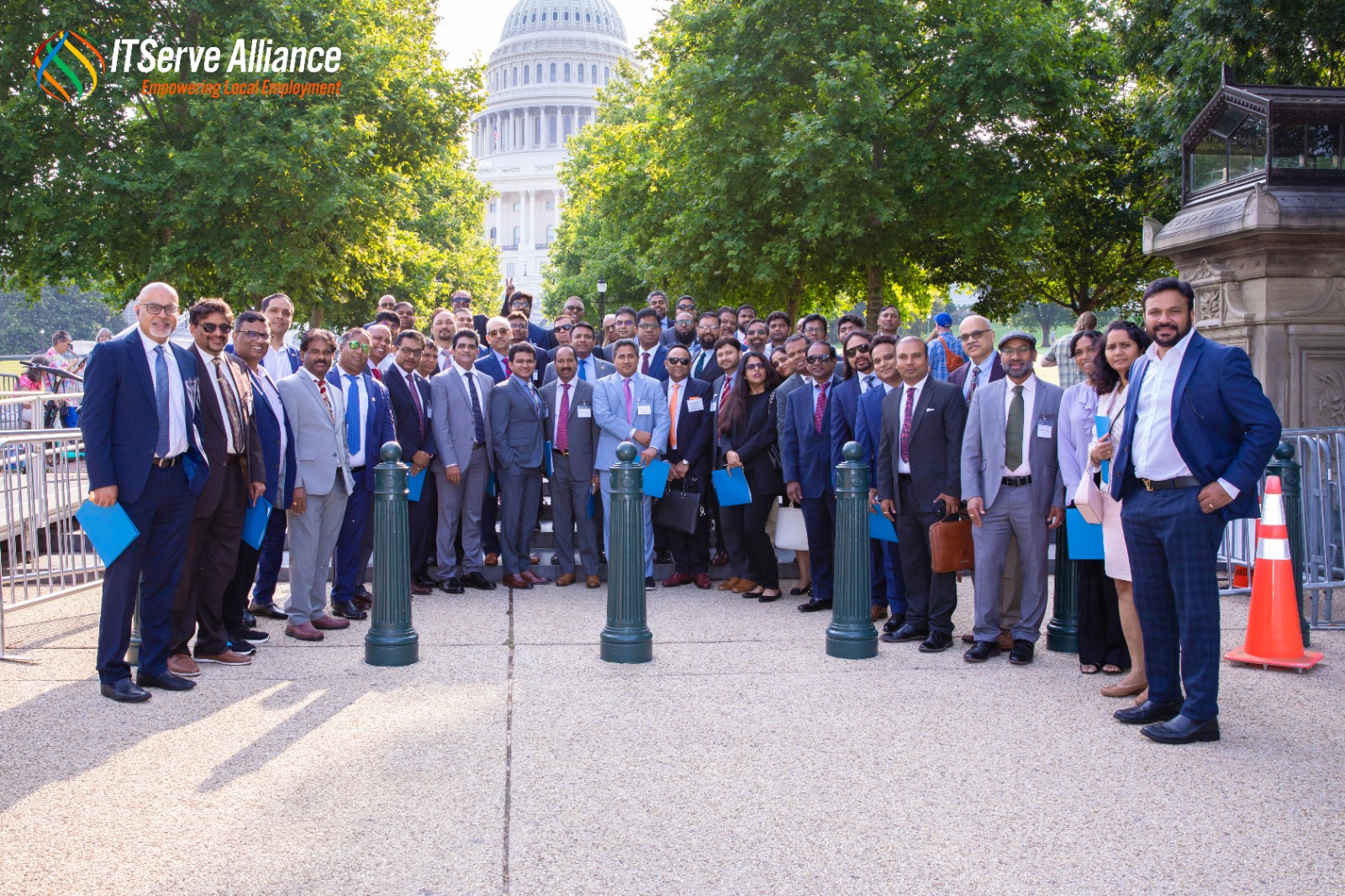 Rep. Krishnamoorthy lauded the contributions of ITServe members to the nation. He said, “I look at you today. You chose Team America. You come here and bless this country with your gifts, with your talents, with your energy, with your ideas, with your industry, with your ability to make it happen. And that’s what you did. You made your company, you hired people, you created jobs. And that’s what you’re trying to do over and over and over again. You’re trying to replicate that success.”
Rep. Krishnamoorthy lauded the contributions of ITServe members to the nation. He said, “I look at you today. You chose Team America. You come here and bless this country with your gifts, with your talents, with your energy, with your ideas, with your industry, with your ability to make it happen. And that’s what you did. You made your company, you hired people, you created jobs. And that’s what you’re trying to do over and over and over again. You’re trying to replicate that success.”

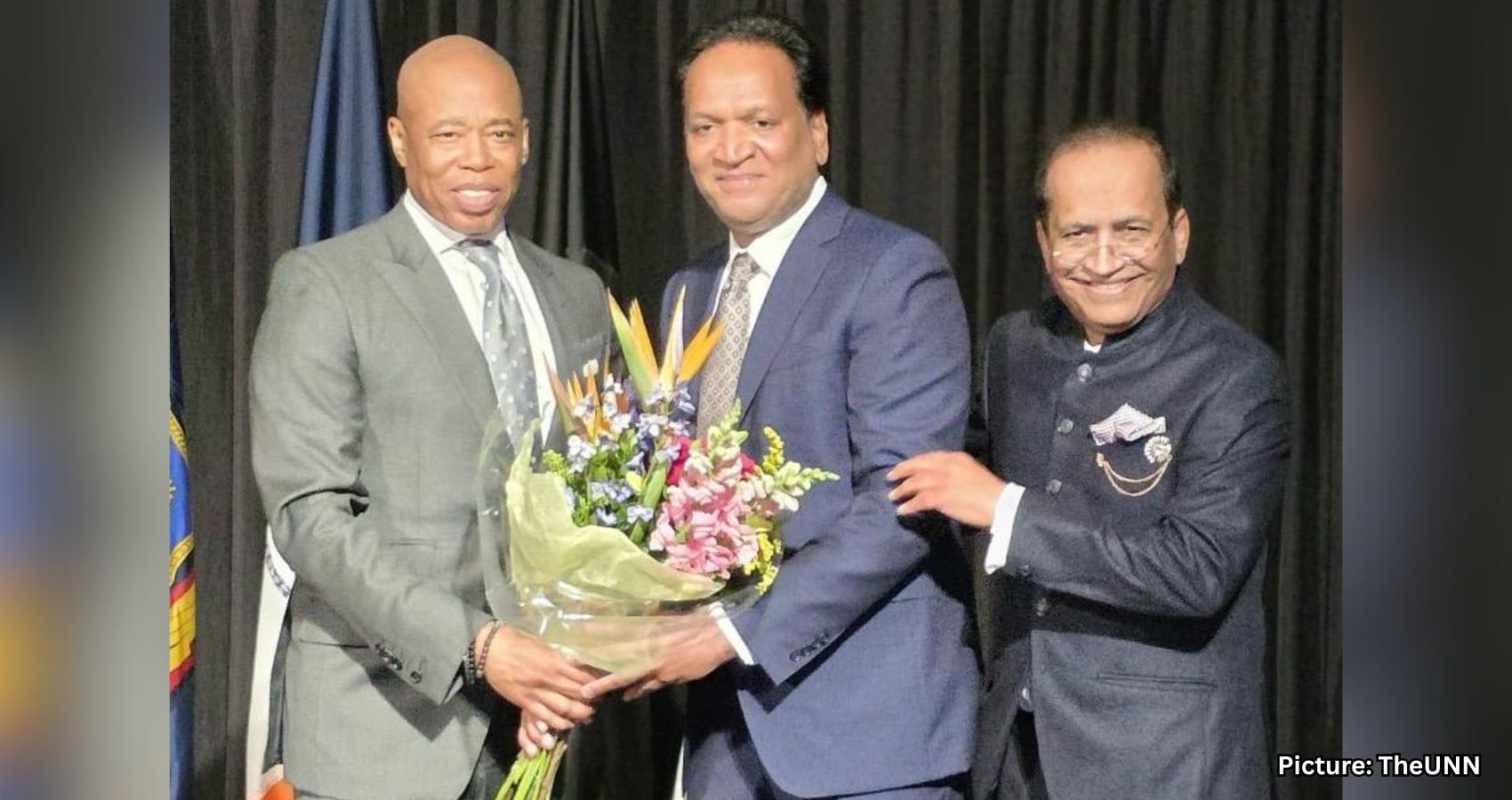
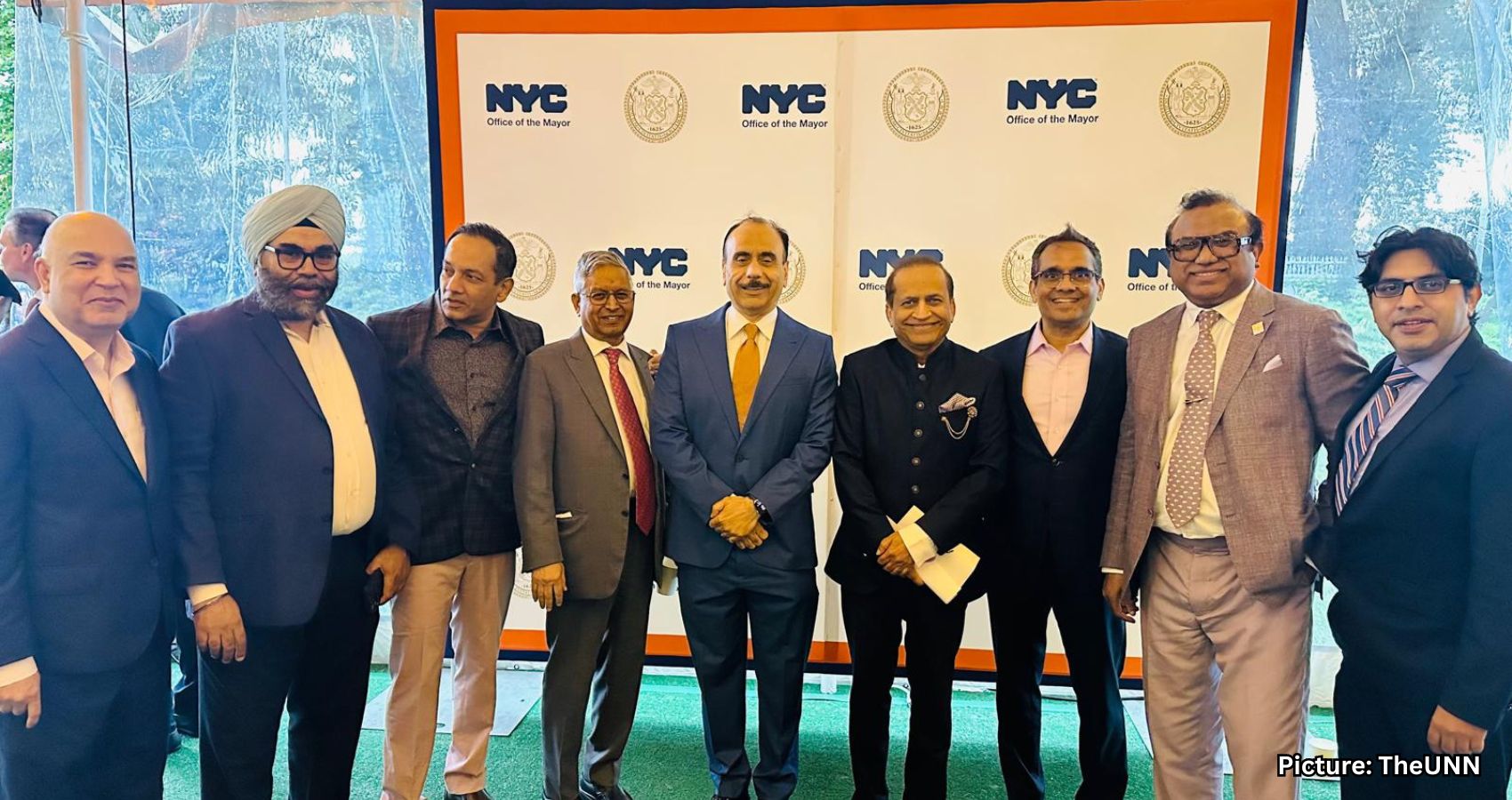 Hosted by Eric Adams in partnership with Dr. Raj Bhayani, president of the Federation of Indian Physicians Association, the event was attended by over 150 prominent community, business, and healthcare leaders from across the New York tri-state region, representing Indian, Bangladeshi, Afghanistan, Jewish, Spanish, as well as Americans and Caribbean communities.
Hosted by Eric Adams in partnership with Dr. Raj Bhayani, president of the Federation of Indian Physicians Association, the event was attended by over 150 prominent community, business, and healthcare leaders from across the New York tri-state region, representing Indian, Bangladeshi, Afghanistan, Jewish, Spanish, as well as Americans and Caribbean communities. healthcare professionals. “You continue to do your job. Nothing can signify that more than COVID, when I’ve witnessed the number of healthcare professionals who were in our hospitals, our healthcare centers, who were doing the testing, who were carrying out all the functions, and still had to worry about not infecting their family members at home. They still got up every day and did their job.”
healthcare professionals. “You continue to do your job. Nothing can signify that more than COVID, when I’ve witnessed the number of healthcare professionals who were in our hospitals, our healthcare centers, who were doing the testing, who were carrying out all the functions, and still had to worry about not infecting their family members at home. They still got up every day and did their job.”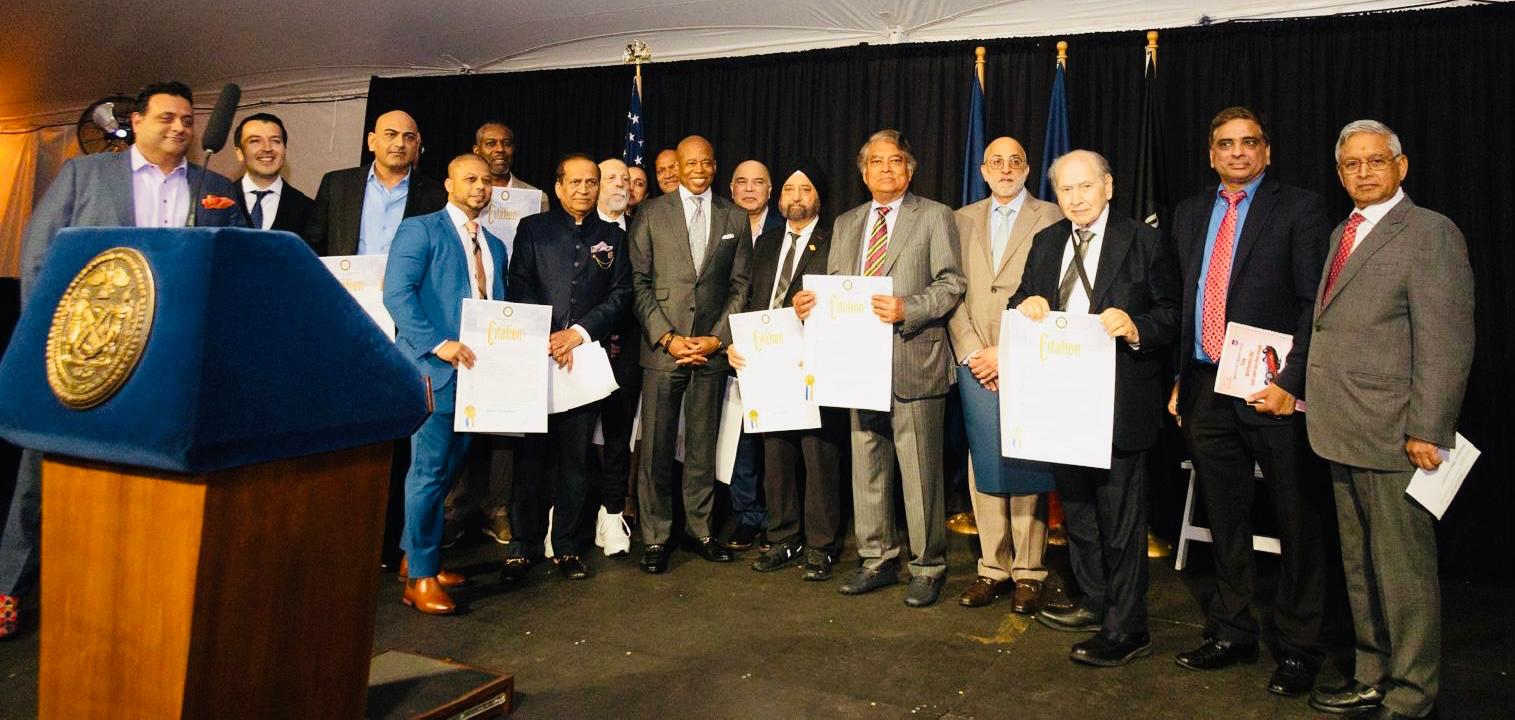 Other prominent leaders who were honored at the ceremony included; Chintu Patel, founder and CEO of Amneal Pharmaceutical; Al Mason Fintech, entrepreneur; Dr. Shamim Sharma, eminent Cardiologist; Dr. Deepak Nandi, Neuropsychiatrist and entrepreneur; Dr. Atul Kukar, renowned Cardiologist; Gary Schlesinger, Healthcare Community Leader; Ronald Blount Jr, Bronx County Executive; Gary Sikka, President, American Punjab Society; Kanan Patel, founder and CEO of Kayura pharma health and beauty products; Bhavik Patel, Healthcare executive; Ahmad Masoud, IRCM founder; Jabur Chowdhury, young healthcare entrepreneur; and Dr Eyad Hijazin, a prominent physician from the region.
Other prominent leaders who were honored at the ceremony included; Chintu Patel, founder and CEO of Amneal Pharmaceutical; Al Mason Fintech, entrepreneur; Dr. Shamim Sharma, eminent Cardiologist; Dr. Deepak Nandi, Neuropsychiatrist and entrepreneur; Dr. Atul Kukar, renowned Cardiologist; Gary Schlesinger, Healthcare Community Leader; Ronald Blount Jr, Bronx County Executive; Gary Sikka, President, American Punjab Society; Kanan Patel, founder and CEO of Kayura pharma health and beauty products; Bhavik Patel, Healthcare executive; Ahmad Masoud, IRCM founder; Jabur Chowdhury, young healthcare entrepreneur; and Dr Eyad Hijazin, a prominent physician from the region.


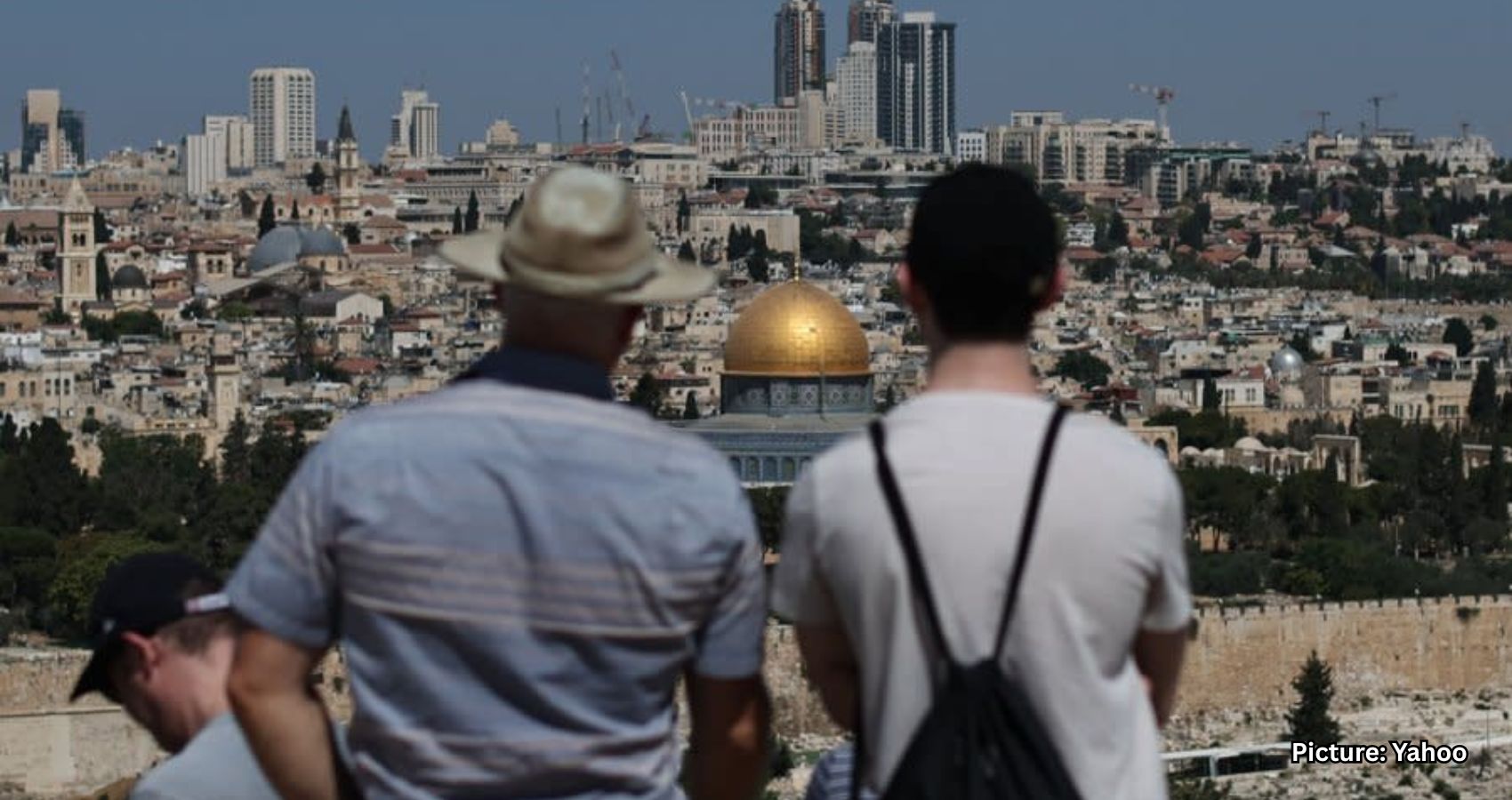

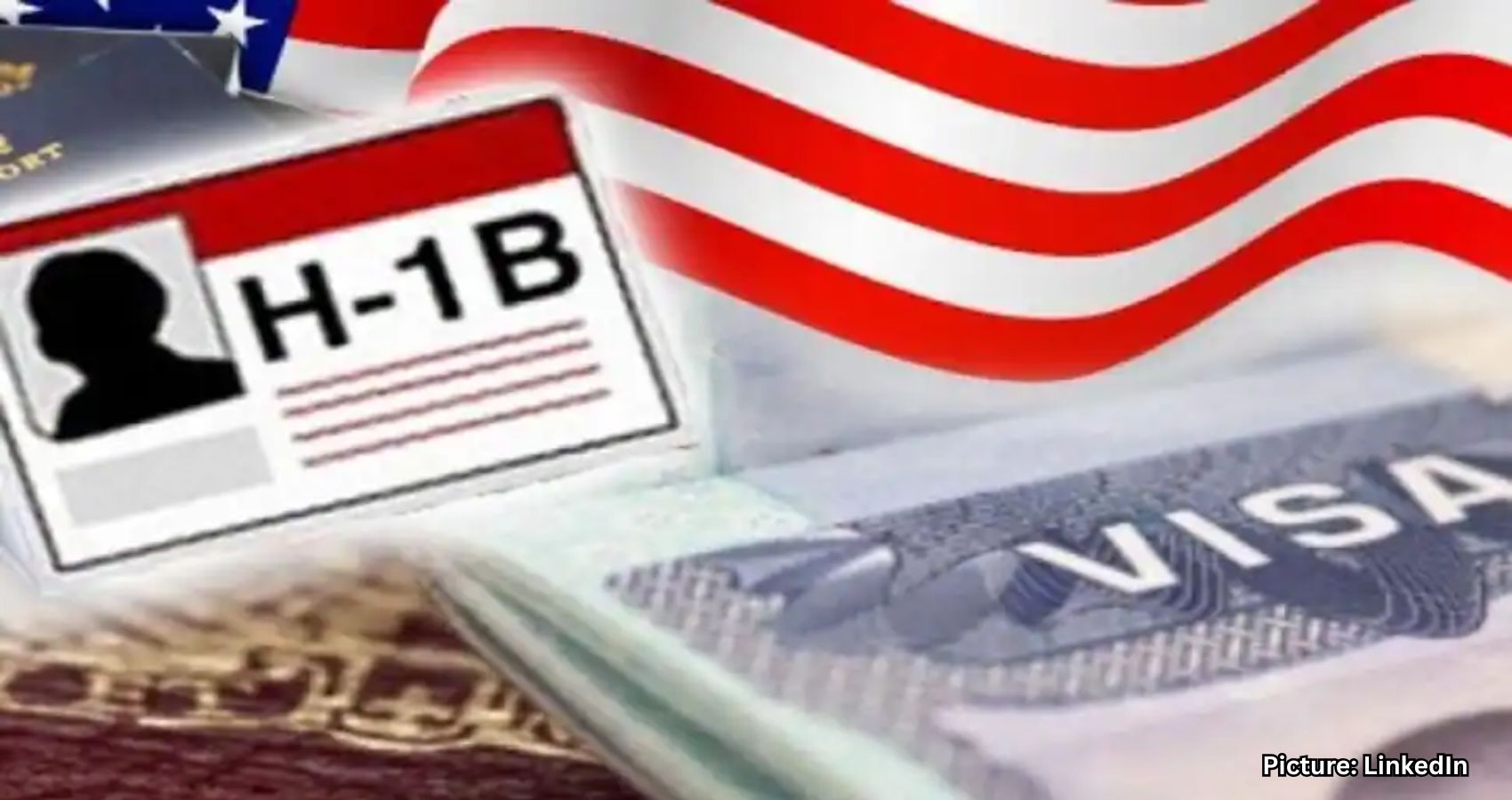
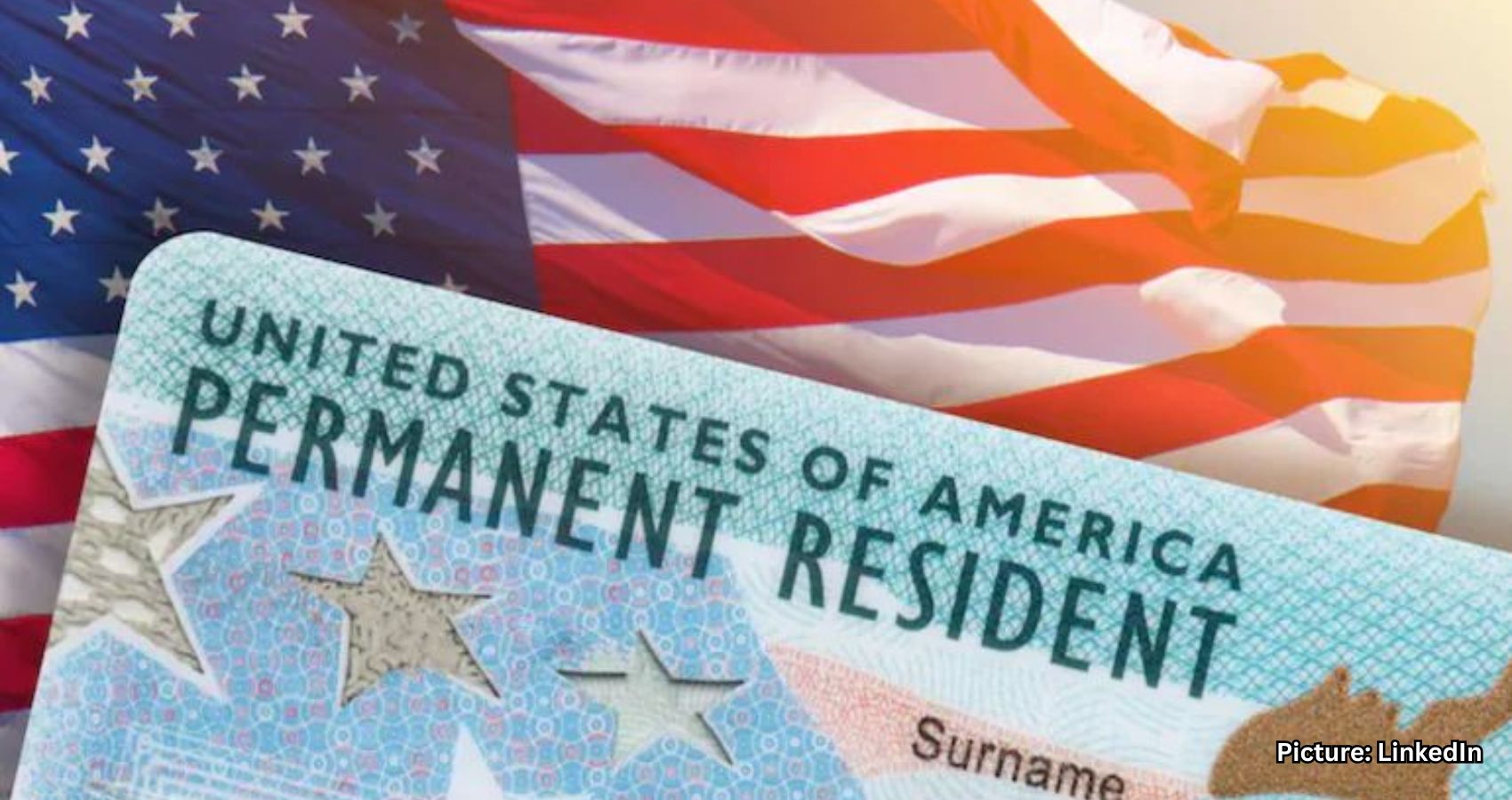


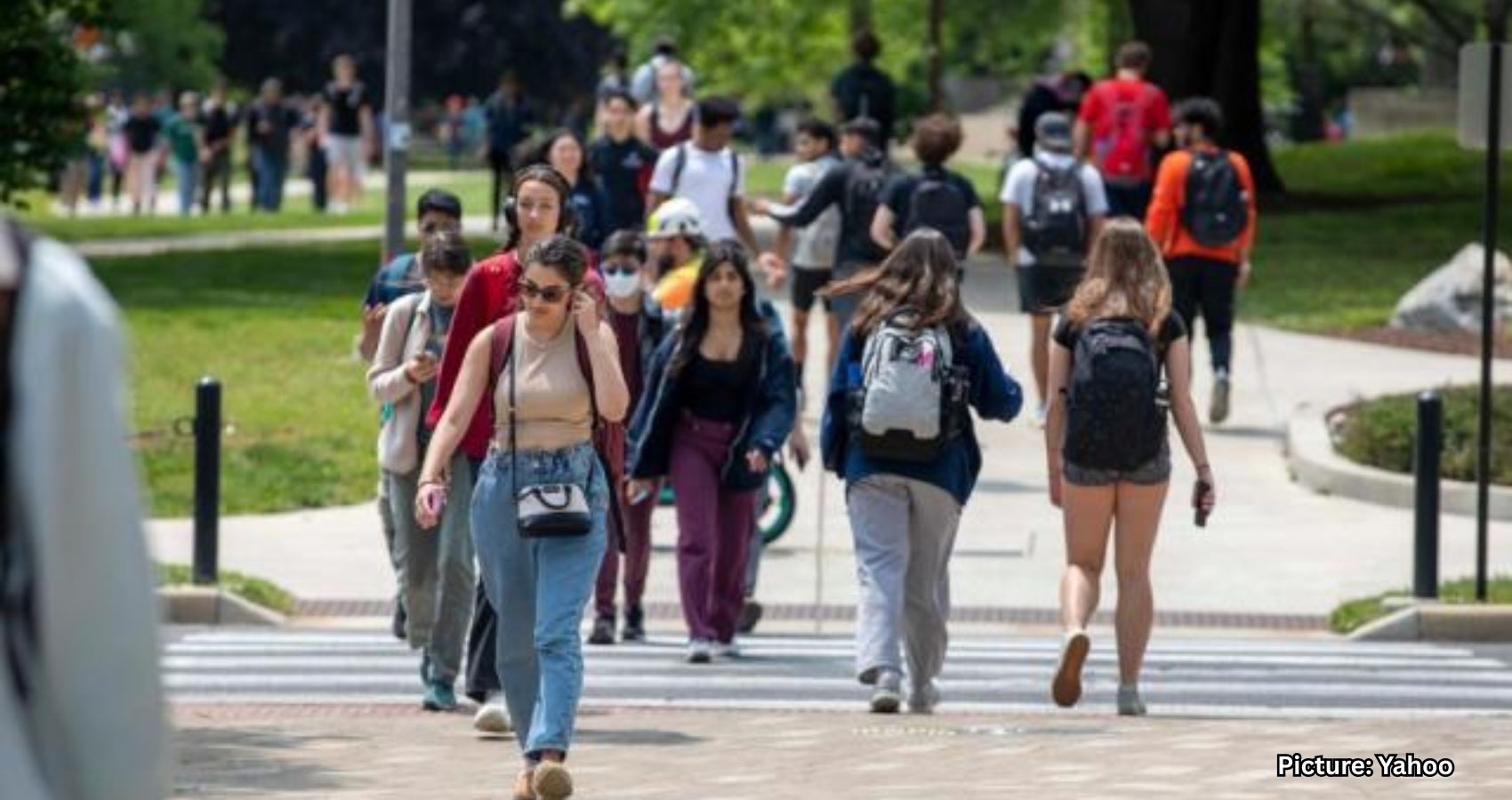

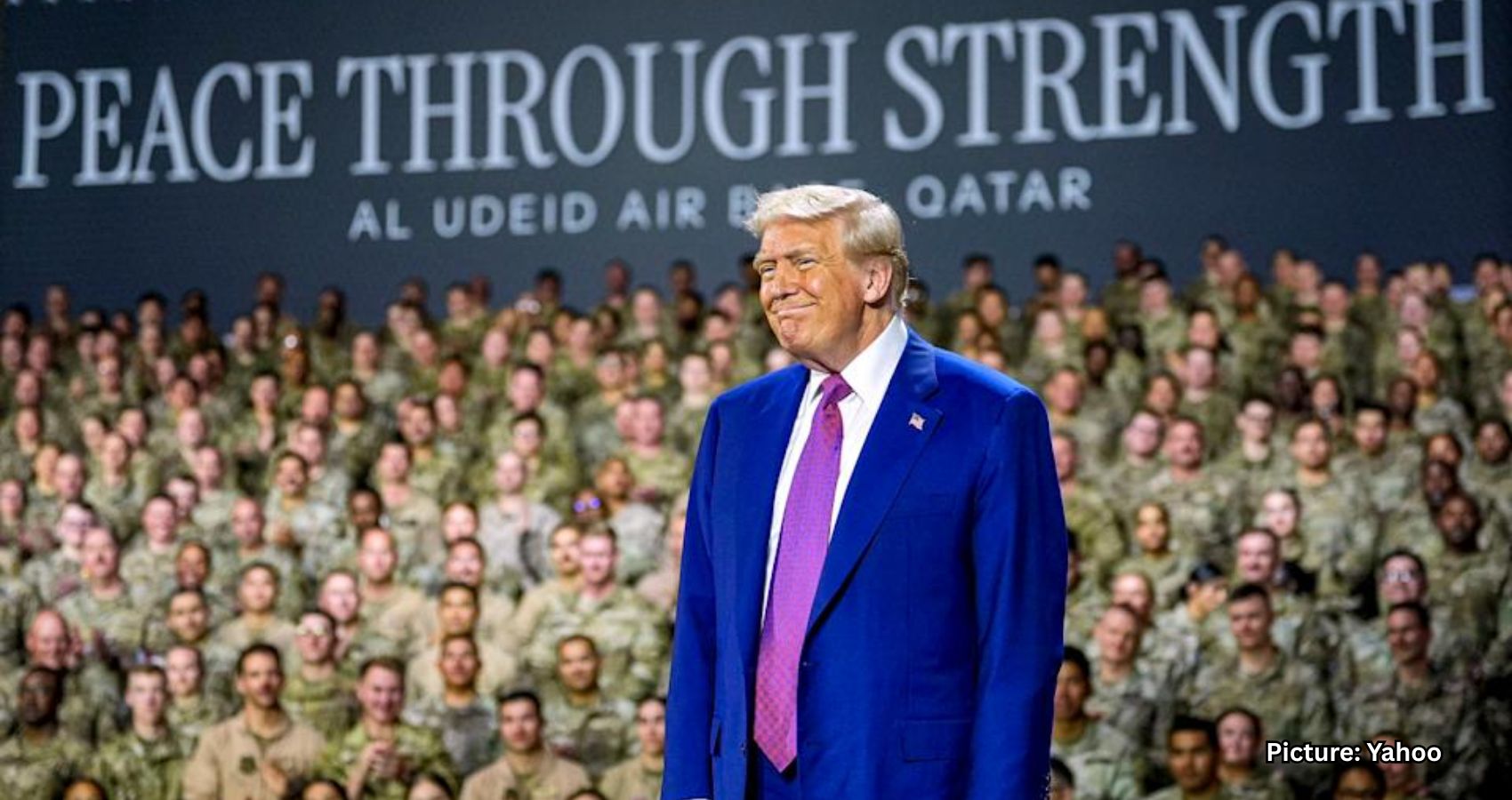
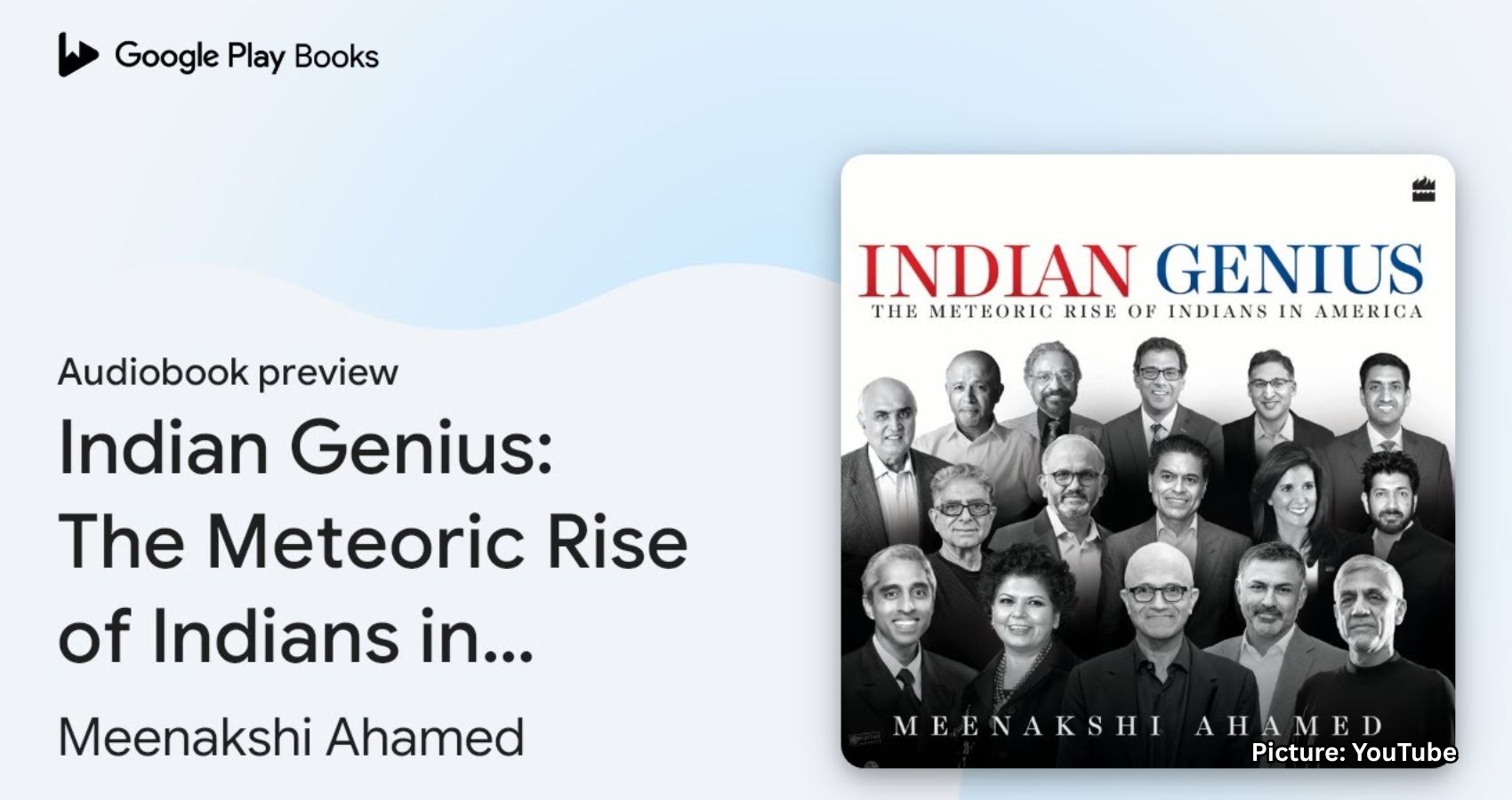
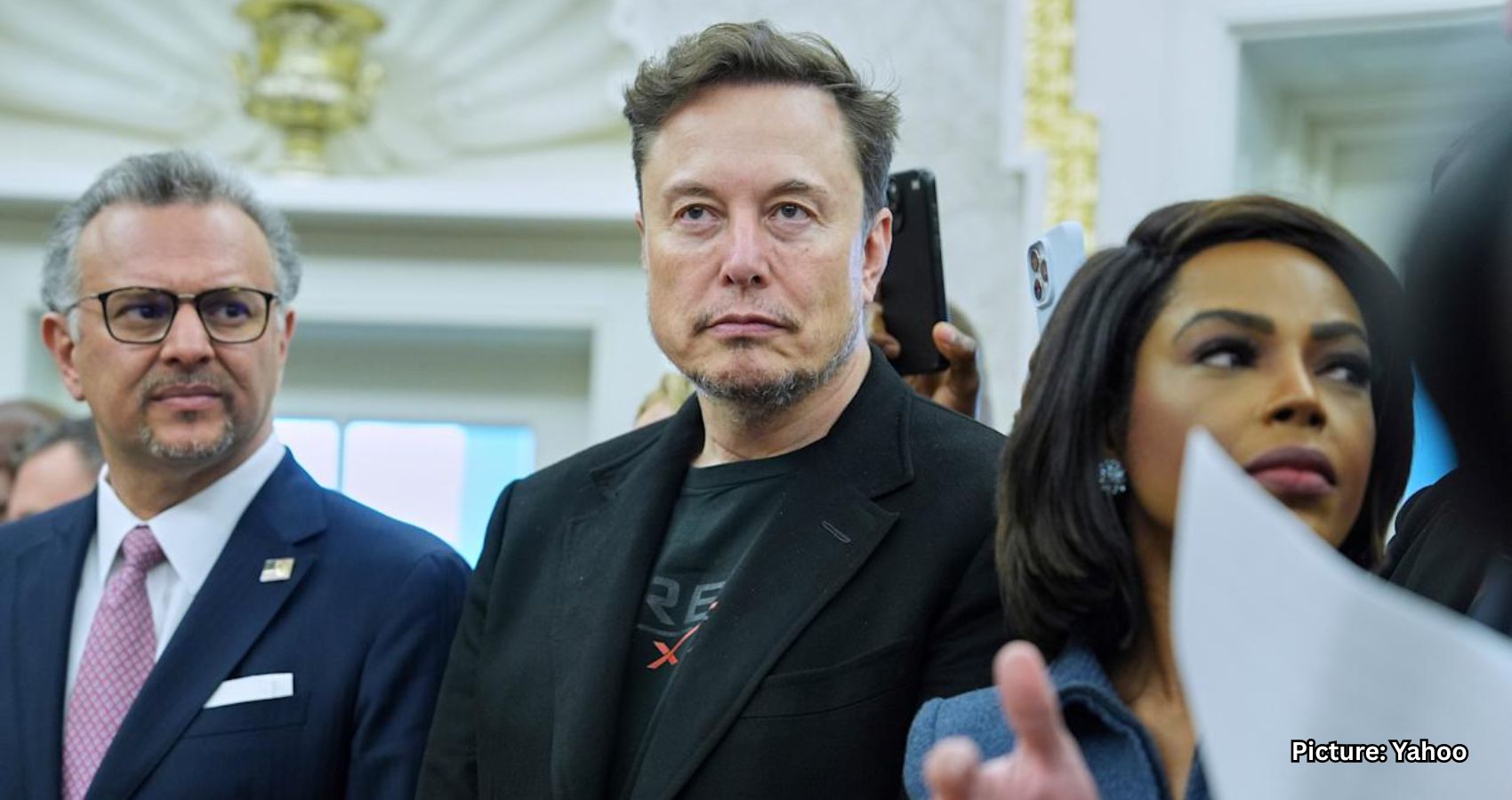
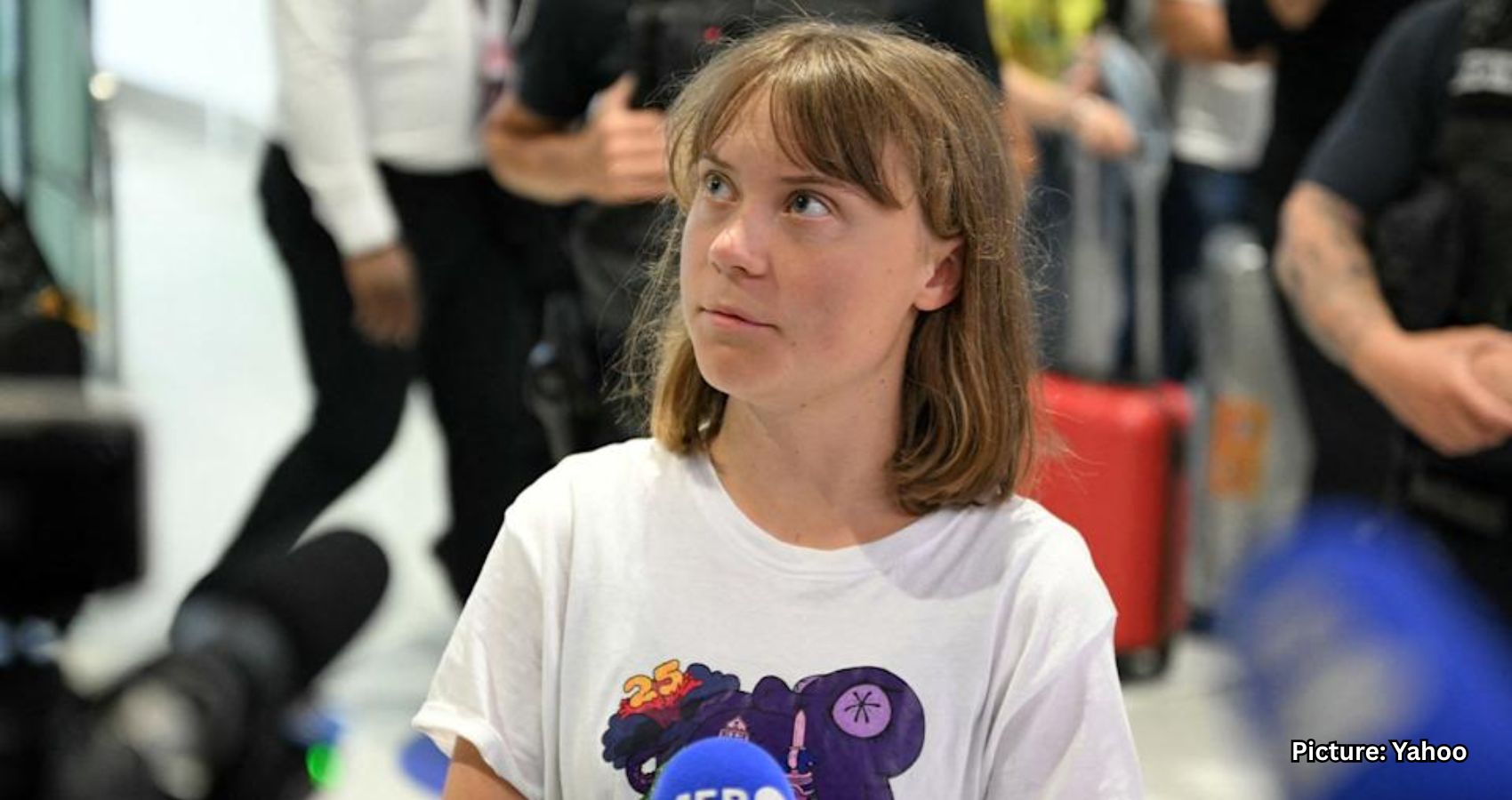

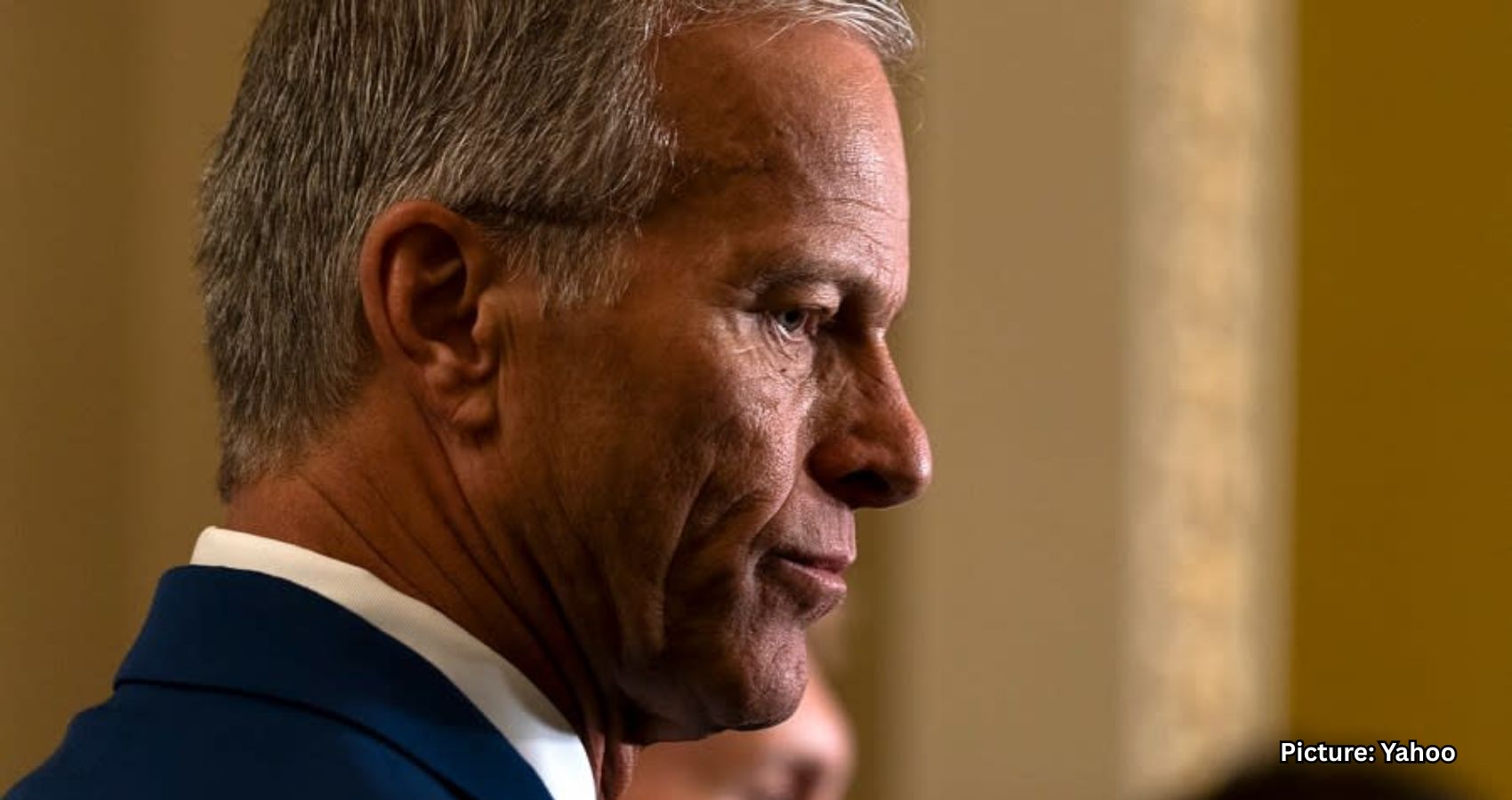
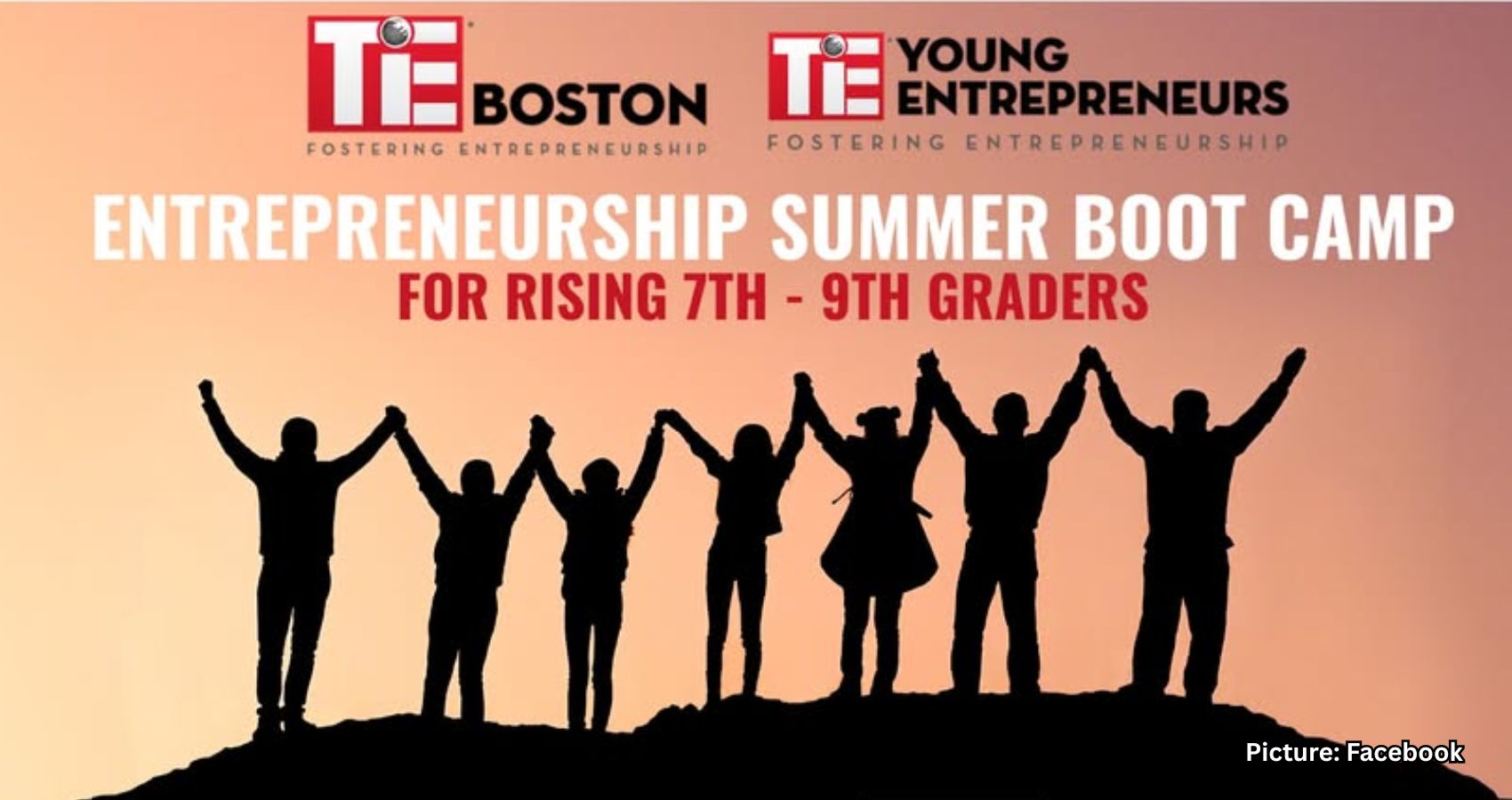


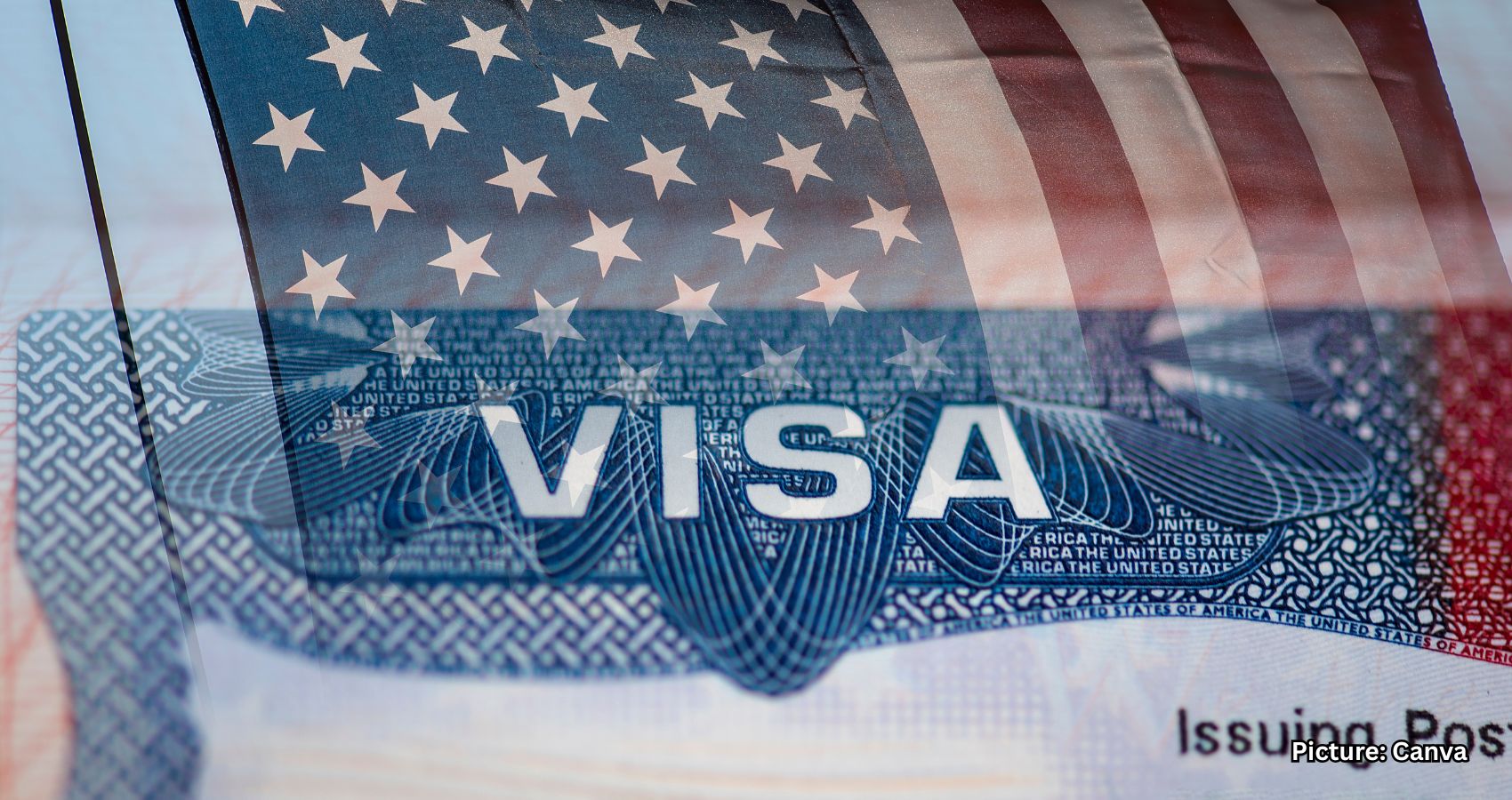
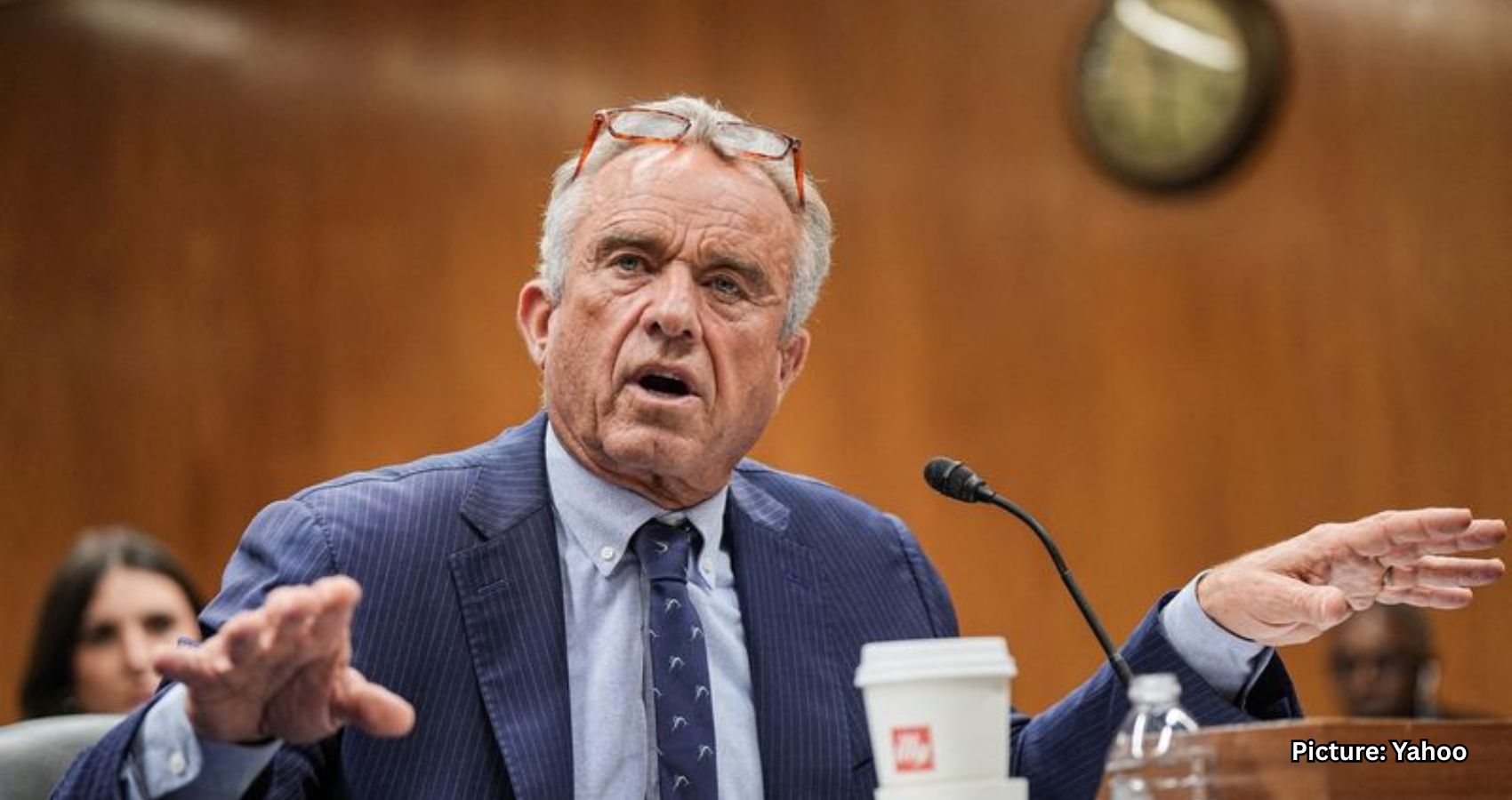

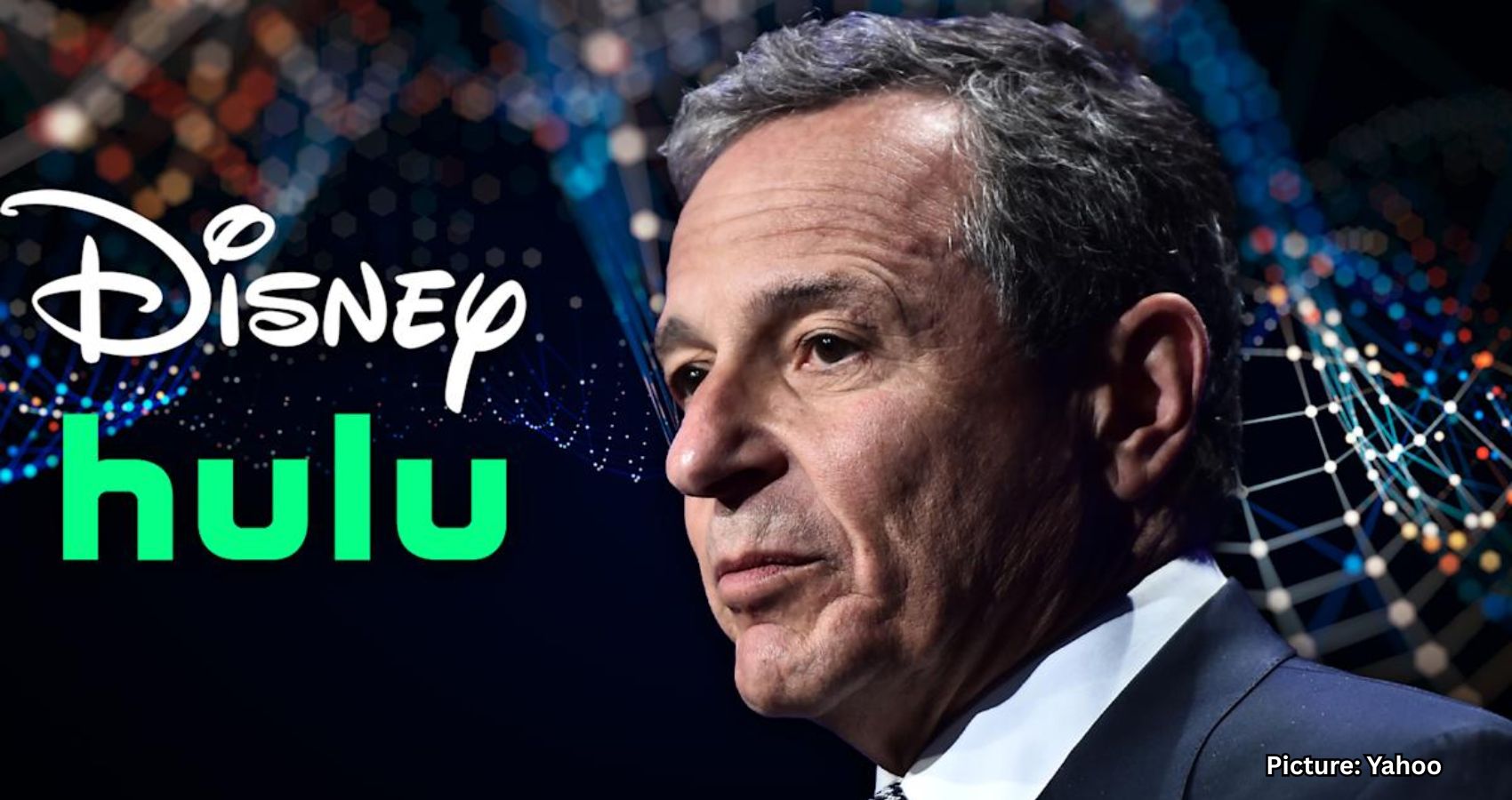

 The International Day of Yoga is a day of recognition for yoga, celebrated annually around the world on 21 June, following its adoption by the
The International Day of Yoga is a day of recognition for yoga, celebrated annually around the world on 21 June, following its adoption by the 


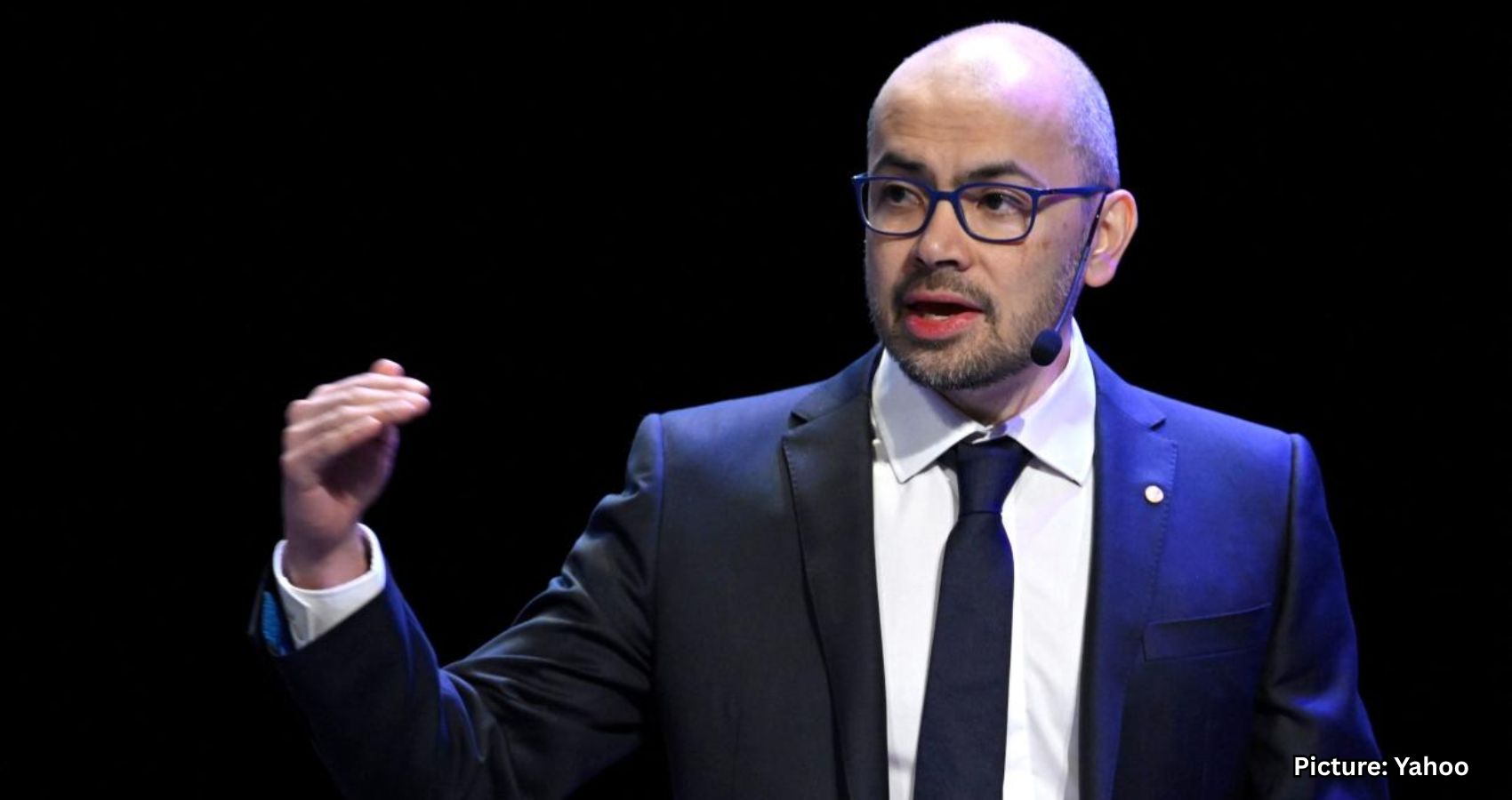

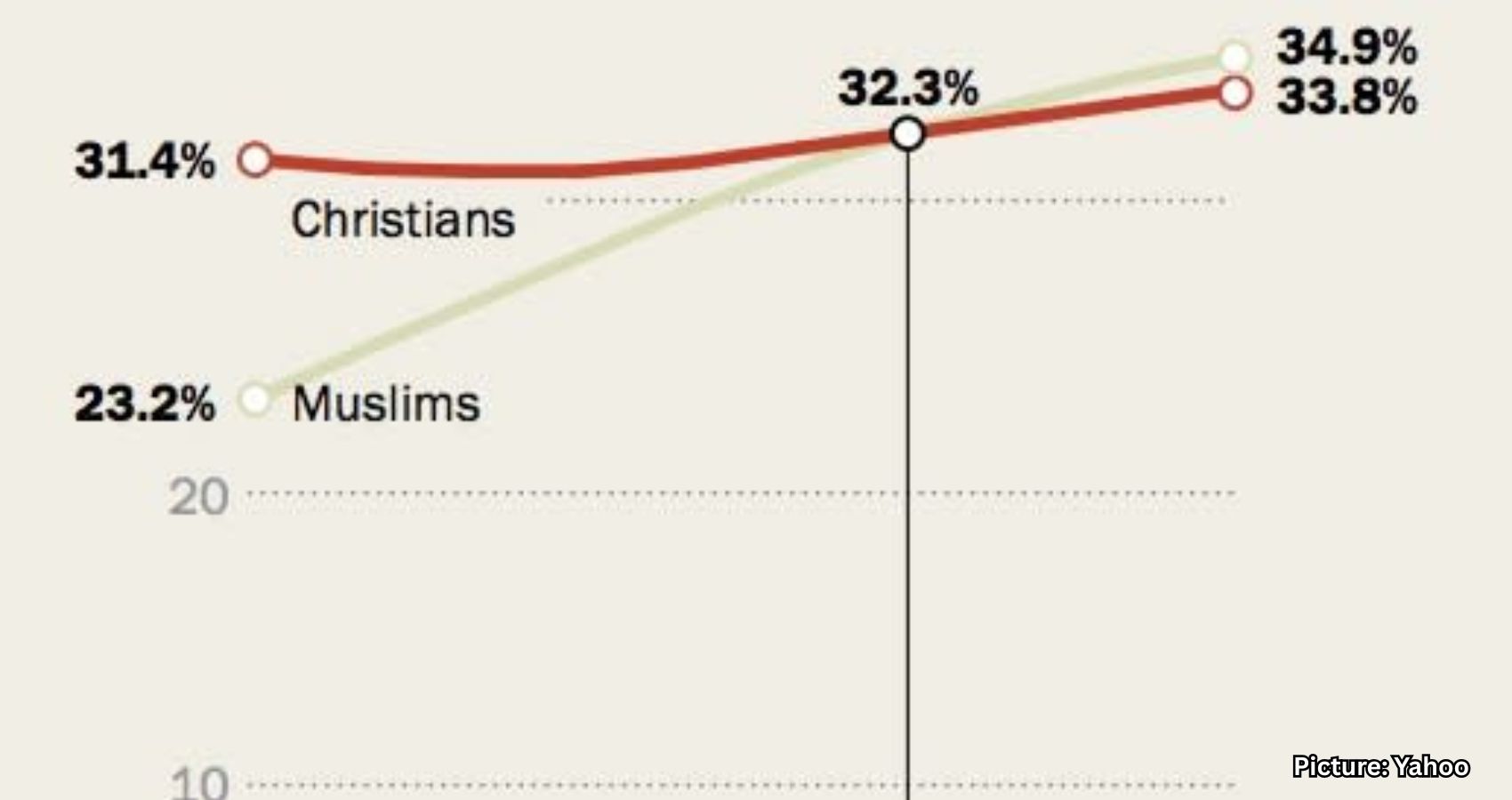

 Sunday, July 27, 2025
Sunday, July 27, 2025 Krasnoff Theater, Tilles Center at LIU
Krasnoff Theater, Tilles Center at LIU VIP Reception: 5:00 – 6:30 PM
VIP Reception: 5:00 – 6:30 PM Doors Open: 6:30 PM
Doors Open: 6:30 PM Showtime: 7:00 – 9:00 PM
Showtime: 7:00 – 9:00 PM TICKETS & INFORMATION:
TICKETS & INFORMATION:
 Toms River, NJ – June 7, 2025 – The DHUN Musical Group, USA, returned with its much-anticipated annual fundraising concert in support of the Siddhivinayak Temple, delivering an enchanting musical evening that captivated a packed audience of over 400 community members.
Toms River, NJ – June 7, 2025 – The DHUN Musical Group, USA, returned with its much-anticipated annual fundraising concert in support of the Siddhivinayak Temple, delivering an enchanting musical evening that captivated a packed audience of over 400 community members. discovering, nurturing, and promoting musical talent, especially lesser-known voices, while supporting charitable causes. Their events not only entertain but uplift, consistently raising funds and awareness for local initiatives.
discovering, nurturing, and promoting musical talent, especially lesser-known voices, while supporting charitable causes. Their events not only entertain but uplift, consistently raising funds and awareness for local initiatives. The evening was officially inaugurated by Dr. Avinash Gupta, Chairman of the Temple, and Dr. Geeta Gupta, Chief Trustee. It began with a soulful recitation of shlokas by the children of the Temple’s Gurukul, setting a spiritual and uplifting tone.
The evening was officially inaugurated by Dr. Avinash Gupta, Chairman of the Temple, and Dr. Geeta Gupta, Chief Trustee. It began with a soulful recitation of shlokas by the children of the Temple’s Gurukul, setting a spiritual and uplifting tone.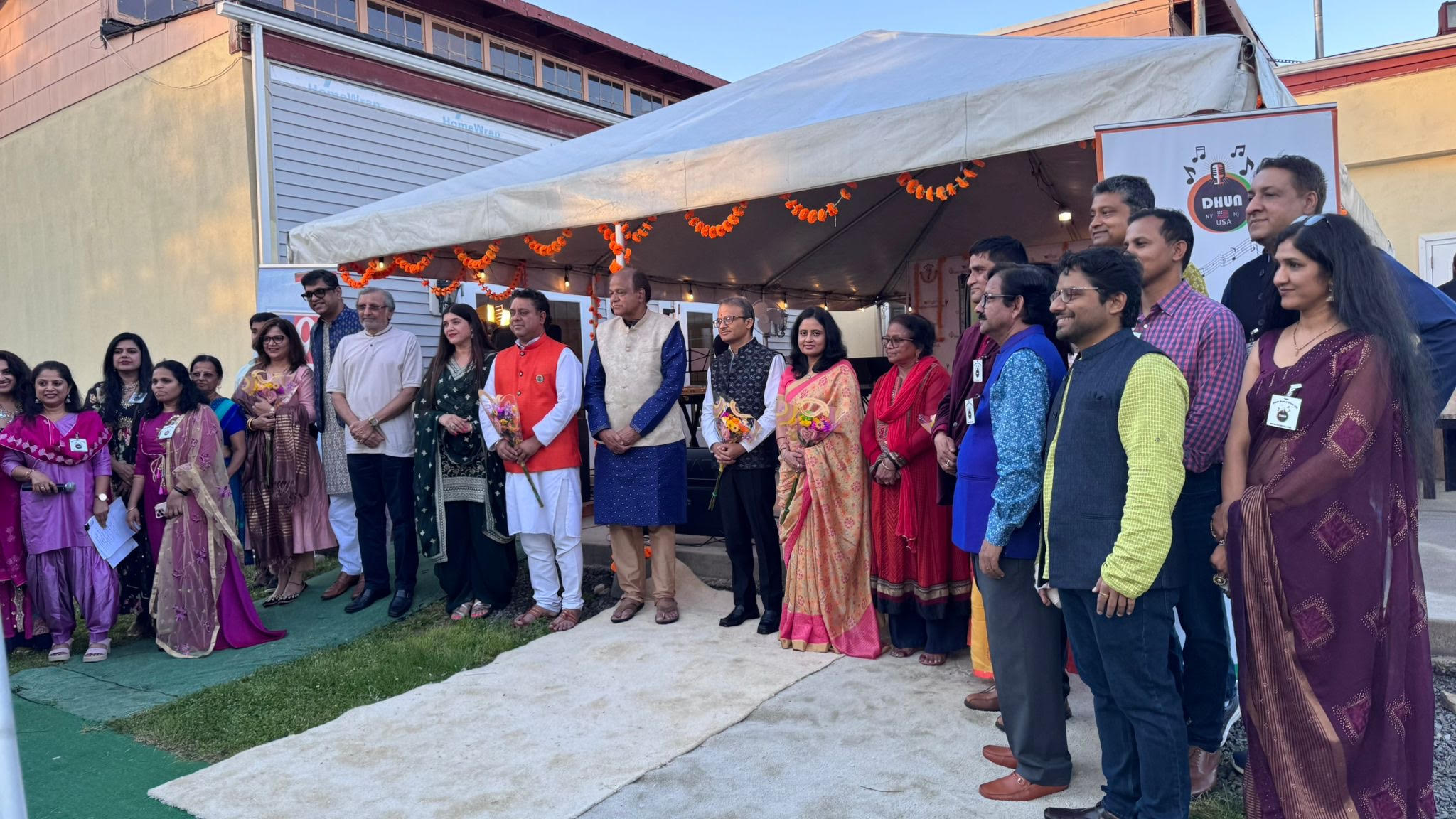 Singh himself — performed alongside a dynamic live orchestra led by Sekhar Das. The event also marked the debut of five emerging talents: Dheeraj, Teju, Keya, Ojas, and Thanmayee, all of whom were warmly received by the audience.
Singh himself — performed alongside a dynamic live orchestra led by Sekhar Das. The event also marked the debut of five emerging talents: Dheeraj, Teju, Keya, Ojas, and Thanmayee, all of whom were warmly received by the audience.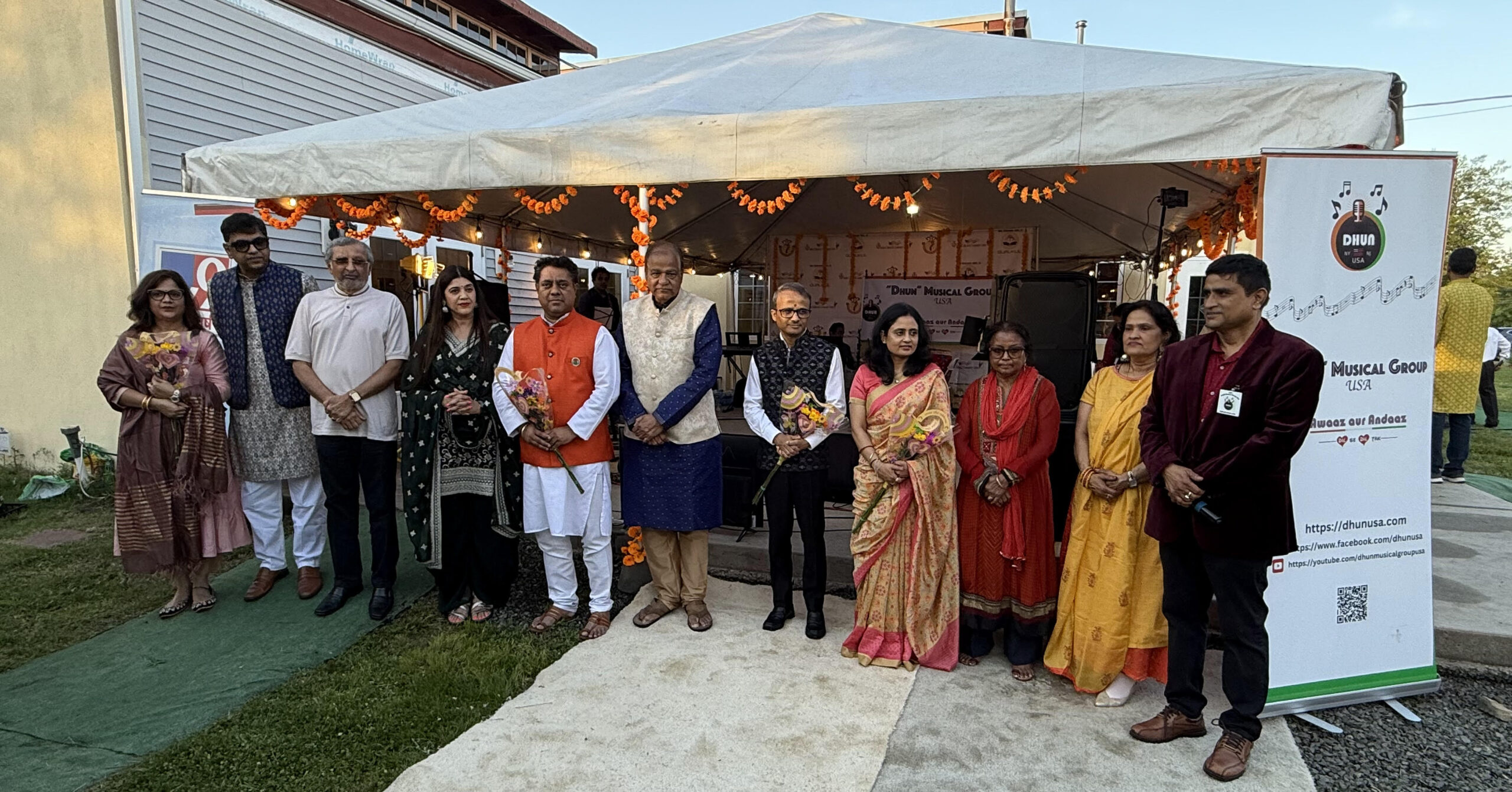 The concert’s success was a genuine community effort, brought to life through the dedication of temple volunteers, committee members, and the organizing team. In their closing remarks, both Dr. Avinash Gupta and Mr. Rajeev Singh expressed deep gratitude to all the volunteers and supporters who made the event a resounding success.
The concert’s success was a genuine community effort, brought to life through the dedication of temple volunteers, committee members, and the organizing team. In their closing remarks, both Dr. Avinash Gupta and Mr. Rajeev Singh expressed deep gratitude to all the volunteers and supporters who made the event a resounding success.





